Nombre:
Lucknow
Otro:
Localización:
Tipo: Urbanismo
Categoría:
Foto:
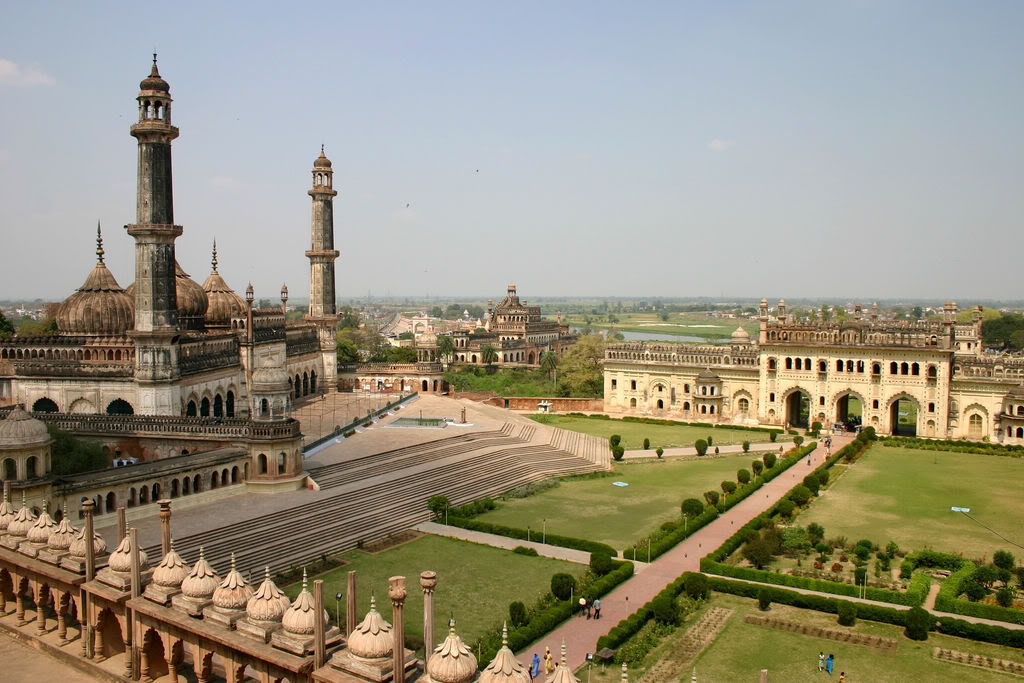
Voto:
Continente: Asia
País: India
Localización: Estado de Uttar Pradesh
Año: s. XIII
Estado: Terminado
Descripción:Lucknow, la ciudad de Nawabs, es la capital del estado Uttar Pradesh, el estado más poblado de toda la India. Esta ciudad tenía unos 2 millones y medio de habitantes en el año 2006. Está localizada en la histórica región conocida como Awadh y ha tenido siempre un carácter multicultural. Lucknow está situado en el corazón de la gran llanura del Ganges, y está rodeado de pequeños pueblos rurales.
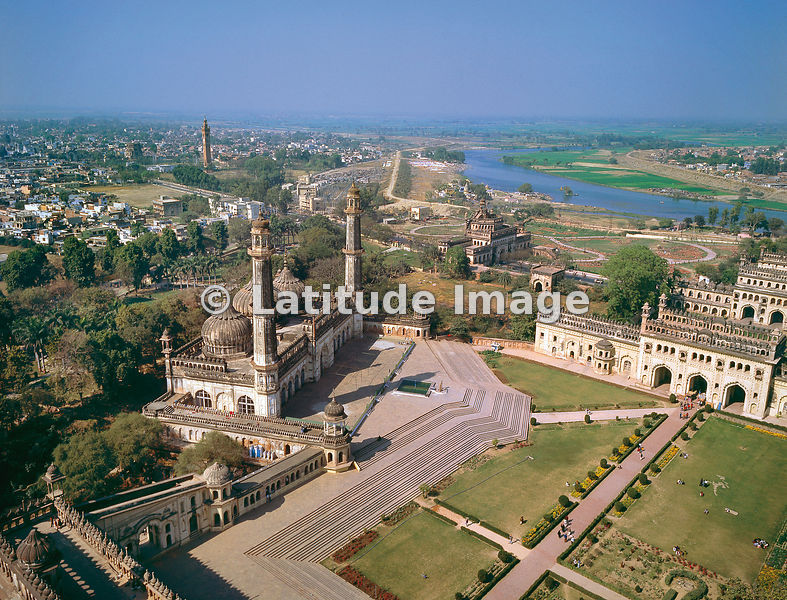
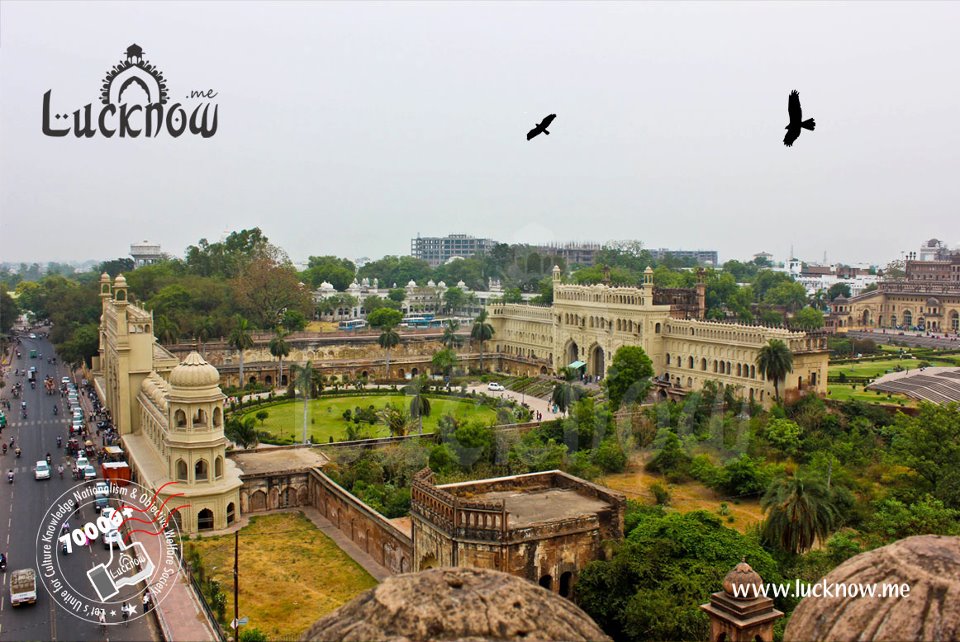
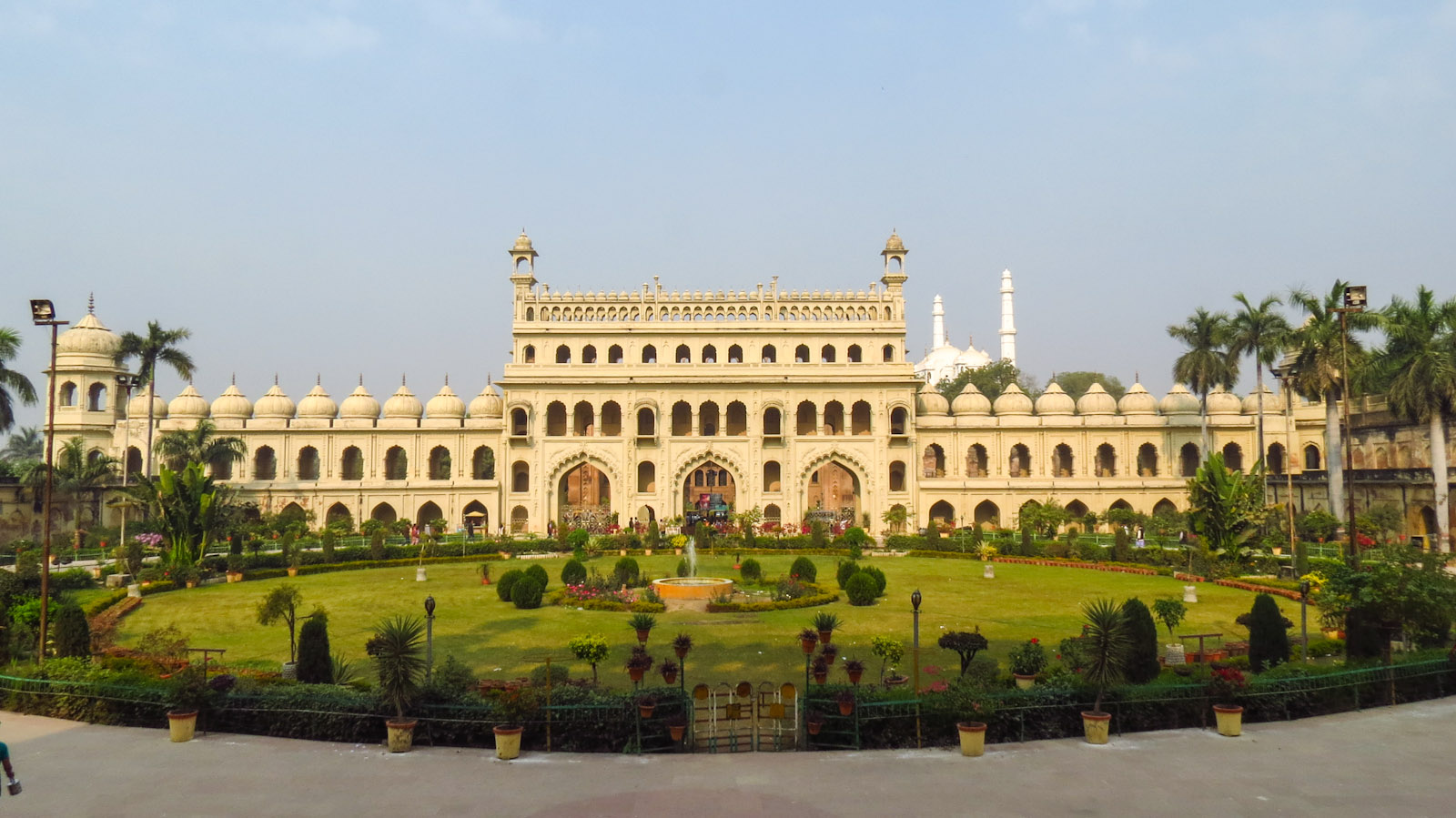
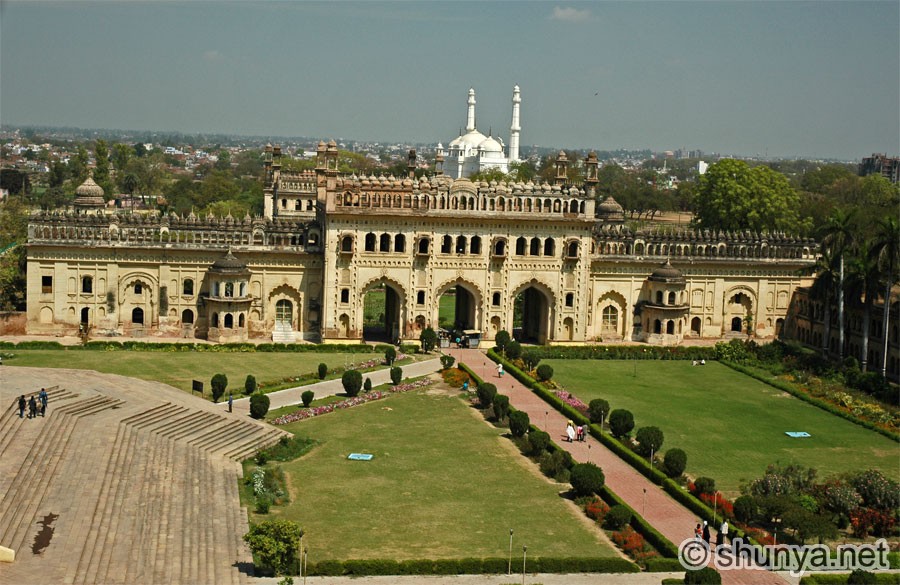
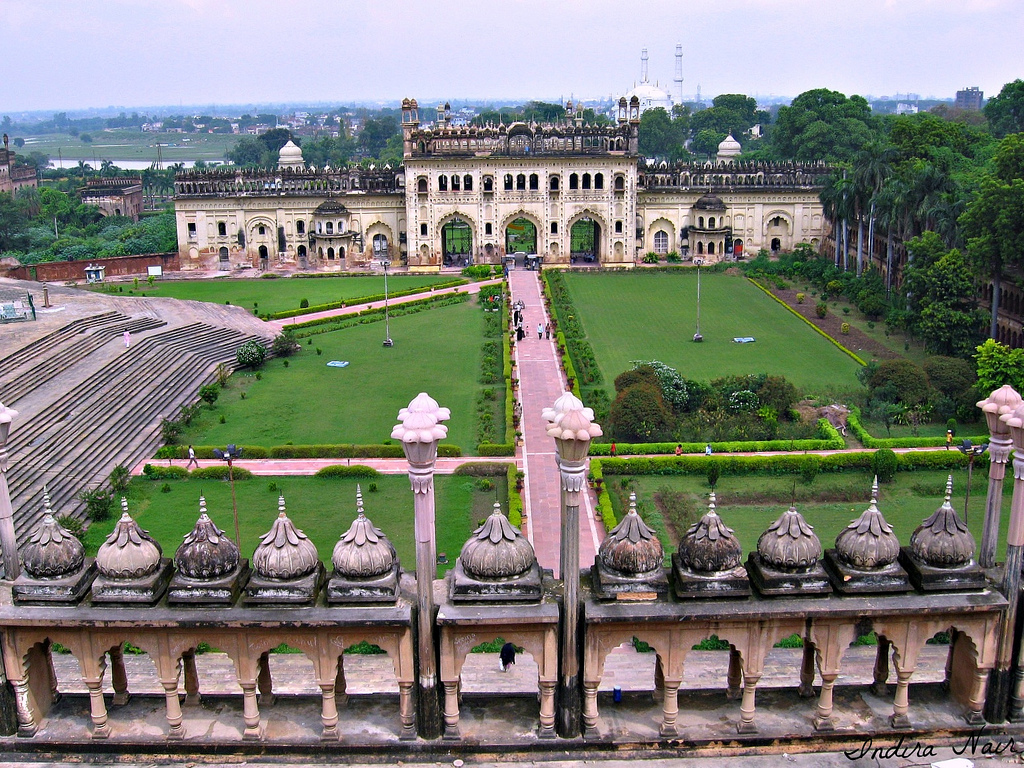
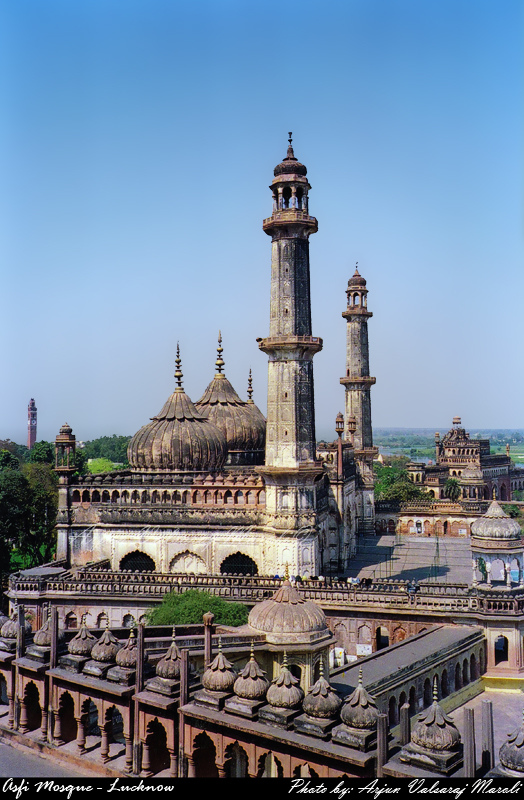
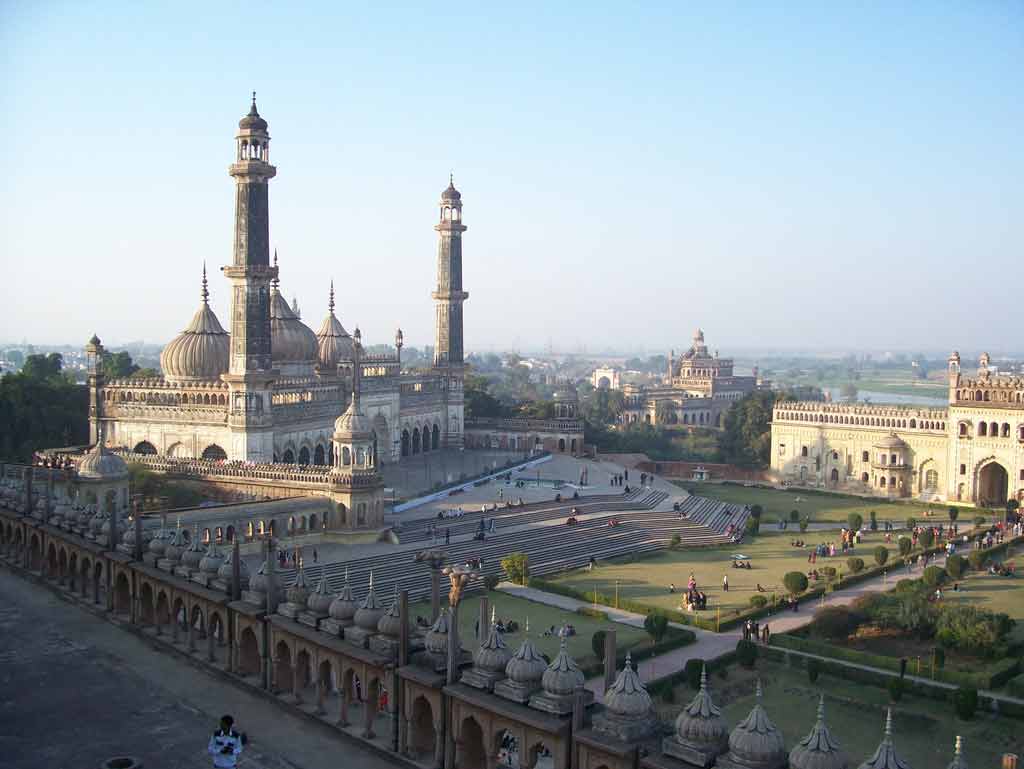
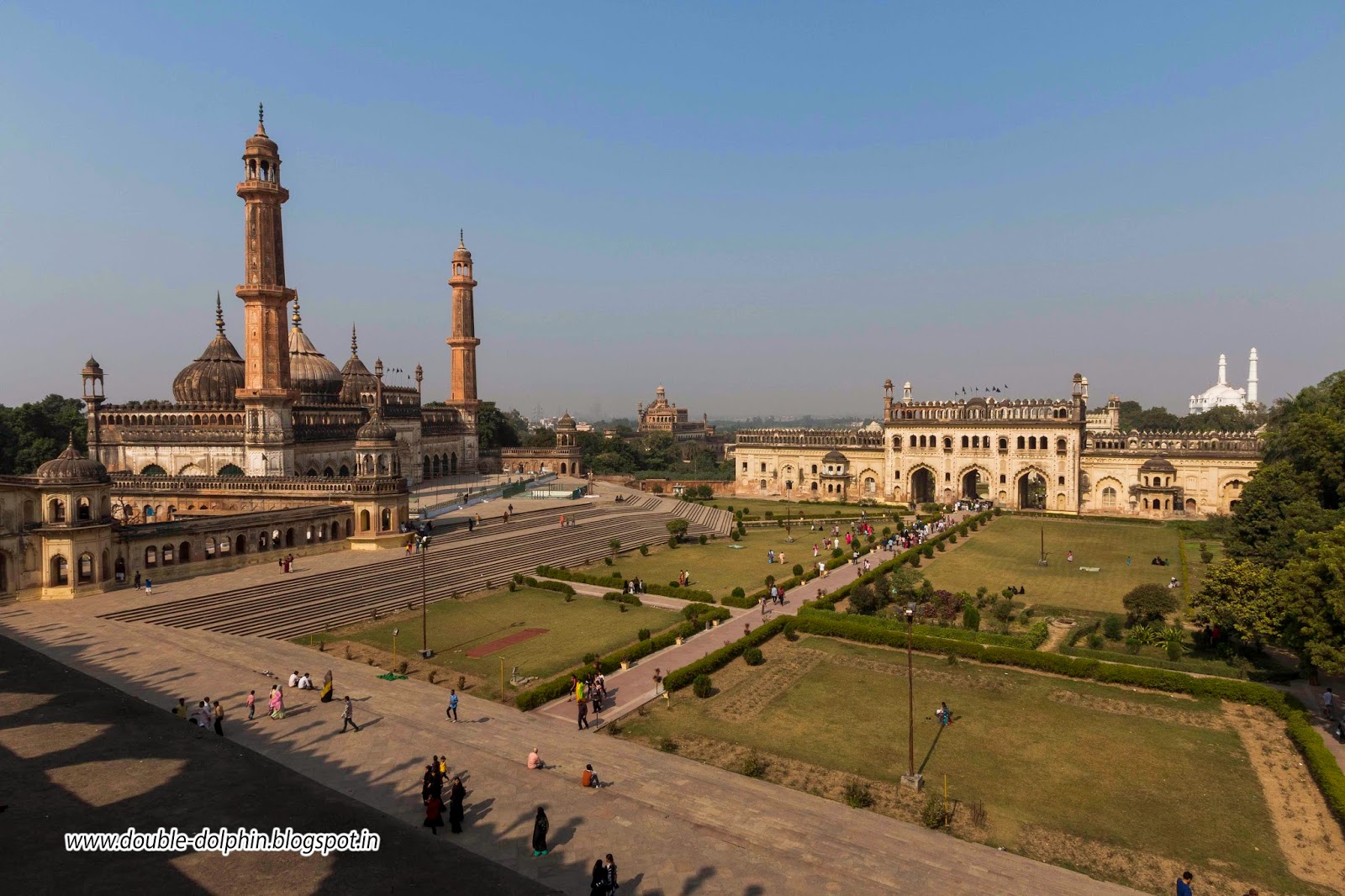

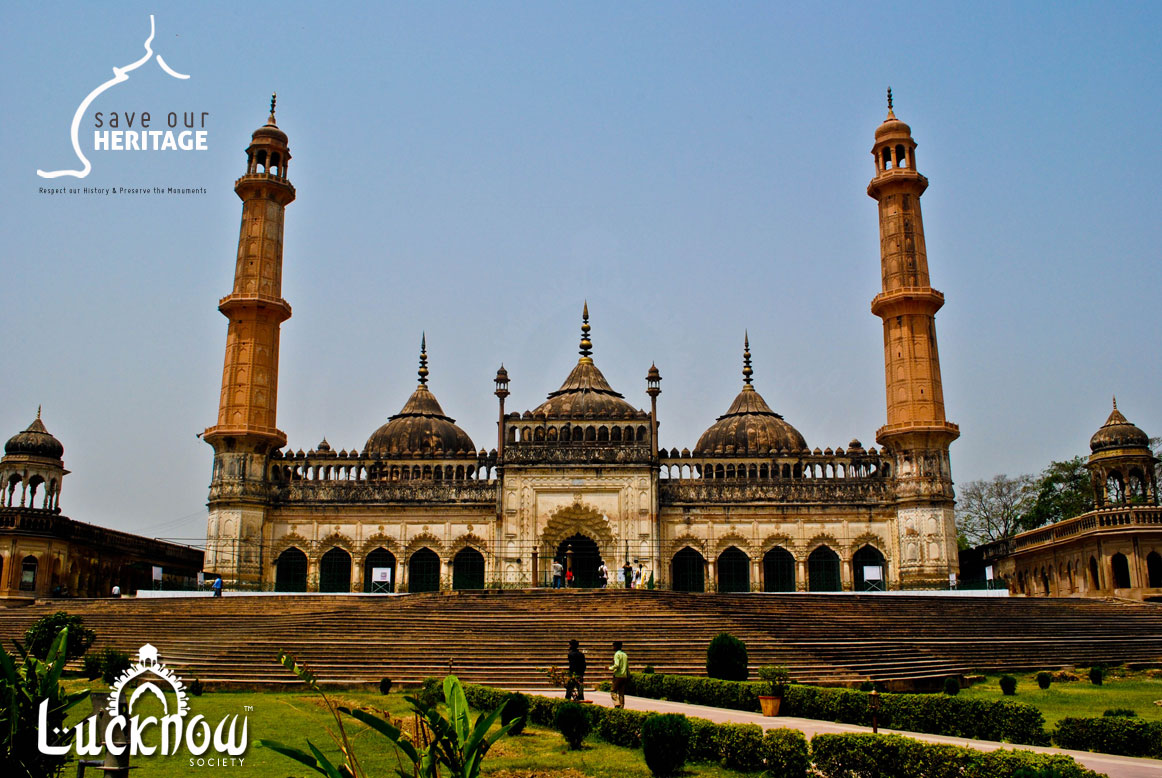
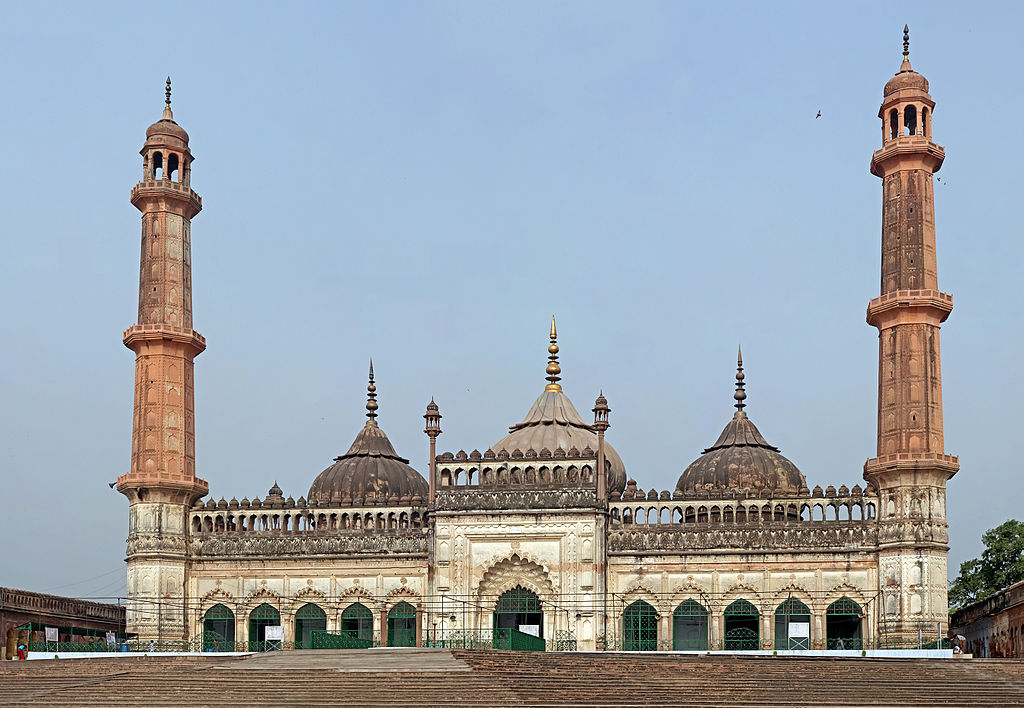
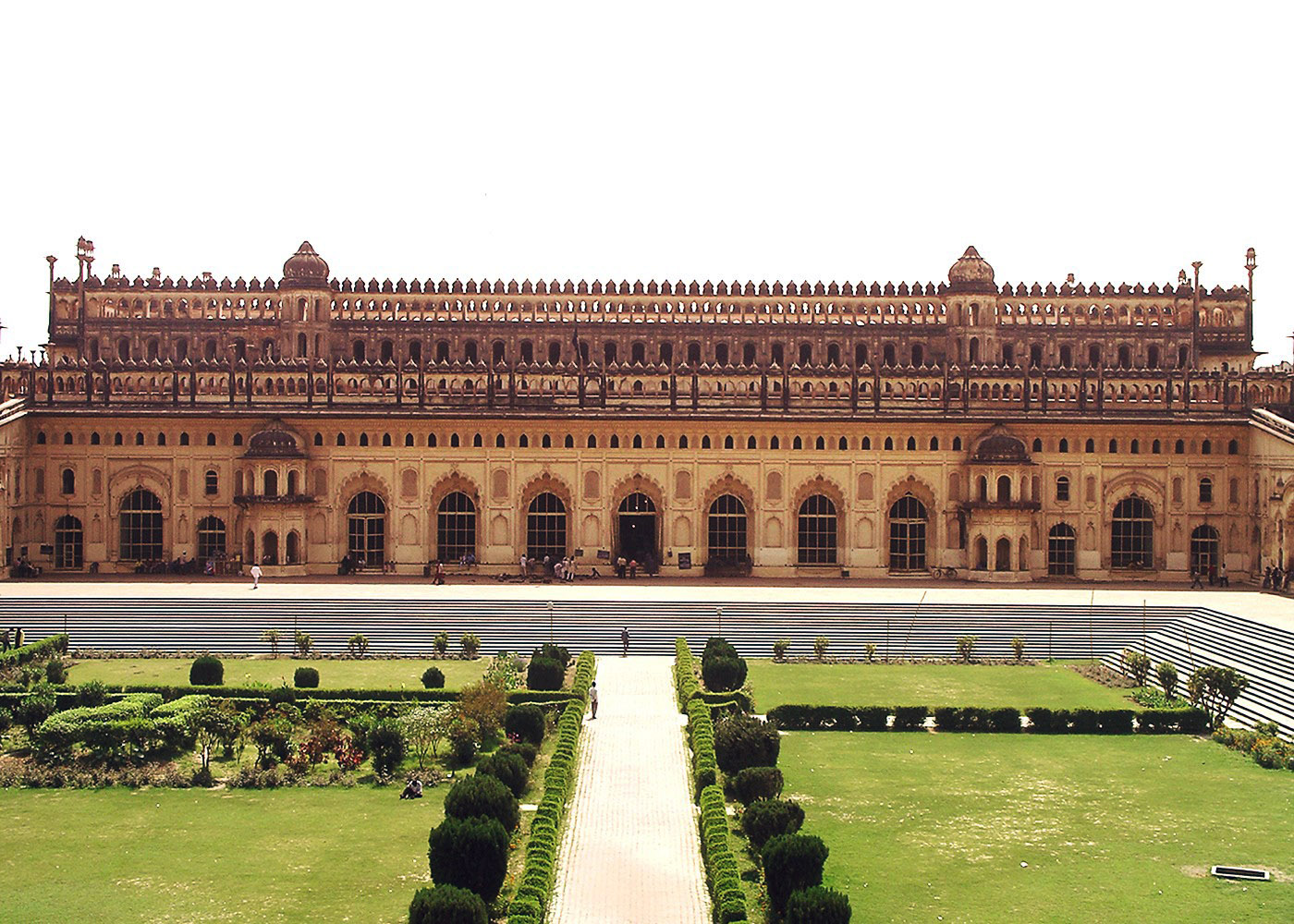
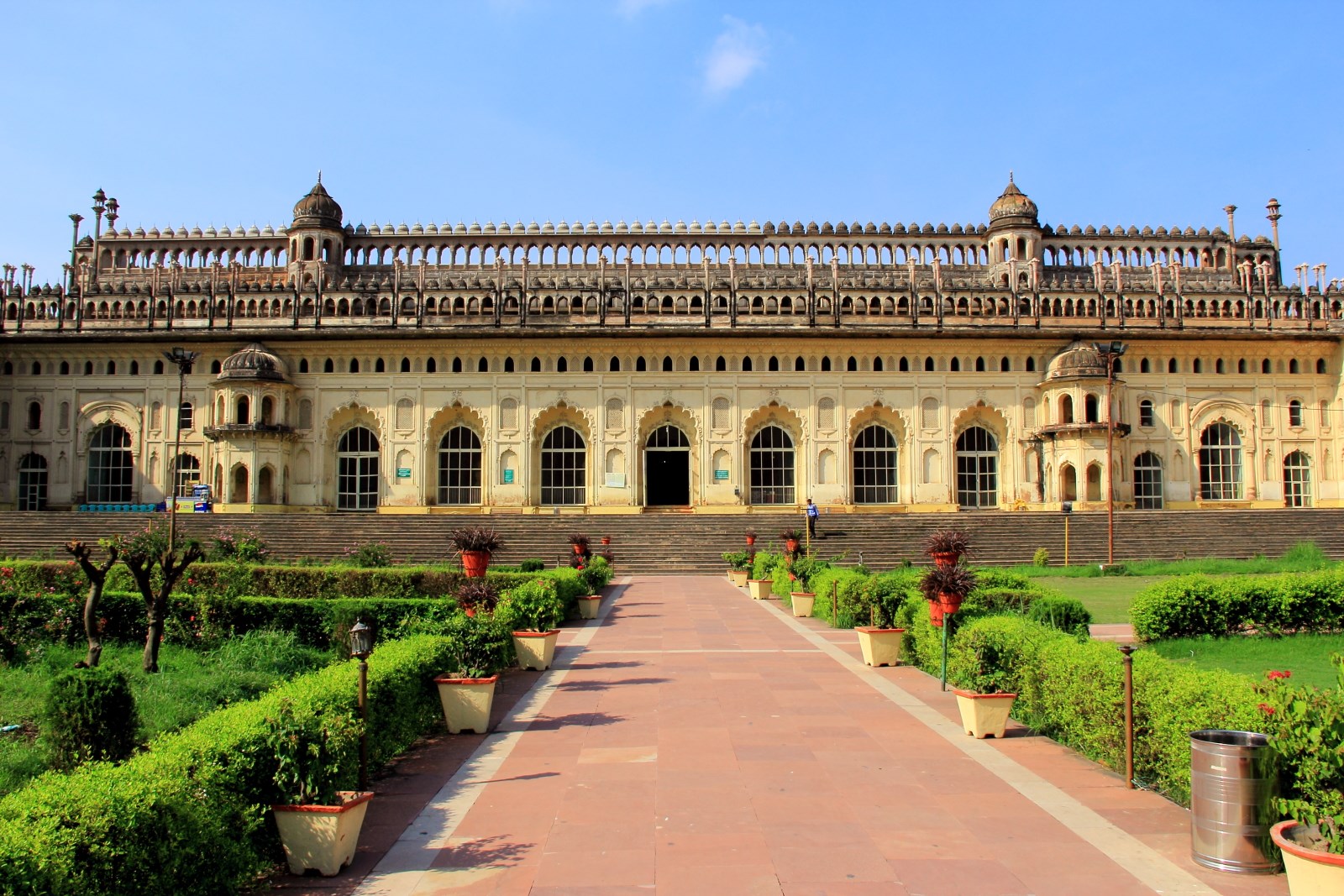

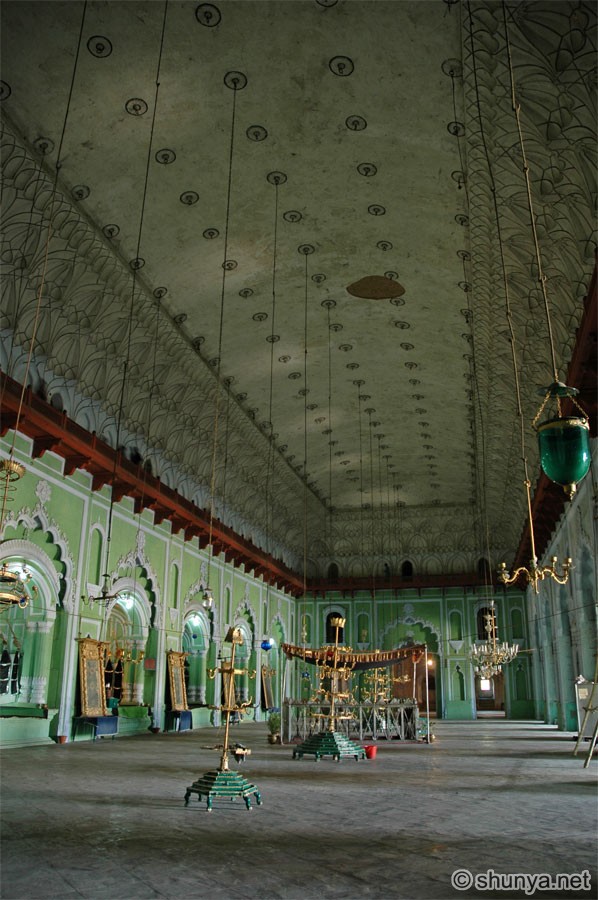
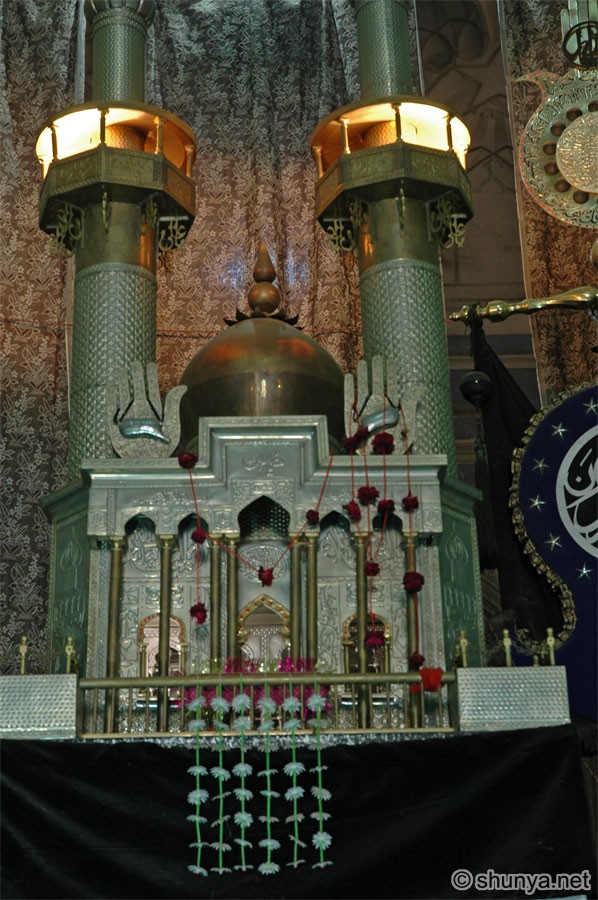
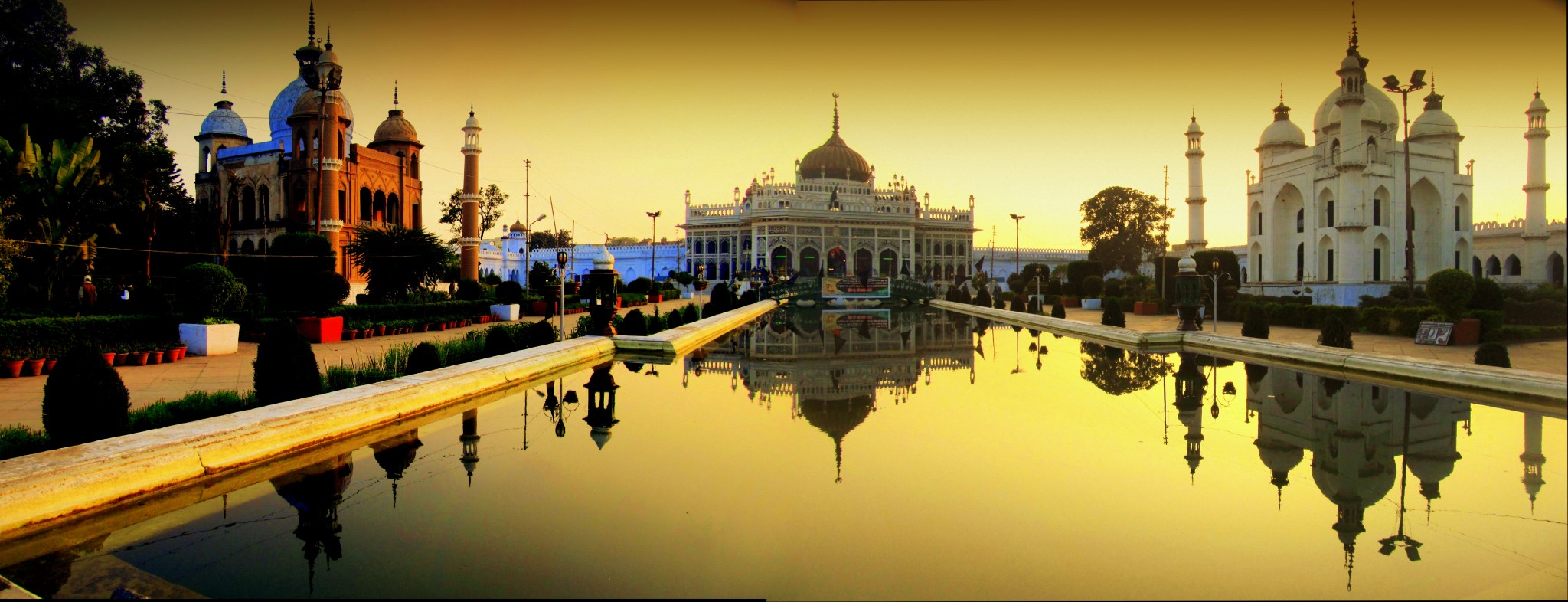
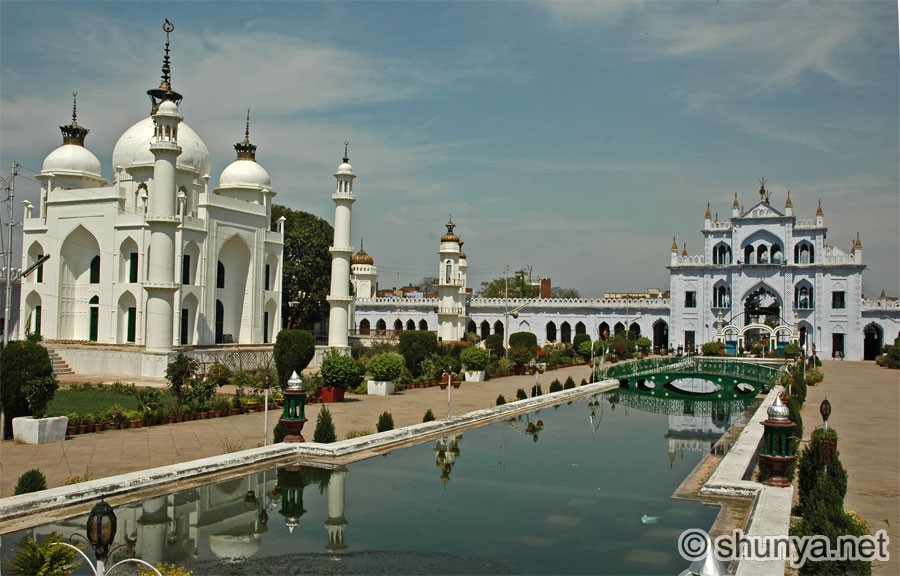
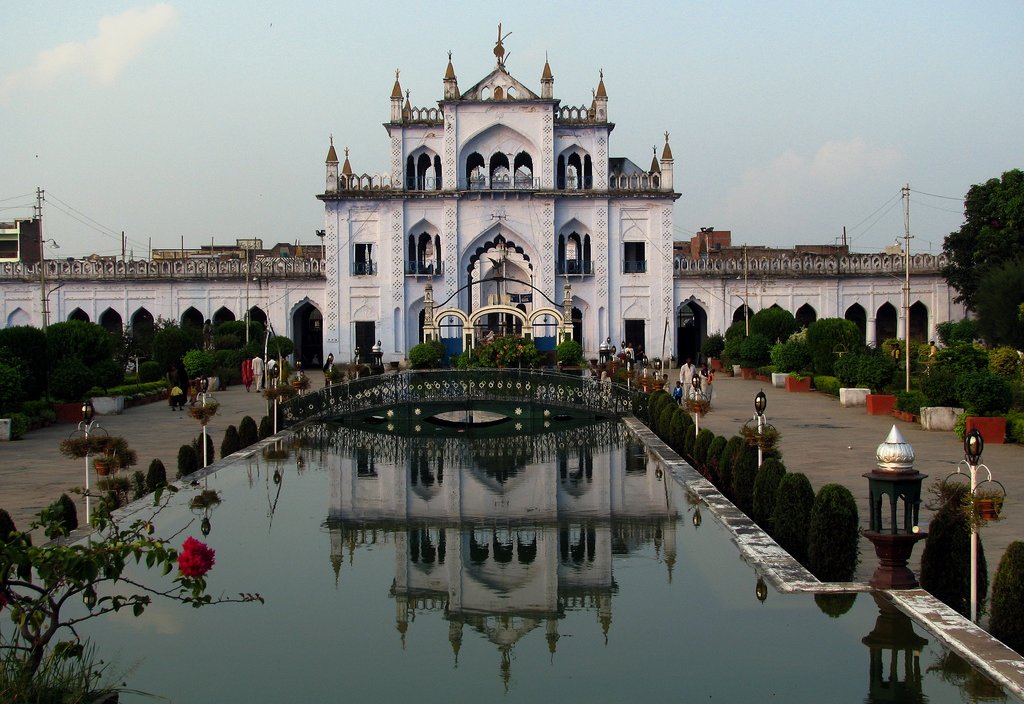

Los hermosos jardines, la poesía, la música, y la cocina exquisita ha atraído siempre a los amantes de la historia y la cultura india. Lucknow es conocida también como “la ciudad dorada del este” o “la Constantinopla de India”, y es considerada como una de las ciudades con una población muy culta, y como un centro de la literatura hindi y urdu.
Hoy en día, Lucknow es una ciudad vibrante que es testigo de un crecimiento económico formando parte de las 10 ciudades que han crecido más en toda la India.
CULTURA
Lucknow ha luchado por retener su encanto antiguo, y al mismo tiempo ha adquirido un moderno estilo de vida. Respetada como una de las ciudades más bonitas de la India.
Lucknow representa a una cultura que combina la calidez, un alto nivel de sofisticación, cortesía, y amor por la vida elegante. La cultura de “después de usted”, popularizado como una etiqueta de Lucknow, ha ido en decaimiento. Hoy en día, sólo una pequeña parte de su sociedad posee esa etiqueta. La famosa y sublime riqueza cultural es una mezcla de dos comunidades que han vivido juntas durante siglos, y han compartido intereses similares utilizando una lengua en común.
Muchos de los rasgos culturales y las costumbres peculiares de Lucknow se han convertido actualmente en leyendas.
En Lucknow se habla tanto el hindi como el urdu, pero este último idioma ha sido lengua franca de la ciudad durante siglos. Bajo el mandato de los Nawabs, el urdu floreció y se transformó en una de las lenguas más refinadas. De esta ciudad provienen famosos poetas hindúes y musulmanes.
Actualmente el uso del urdu se ha reducido significativamente. Las transacciones diarias de la ciudad se realizan cada vez más en hindi o inglés. No obstante, sus habitantes saben que la forma de hablar más educada y más vinculada a la ciudad es el urdu.
La danza clásica india conocida como Kathak ha sido siempre muy importante en esta ciudad. Wajid Ali Shah, el último Nawab de Awadh, fue un gran apasionado de esta danza. Lachhu Maharaj y Birju Maharaj han mantenido viva esta tradición. Lucknow es la ciudad del conocido cantante Begur Akhtar, y de su universidad de música Bhatkande han salido cantantes muy importantes dentro de la India. Lucknow ha sido además el lugar de nacimiento del famoso cantante de pop inglés Cliff Richard
COMUNICACIONES
Hay gran variedad de transporte público dentro de la ciudad. Pueden utilizarse taxis, autobuses, ciclo rickshaws, auto rickshaws o autobuses CNG. Estos últimos autobuses se han introducido recientemente para controlar la polución. Además Lucknow tiene buenas carreteras, buenas vías de ferrocarril y buenas conexiones aéreas con el resto del país.
La estación de autobuses más importante es la estación de Dr.Bhimrao Ambedkar en Alambagh. Dispone de instalaciones modernas. Otra estación de autobuses en la de Kaiserbahg.
En diferentes partes de la ciudad hay varias estaciones de tren. La estación principal es la Lucknow Railway Station en Charbagh. Tienen una estructura construida en el año 1923 y enlaza con las principales ciudades del estado y del resto del país.
El aeropuerto internacional de Amausi sirve como aeropuerto principal de la ciudad, y se encuentra a unos 20 kilómetros del centro de Lucknow. Hay vuelos directos a Delhi, Kolkata, Mumbai, así como a otras ciudades importantes del país. Existen también vuelos internacionales hacia Londres, Dubai o Bangkok entre otros.
LUCKNOW TURISTICA
El Asafi Imambara (popularmente conocido como Bara Imambara), el Chhota Imambara, el Residency y el Shah Najaf son importantes monumentos arquitectónicos en Lucknow. El famoso “Bhul Bhulaiyan” (Labyrinth) es parte del complejo de Asafi Imambara. Otros lugares de interés son las galerías de arte, Chattar Mandil, Shaheed Smarak, Dilkusha, Ambedkar Memorial, el planetario, Baradari y el Ram Krishna Math.
Dentro de la arquitectura británica cabe destacar el Vidhan Sabha, el Clock Tower y el Charbagh Railway Station, con sus distintivas cúpulas, arcos y pilares.
La Catedral St Joseph es el centro de la diócesis católica de Lucknow.
Lucknow dispone de varios parques muy bien cuidados que atraen a numerosos ciudadanos al atardecer y los fines de semana. Los parques mayores son el Ambedkar Memorial y el Lobia en Gonti Nagar, el parque Swarn Jayanti y el parque Aurobindo en Indiranagar, el parque Dildusha, entre otros. También se puede visitar el jardín botánico Nacional de Sikandabagh, el cual se encuentra a orillas del río Gomti y se encuentra en expansión.
La ciudad dispone además de la reserva forestal de Kukrael que sirve como zona expansión y zona de picnic, así como ocurre con la zona Utretia.
Desde Lucknow se puede acceder al parque nacional Dudhwa, el Santuario de Aves Nawabganj y el Santuario de aves Samaspur.
Para ir de compras se puede visitar el bazar Aminabad que se encuentra situado en el corazón de la ciudad. Este gran centro comercial nutre a los ciudadanos de una gran variedad de productos.
Los mercados de Chowk y Nakhhas están en la zona antigua de Lucknow y transmiten un sentido más tradicional. Además se pueden citar los centros comerciales de Alambagh, Kapoorthala, Indiranagar, Mahanagar y Nishatganj.
Dentro de la gastronomía de Lucknow cabe destacar la exquisita cocina de la región de Awadh conocida con el distintivo de cocina Nawabi. Son conocidas su gran variedad de biryanis, kebabs y panes como el sheermal o el roomali roti. El chaat en Lucknow es uno de los mejores de la India. Su gastronomía puede disfrutarse en una gran variedad de restaurantes.
Lucknow tiene una gran influencia en las películas de la industria cinematográfica de la India, e incluso se dice que sin esta influencia Bollywood no sería no que es hoy en día. Son muchos los escritores de esta ciudad que han tomado parte en las producciones más importantes.
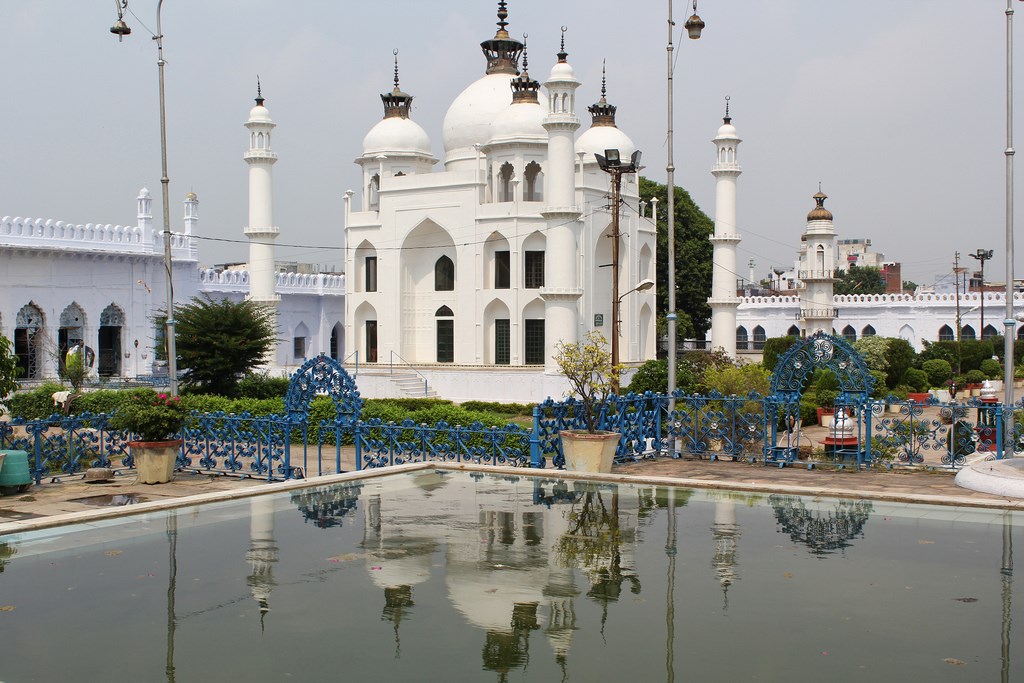
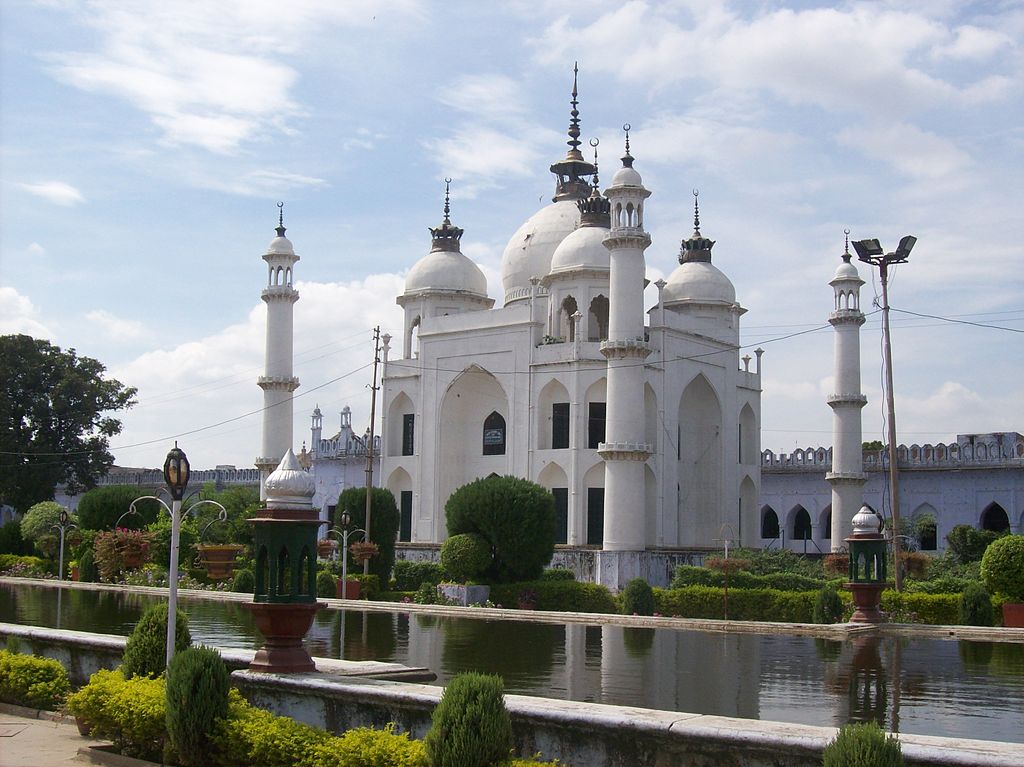
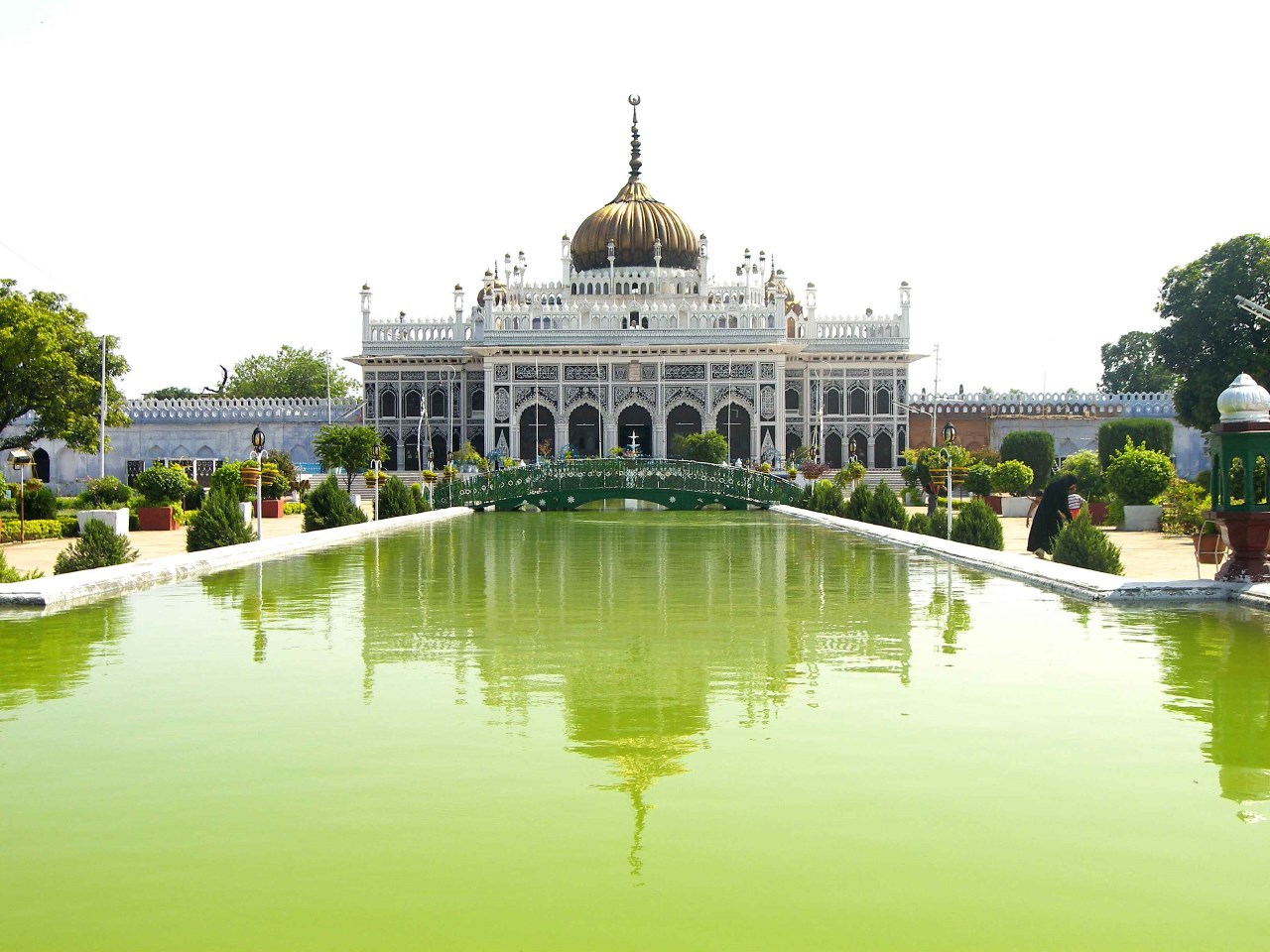
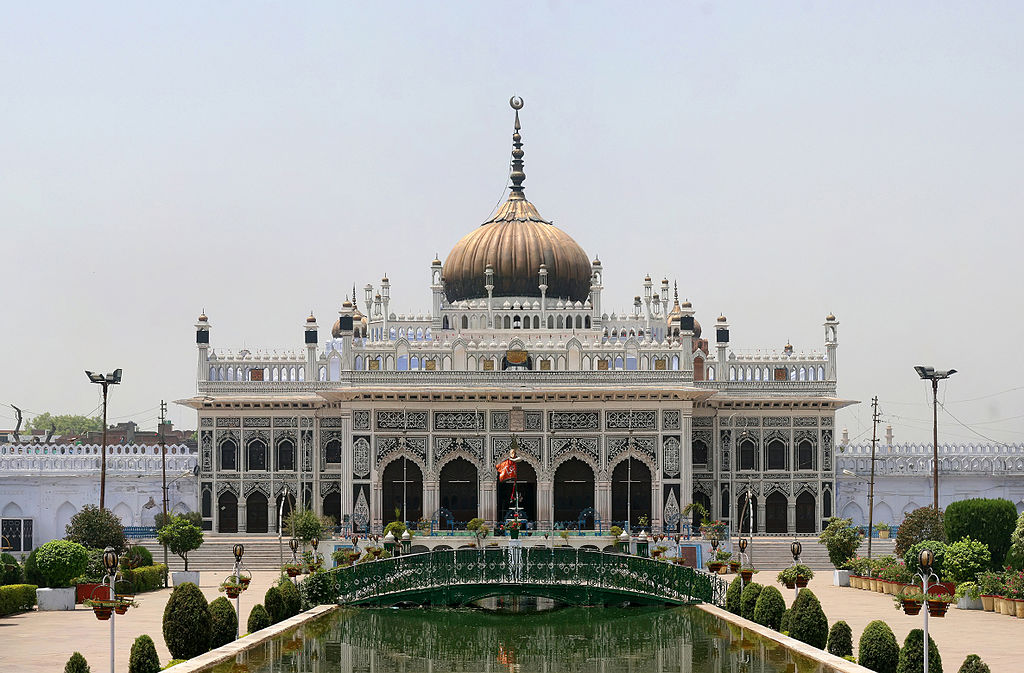
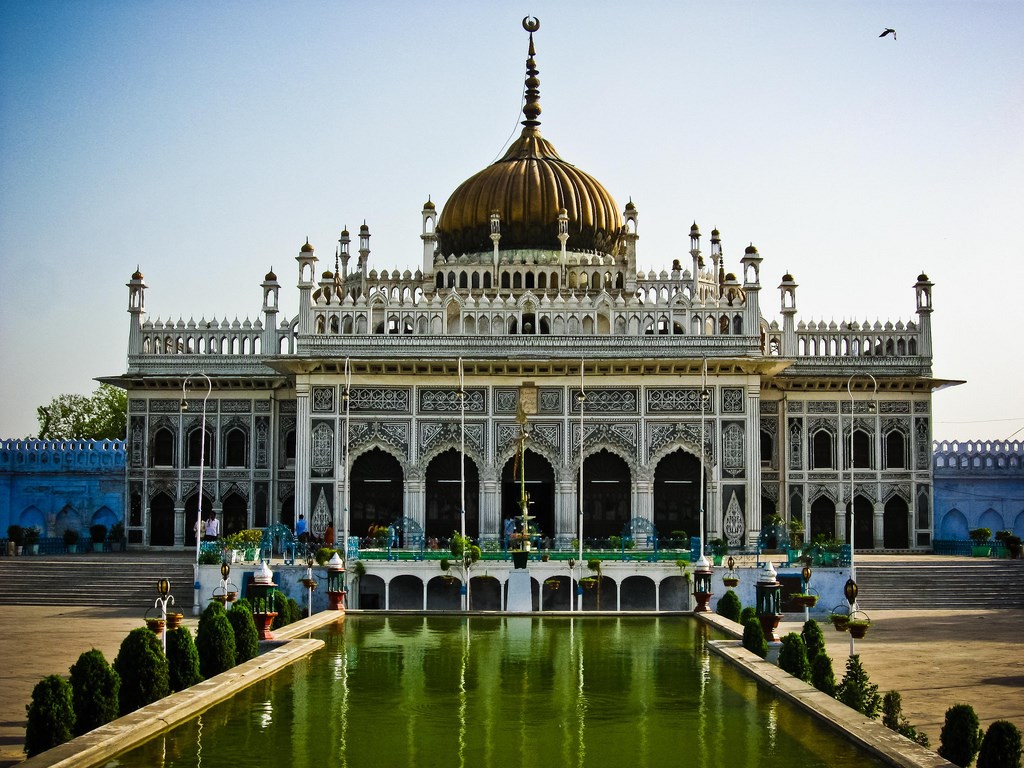
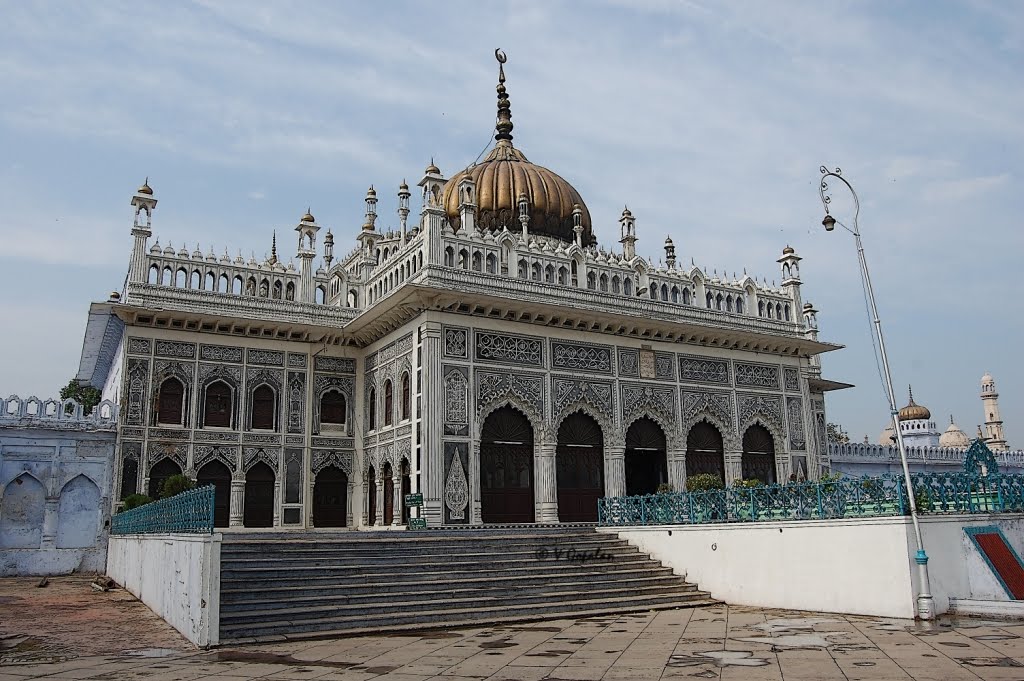
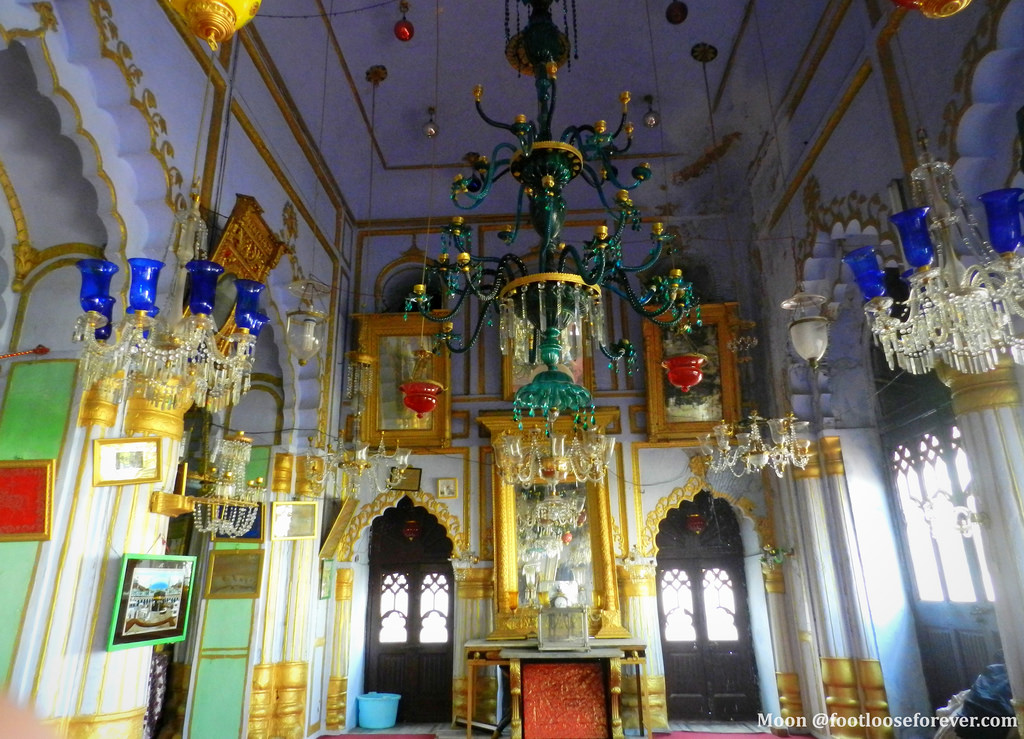
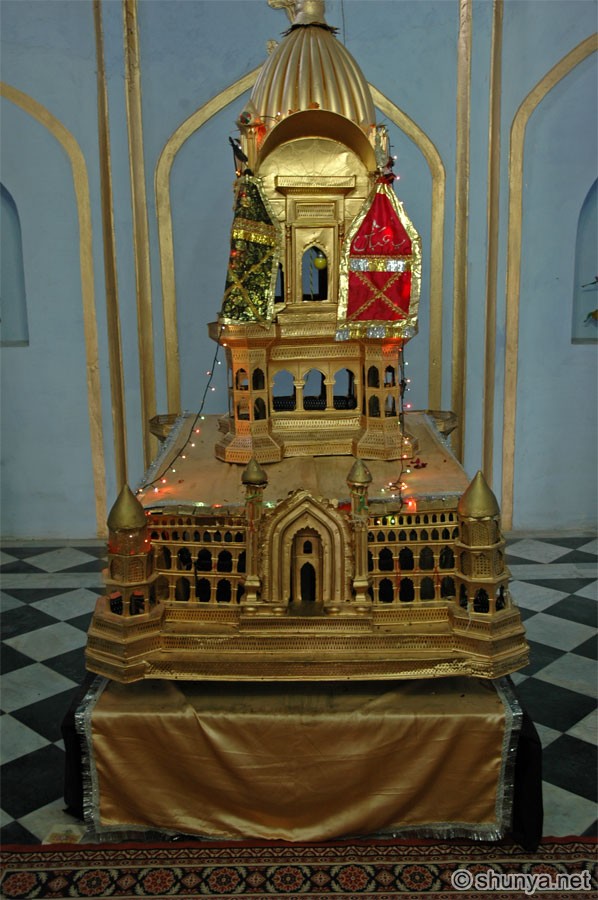

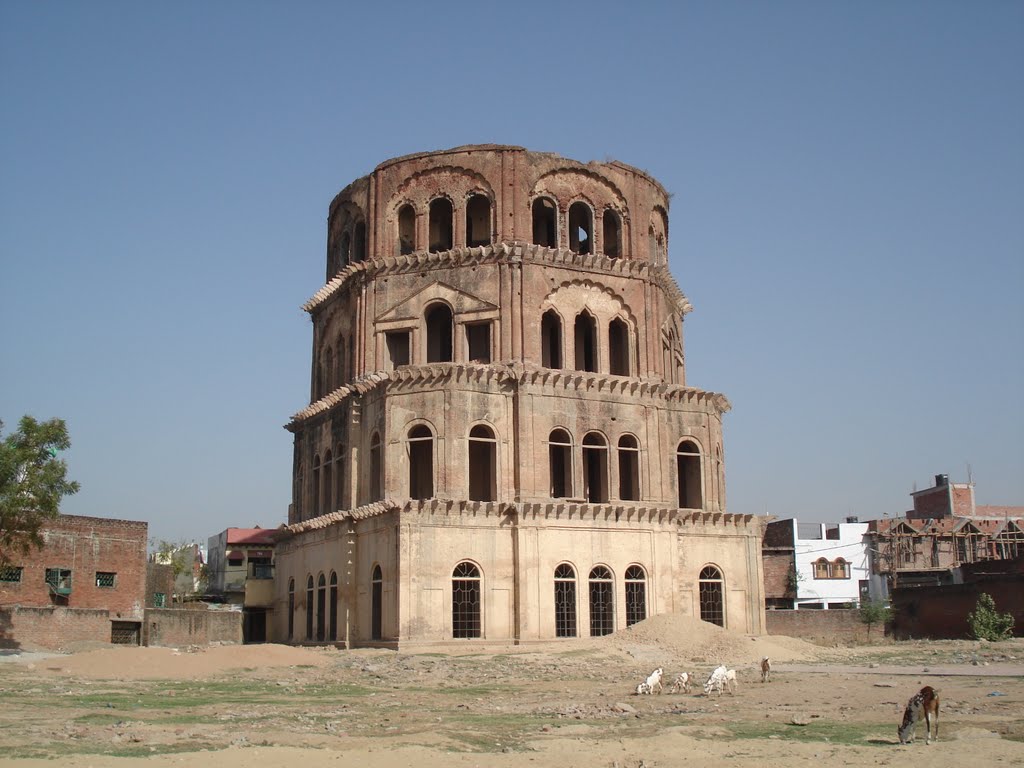

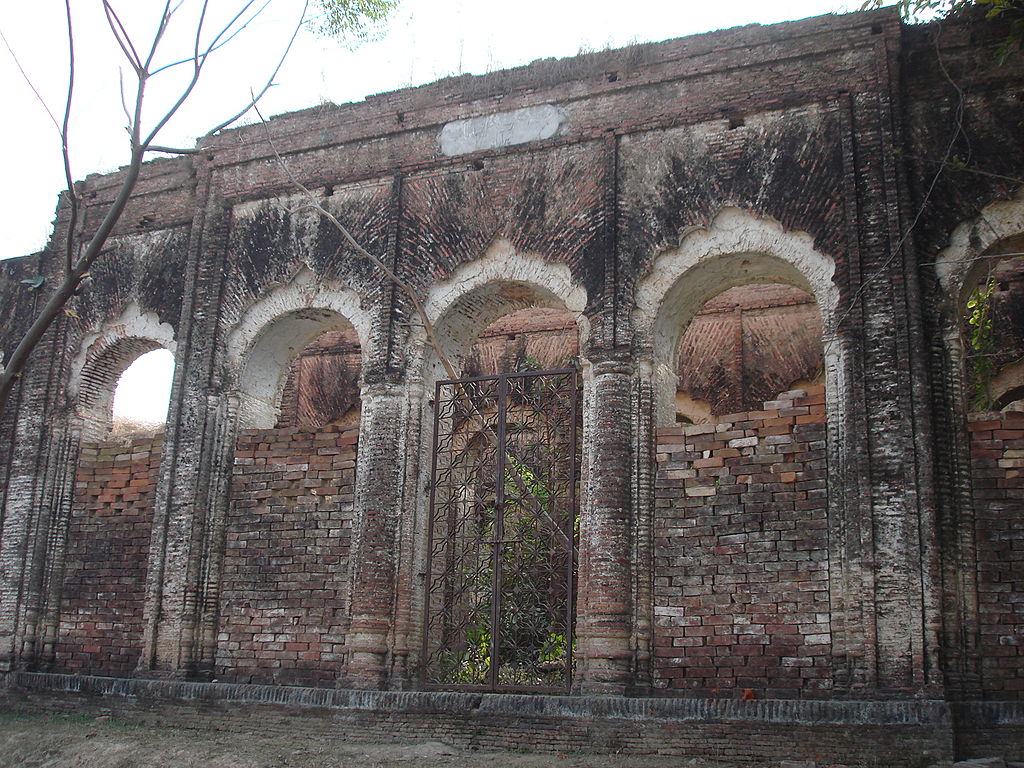
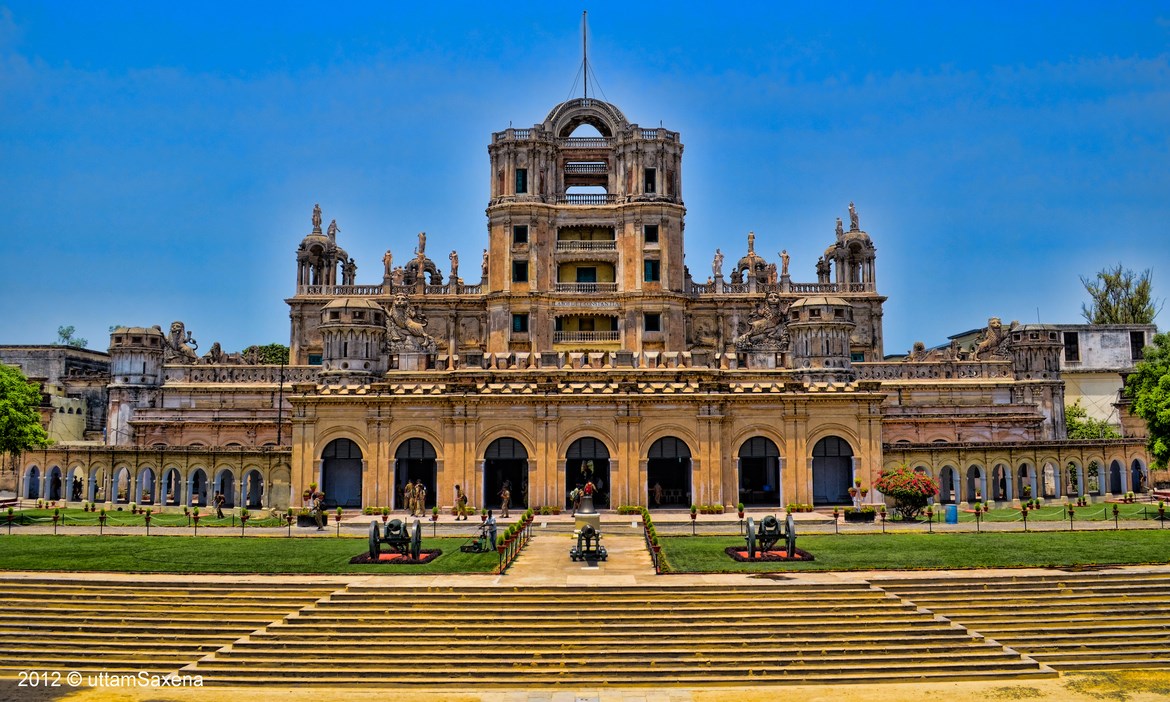
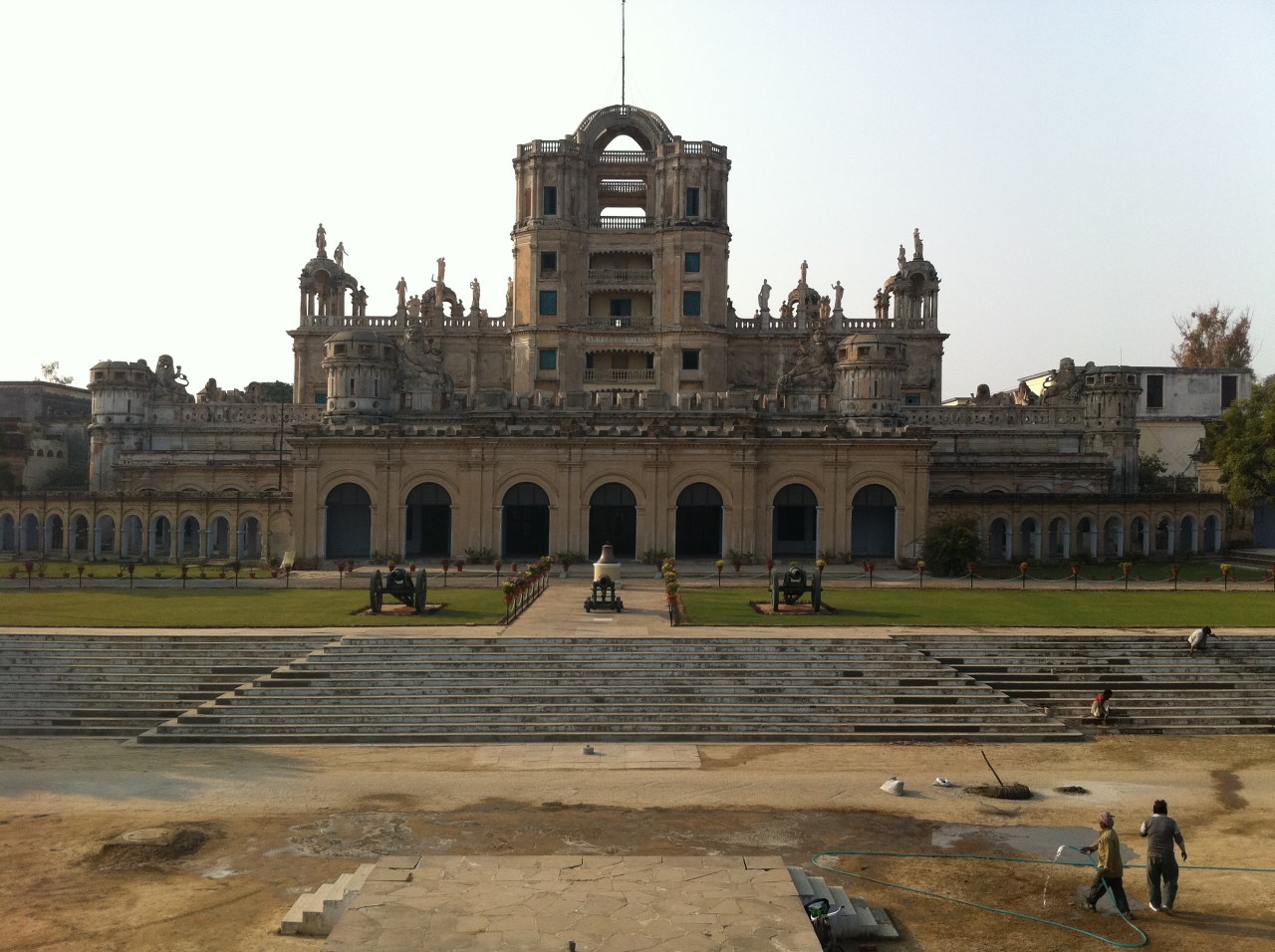
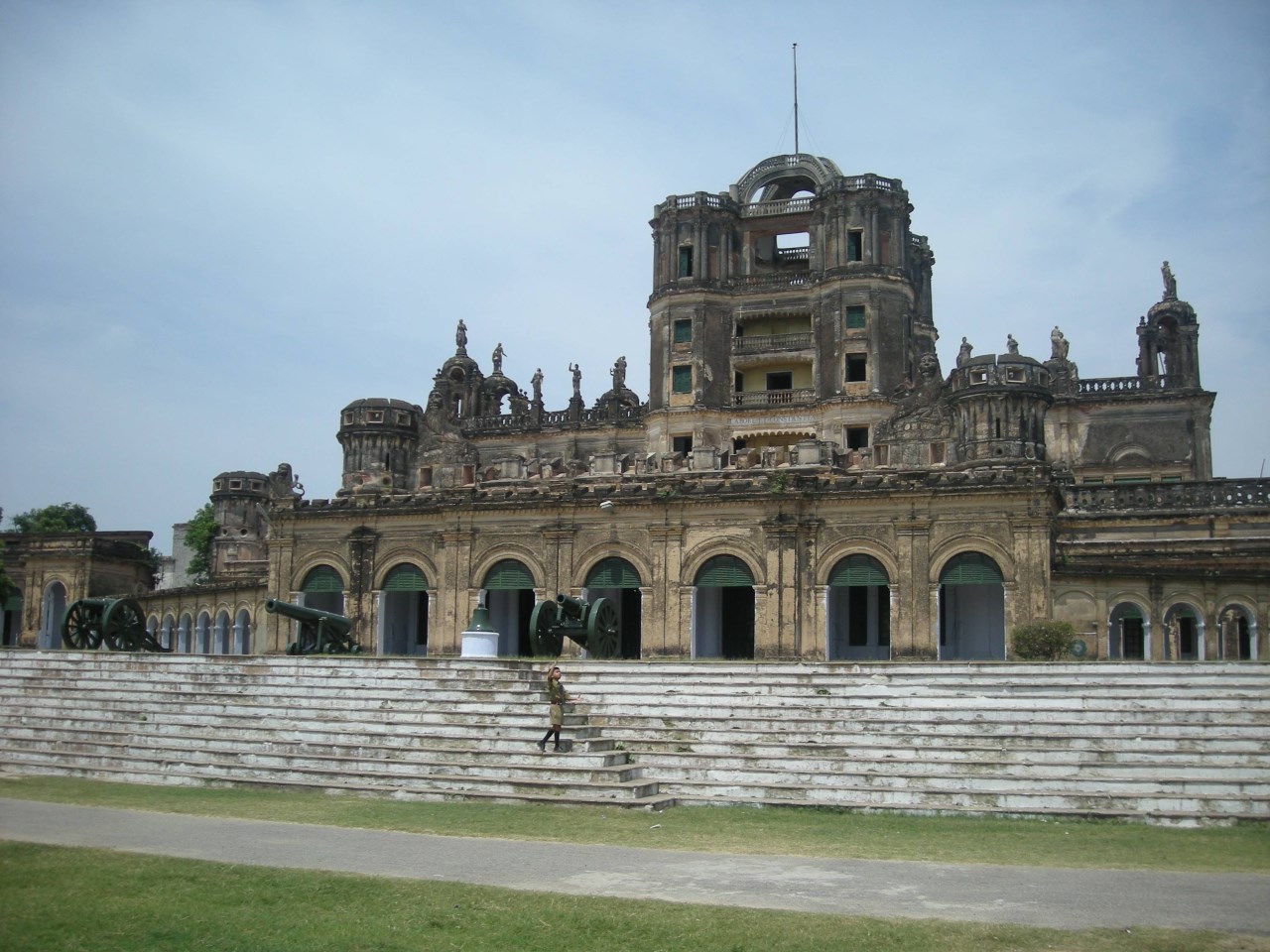
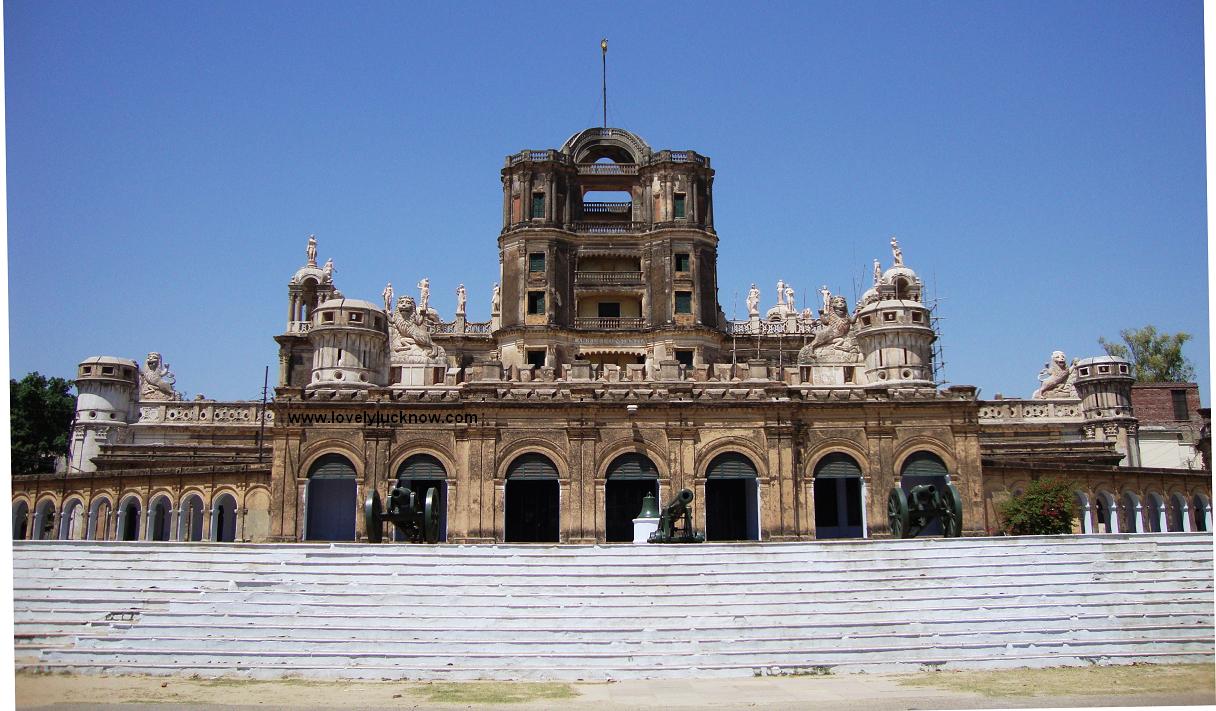

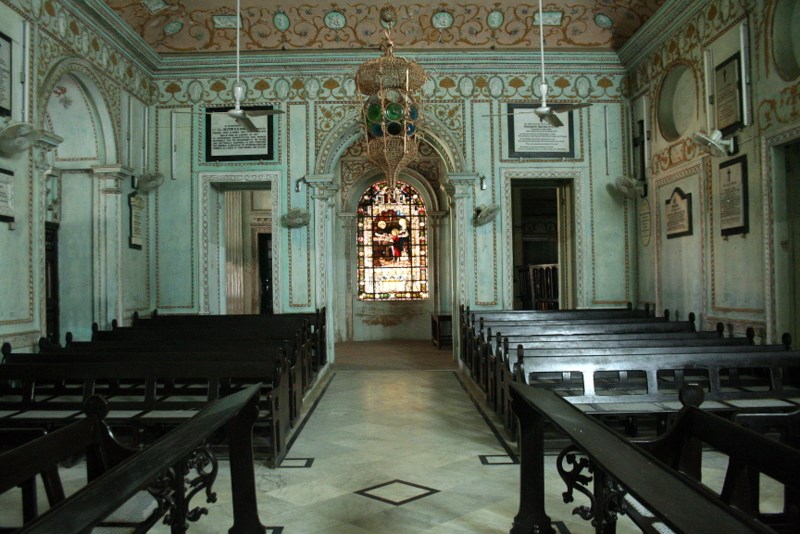
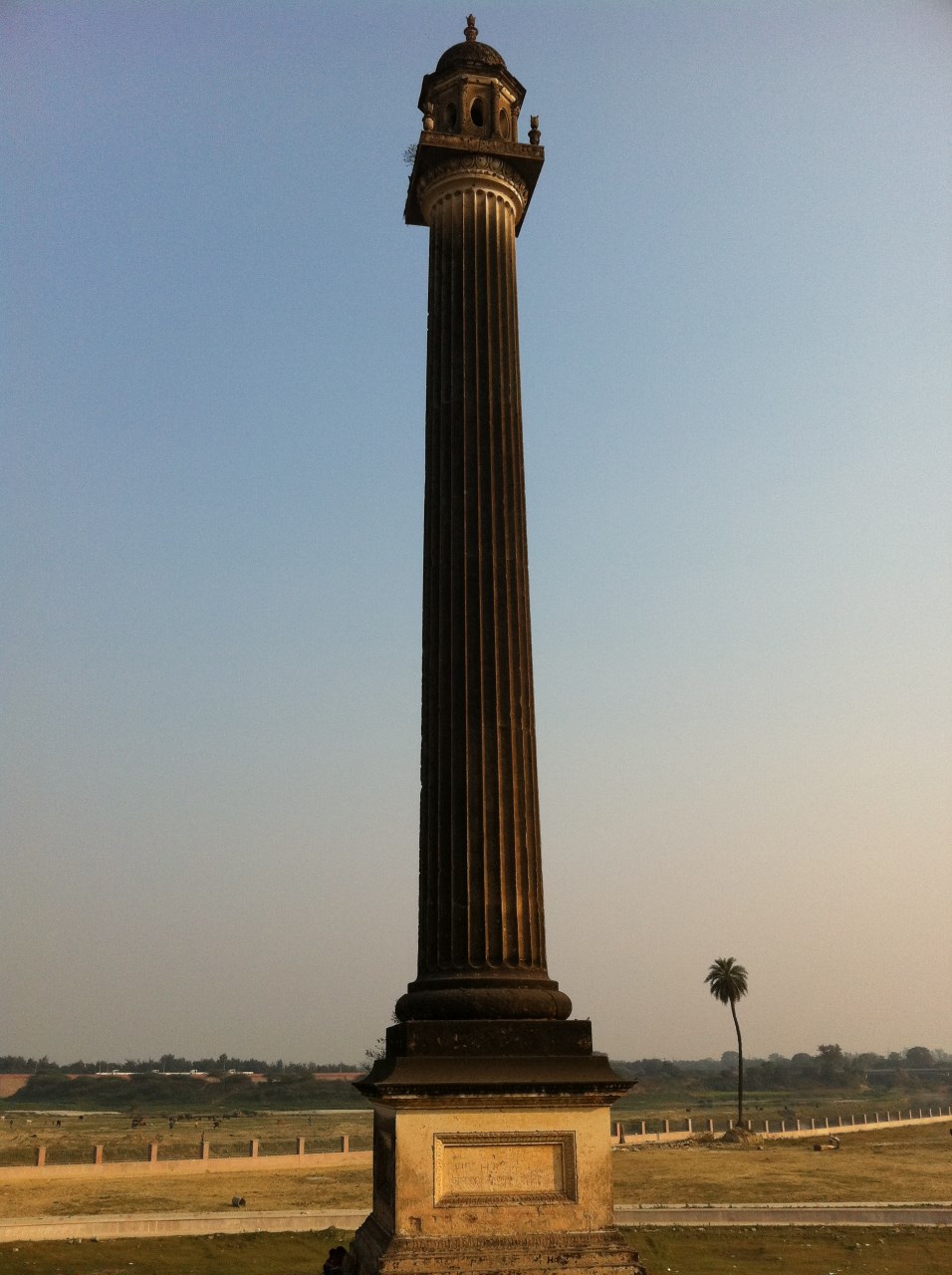
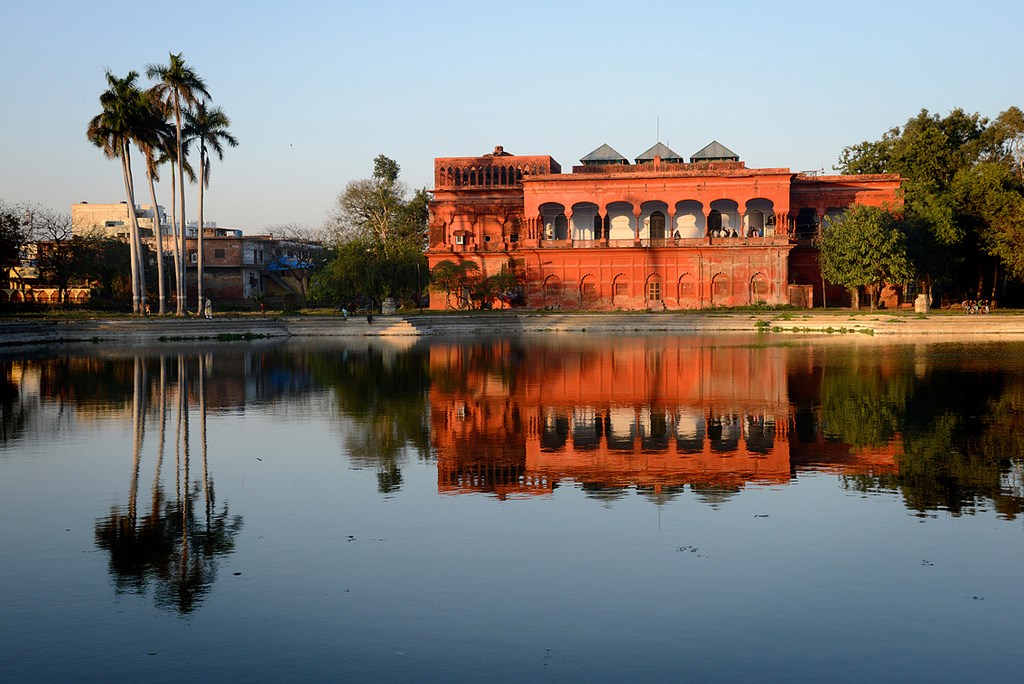
HISTORIA
Después del año 1350, Lucknow y parte de la región de Awadh está bajo el poder del sultanato de Delhi, del imperio mogol, del Nawabs de Awadh, la Compañía de las Indias Orientales y bajo el Raj británico. Lucknow ha sido uno de los centros más importantes en la Primera Guerra de la Independencia participando activamente en los movimientos de independencia. Después de conseguir la independencia de la India, Lucknow emergió como una de las ciudades más importantes del norte del país.
Hasta el año 1719, subah de Awadh era una provincia del imperio mogol administrado por un gobernador designado por el emperador. Saadat Khan, también llamado Burhan-ul-Mulk, fue un aventurero persa que fue designado el Nazim de Awadh en 1722 y estableció su corte en Faizabad, cerca de Lucknow.
Awadh era conocida como el granero de la India y fue estratégicamente muy importante por el control del Doab, las fértiles tierras entre el río Ganges y el Yamuna. Fue un reino rico que podía permitirse su propia independencia frente la amenaza de los marathas, los británicos o los afganos.
El tercer Nawab, Shuja-ud-Daula cayó bajo los británicos después de la ayuda de Mir Qasim, el fugitivo Nawab de Bengala. Fue derrotado en la batalla de Buxar por la Compañía de las Indias Orientales, después de ser forzado a pagar una fuerte multa y ceder gran parte de su territorio. Los británicos decidieron residir en el año 1773 y después de un tiempo ganaron más territorio y autoridad dentro del territorio.
El crecimiento y la fama de Lucknow llegaron cuando fue nombrada capital de Awadh por Nawab Asaf-ud-Dowlah. Él fue un gran filántropo y fue Lucknow su único y duradero legado. La contribución arquitectónica de estos gobernantes Awadhs incluyen varios monumentos imponentes. Como ejemplos podríamos citar el Bara Imambara, el Chhota Imambara y el Roomi Darwaza.
En el año 1798, en quinto Nawab Wazir Ali Khan provocó el distanciamiento de su gente y los británicos, siendo forzado más tarde a abdicar. Entonces los británicos ayudaron a Saadat Ali Khan para que subiera al trono. Saadat Ali Khan fue un rey marioneta, y en el tratado de 1801 cedió la mitad de Awadh a la Compañía Británica de las Indias Orientales. Además estuvo de acuerdo en disolver sus tropas a favor de la poderosa armada británica. Este tratado convirtió a Awadh en un vasallo de los británicos, aunque en cierta manera continuó siendo, en nombre, parte del imperio mogol hasta 1819.
El tratado de 1801 estableció un acuerdo que fue muy beneficioso para la compañía británica. Ellos pudieron usar los enormes tesoros de Awadh.
Los reyes de Nawabs participaban en todas las ceremonias pero apenas tenían influencia en el estado. A mediados del siglo XIX los británicos adquirieron el control directo de Awadh.
En el año 1856 la Compañía de las Indias Orientales movió sus tropas a la frontera y anexionó el estado bajo el mandato del comisionado Sir Henry Lawrence. Entonces Nawab Wajid Ali Shah fue hecho prisionero, y más tarde sería exiliado a Calcuta. En la posterior revuelta de 1857, Birjis Qadr fue coronado como gobernante pero Sir Henry Lawrence, dentro de las hostilidades, le mató. Después de la derrota de los rebeldes, Begur Hazrat Mahal y otros rebeldes obtuvieron asilo en Nepal.
Las tropas de la compañía, que fueron reclutadas en el estado, fueron muy importantes en los sucesos de 1857. Los rebeldes tomaron el control de Awadh y los británicos necesitaron 18 meses para reconquistar la región, meses que incluyen el famoso “sitio de Lucknow”. En el año 1902 la región se llamaría Provincias Unidas de Agra y Oudh.
Lucknow tuvo gran relevancia en la lucha por la independencia de la India, tuvo una cooperación muy participativa con Mahatma Gandhi y Maulana Muhammad Ali Jauhar.
Lucknow llegó a ser capital de provincia en el año 1920 cuando el gobierno se trasladó allí desde Allahabad. Después de la independencia de la India, se convirtió en la capital de Uttar Pradesh.
ECONOMIA
Lucknow no es únicamente la ciudad más importante del norte de la India en lo que se refiere a comercio y mercado, sino que es además la más emergente como productora de productos y servicios. Al ser la capital de Uttar Pradesh, los departamentos del gobierno y el sector público ofrecen gran cantidad de puestos de trabajo al ciudadano medio. Además la liberalización ha creado muchas oportunidades a las empresas y a los sectores de servicios, así como a pequeños empresarios que han montado su propio negocio. Lucknow provee a las grandes empresas, como las de tecnología informática, de gran cantidad de trabajadores cualificados.
Lucknow y sus zonas circundantes han sido tradicionalmente productores importantes de mangos, melones, caña de azúcar y grano. También se produce tabaco, así como artesanía y joyas.
http://www.viajeporindia.com/india/regiones-india/uttar-pradesh/lucknow/lucknow.html
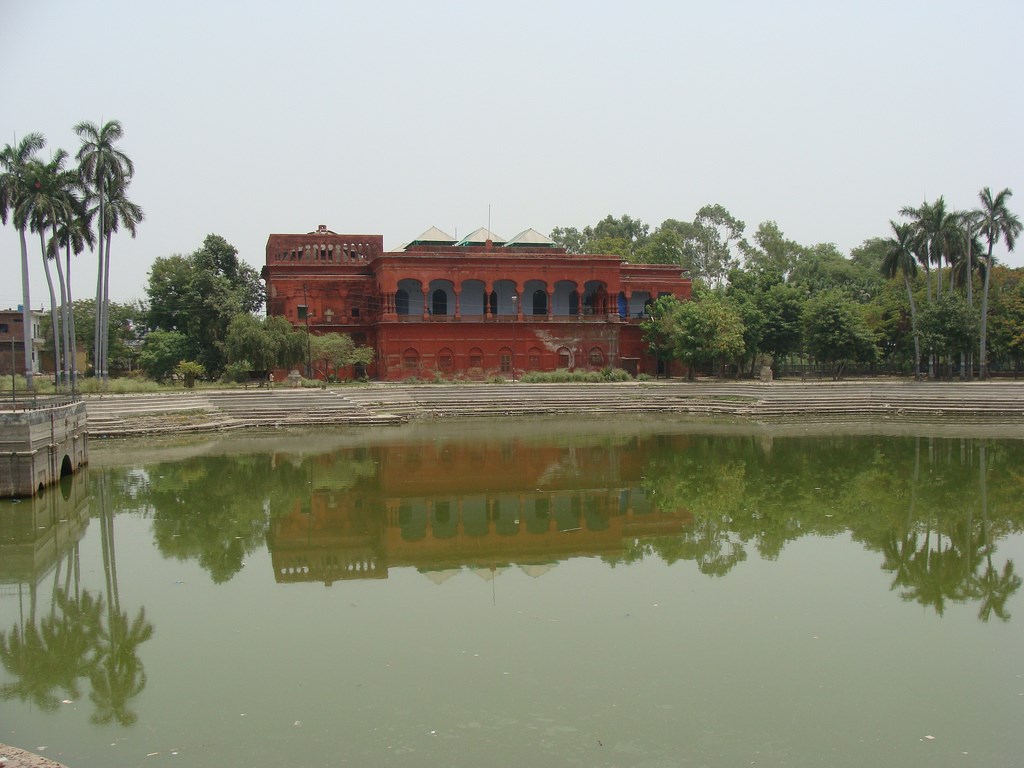
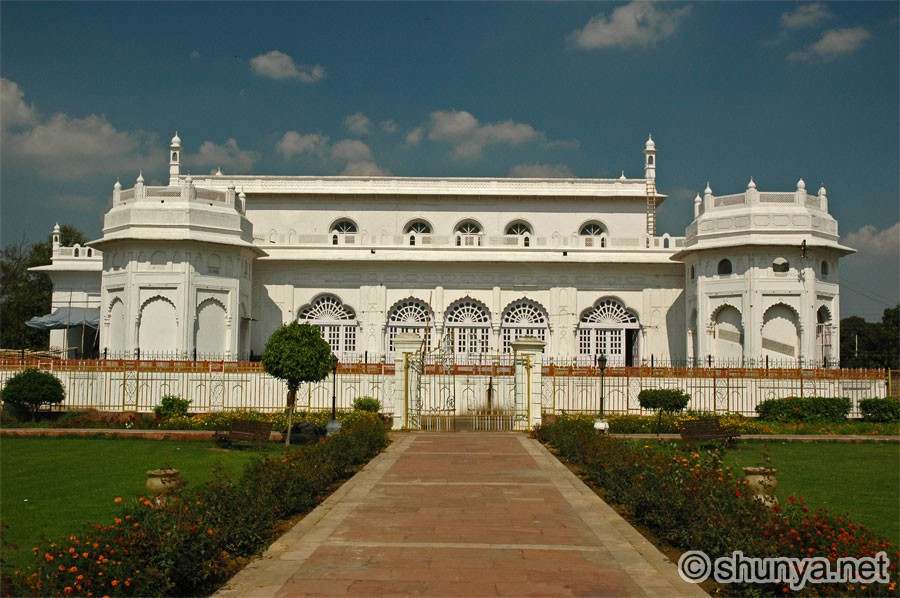
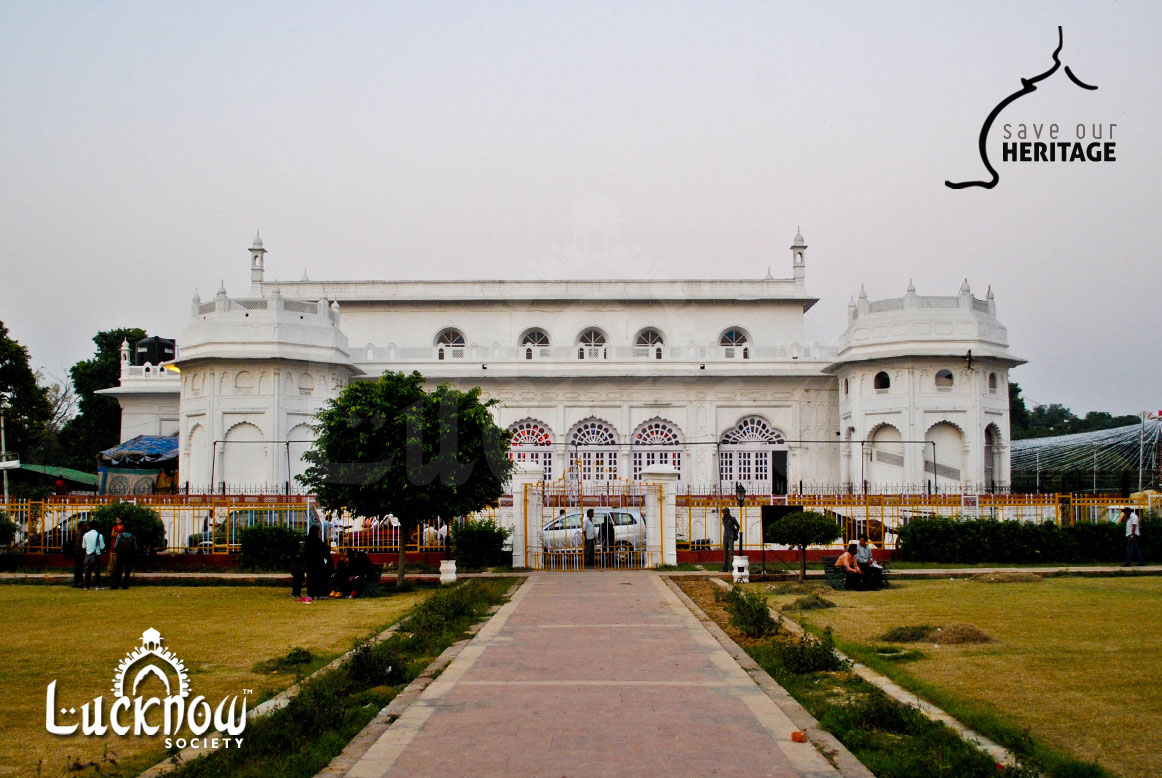
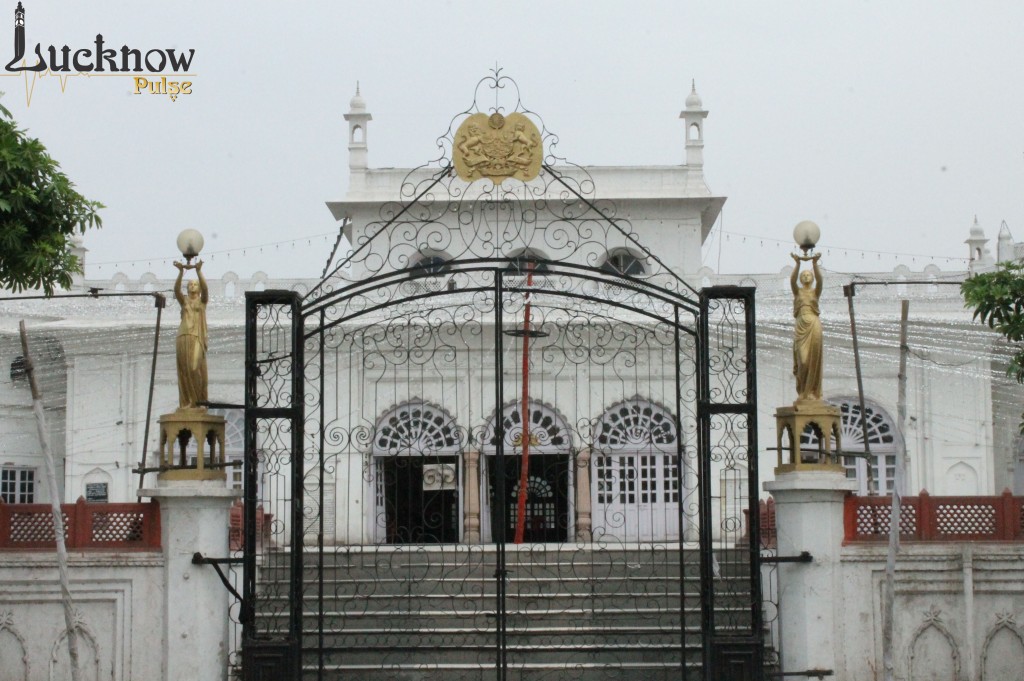
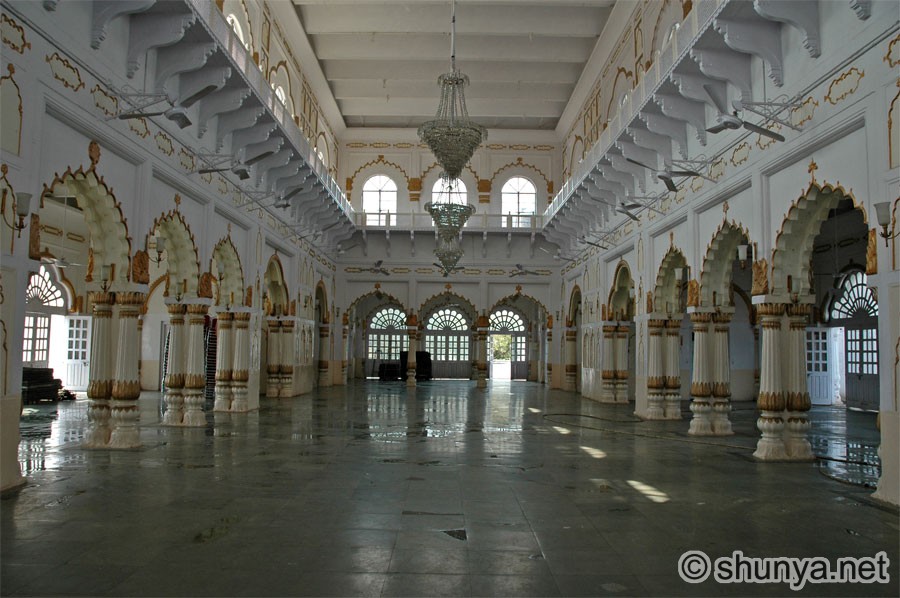
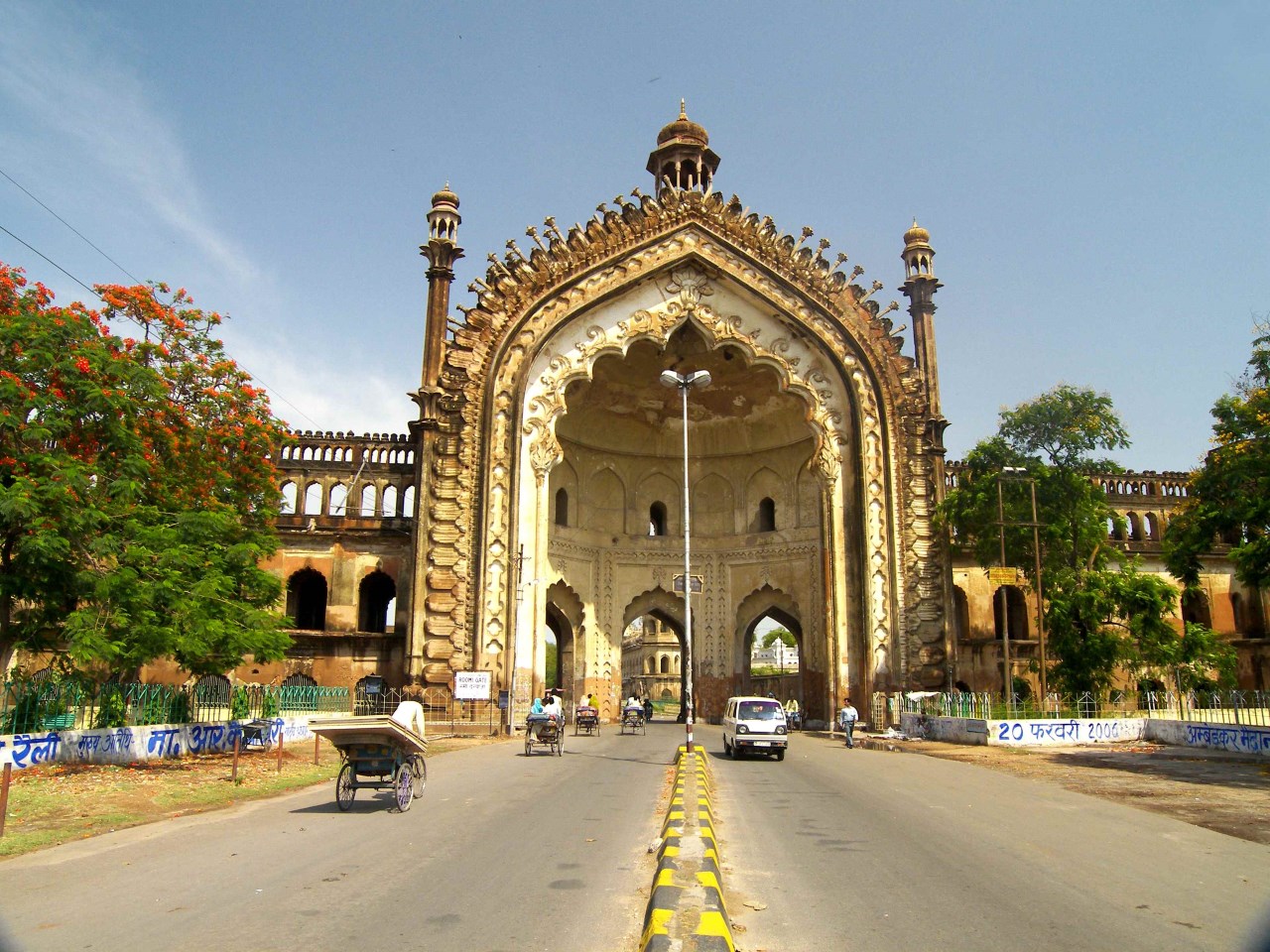
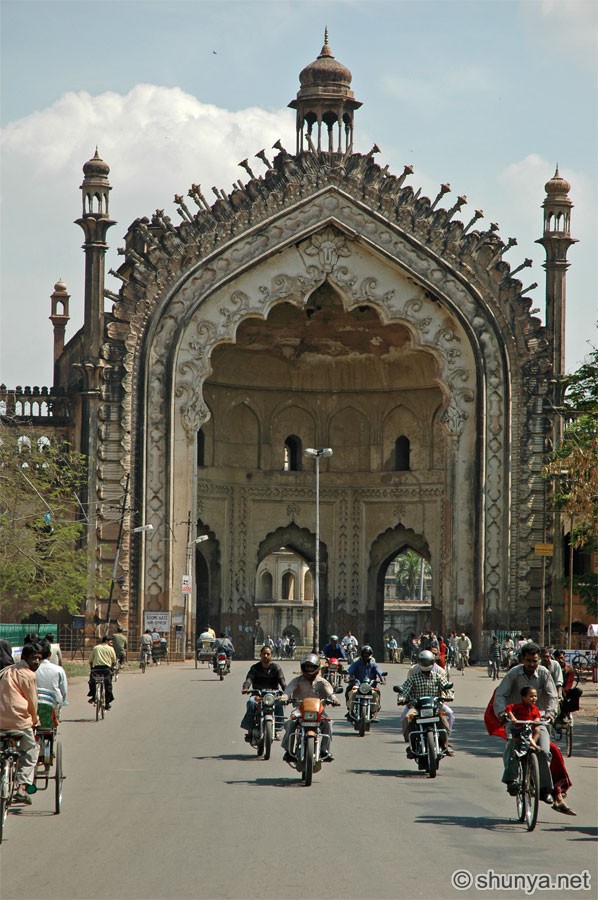
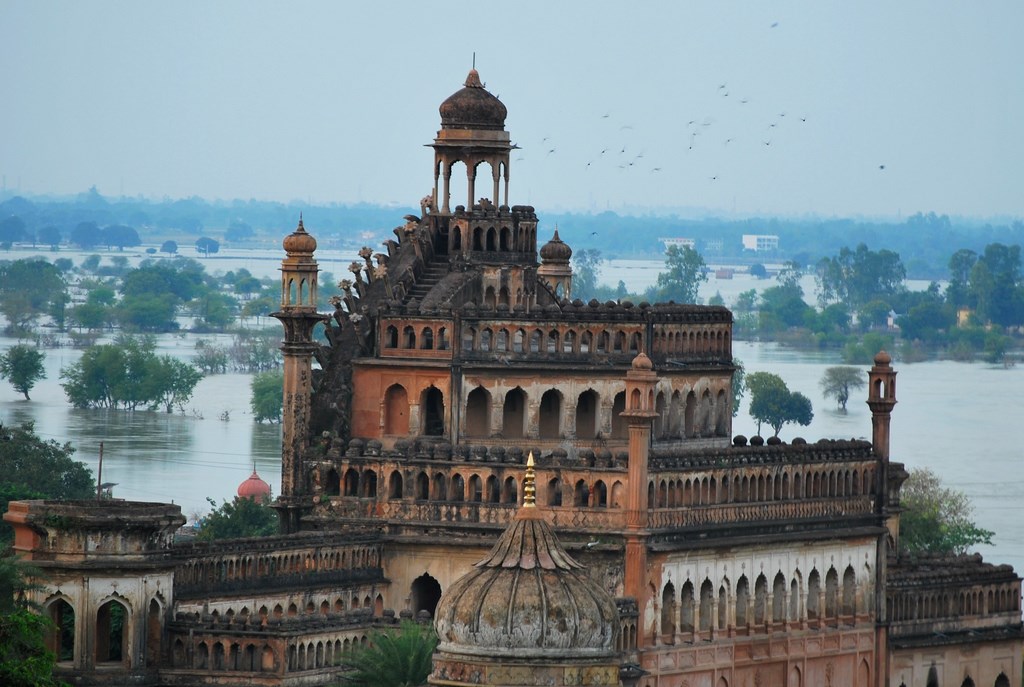
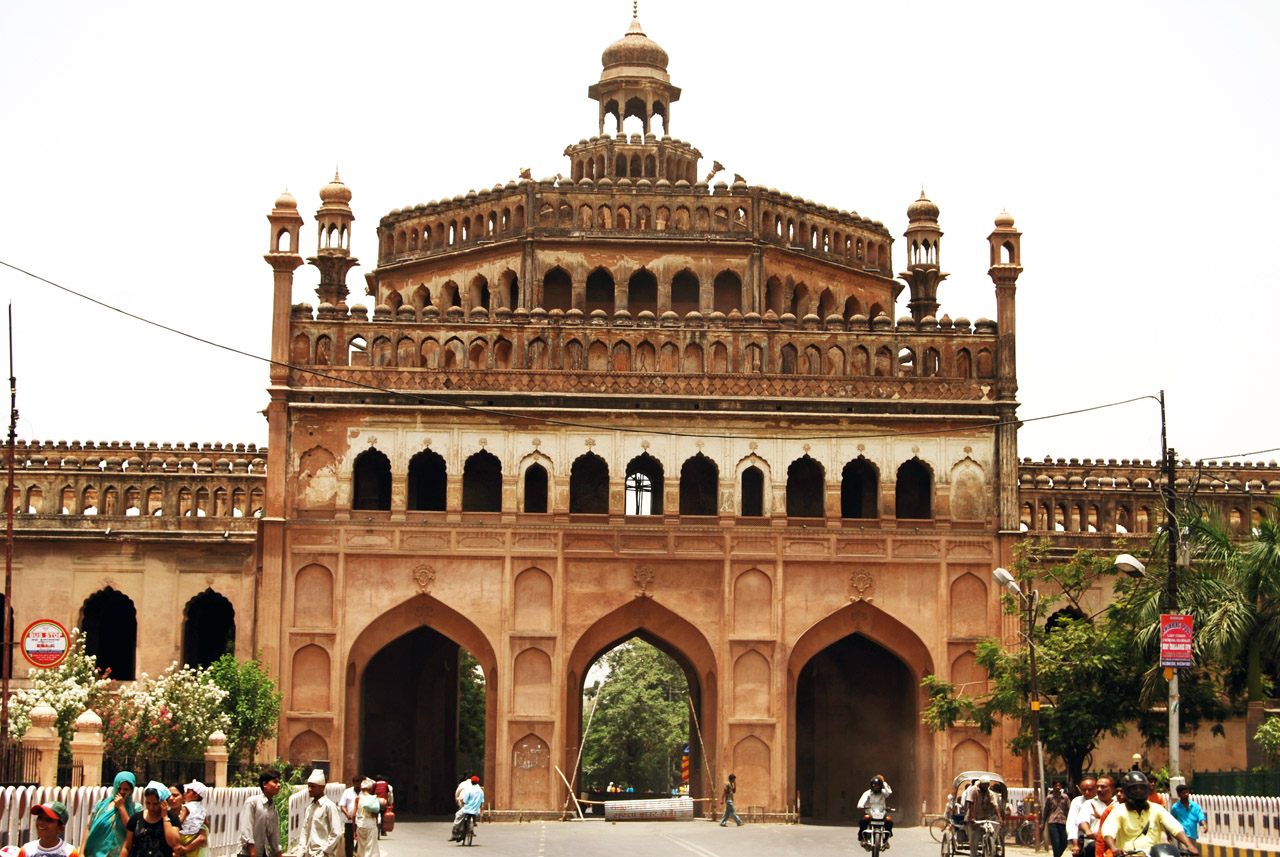
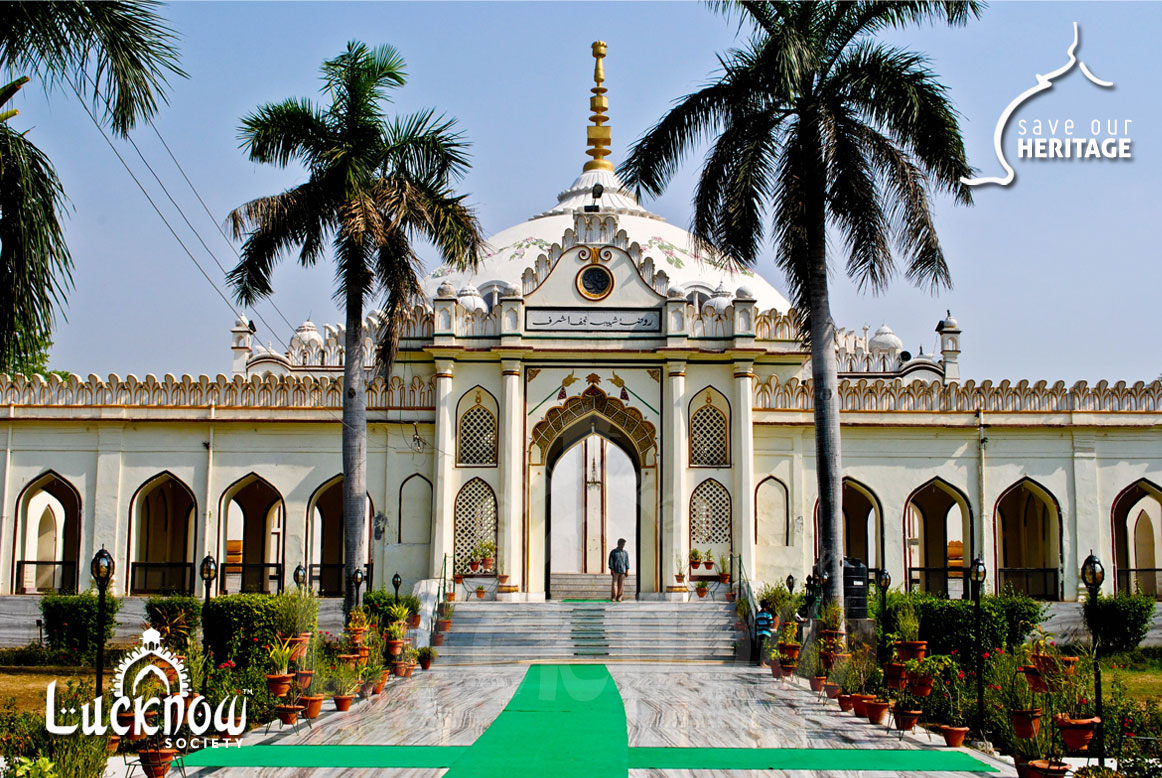
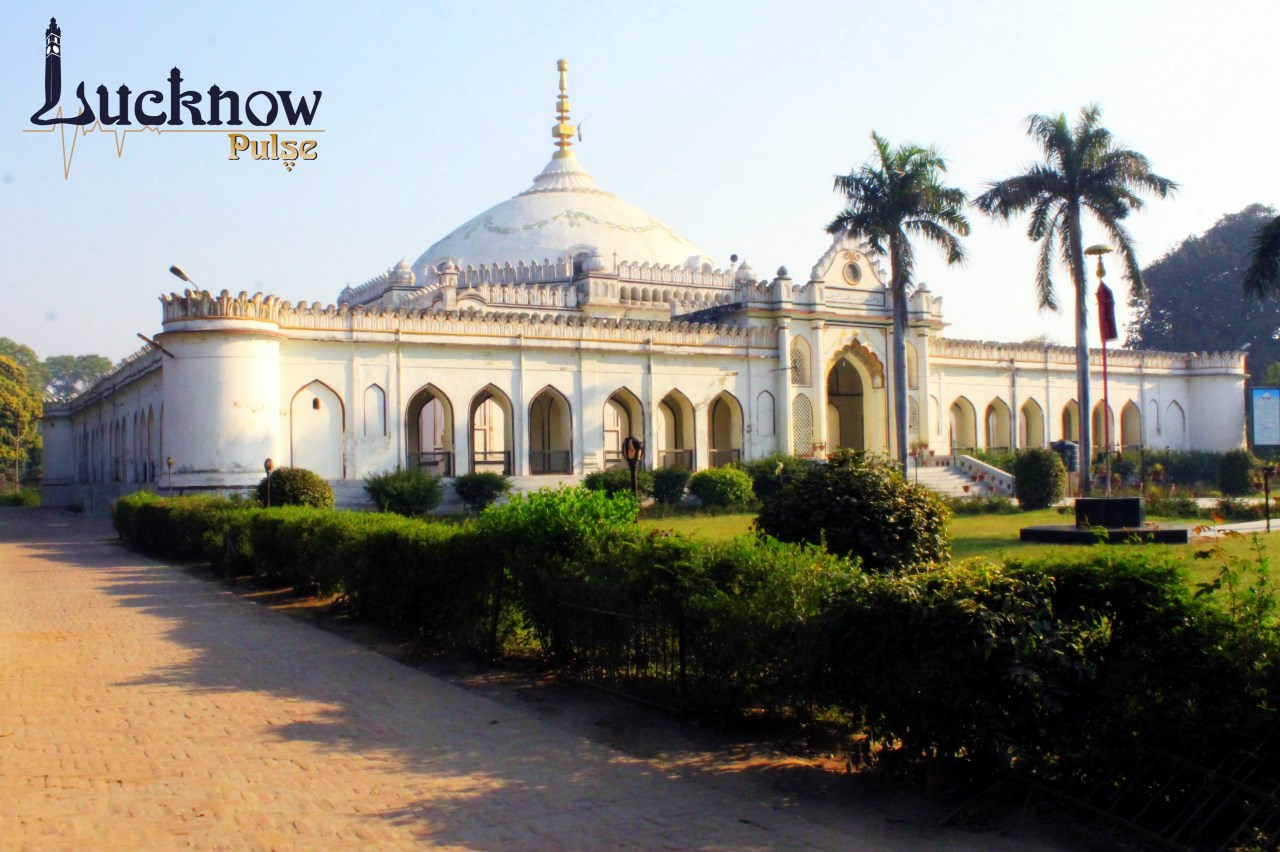
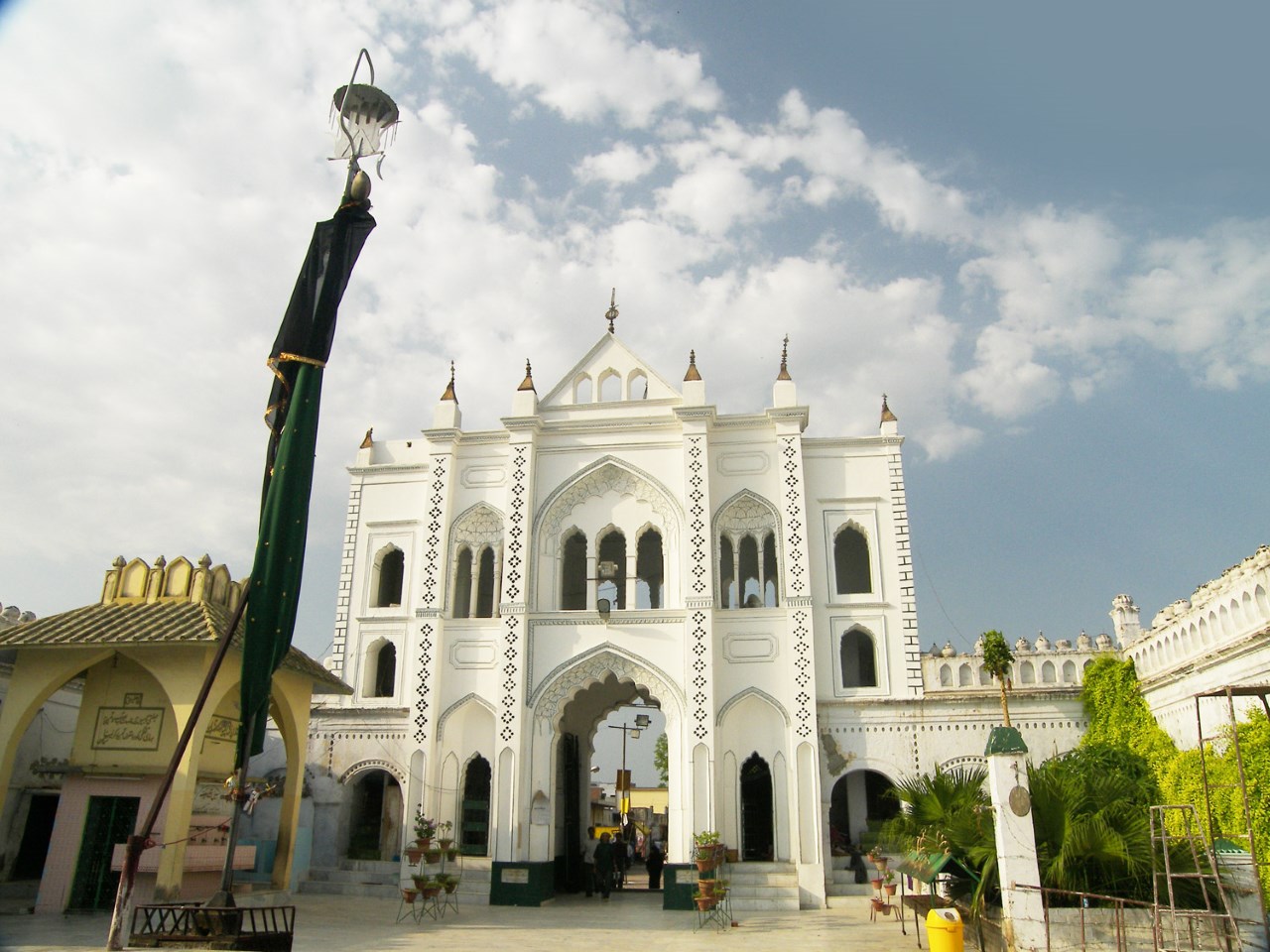

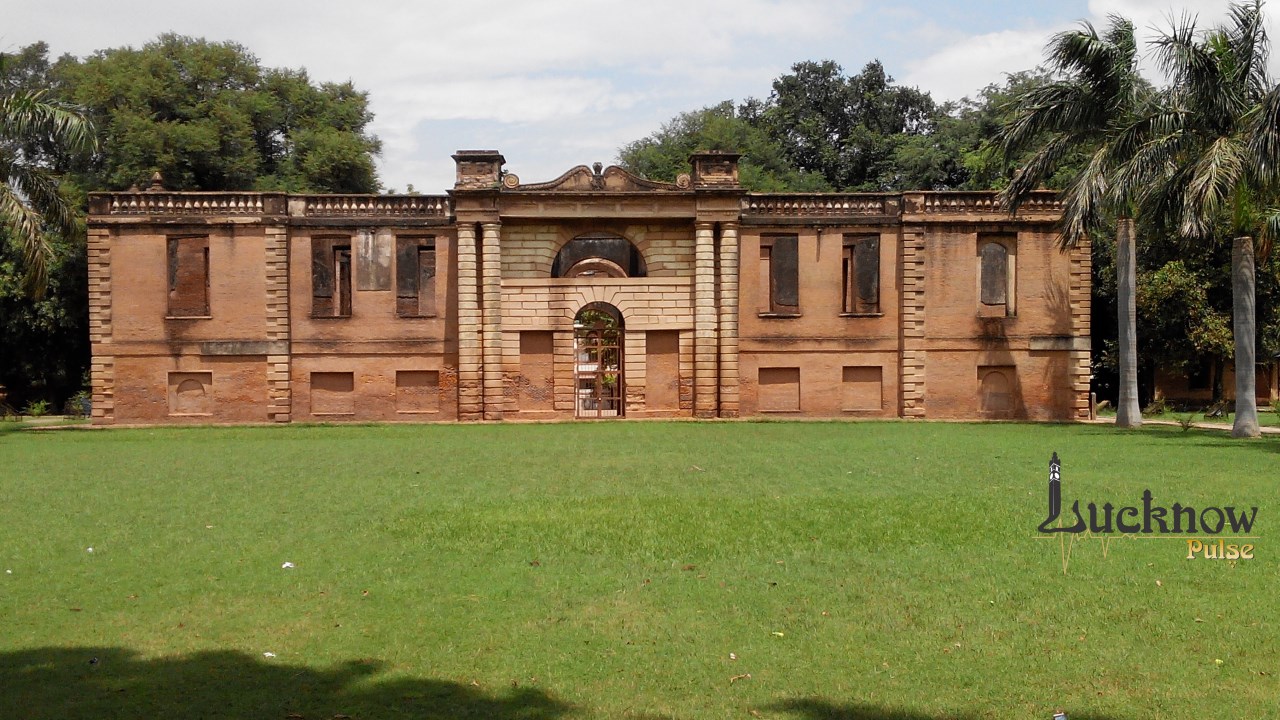
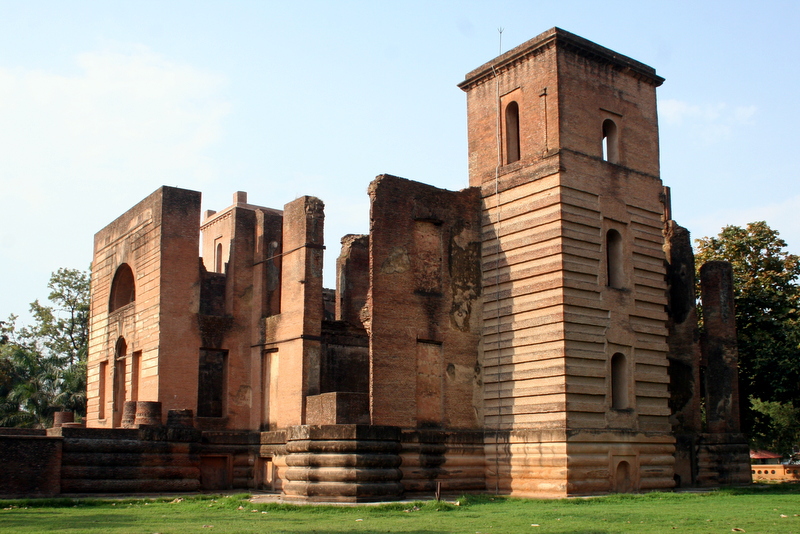
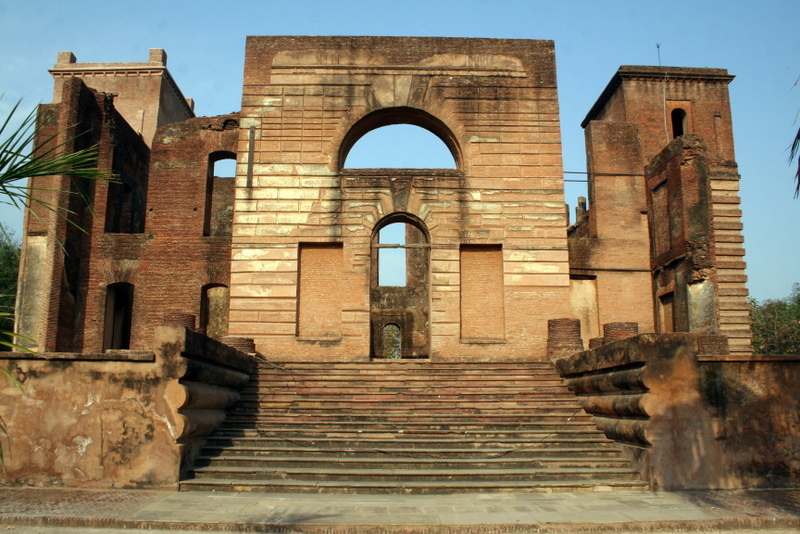
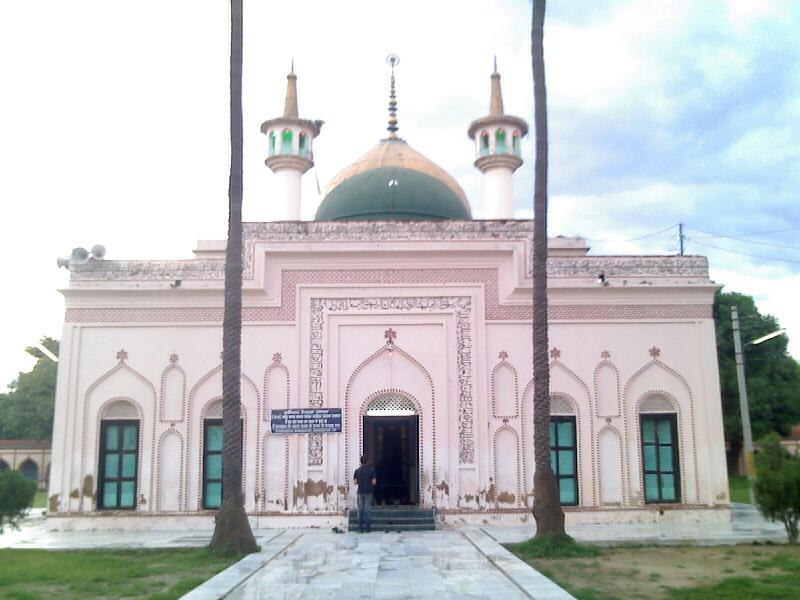
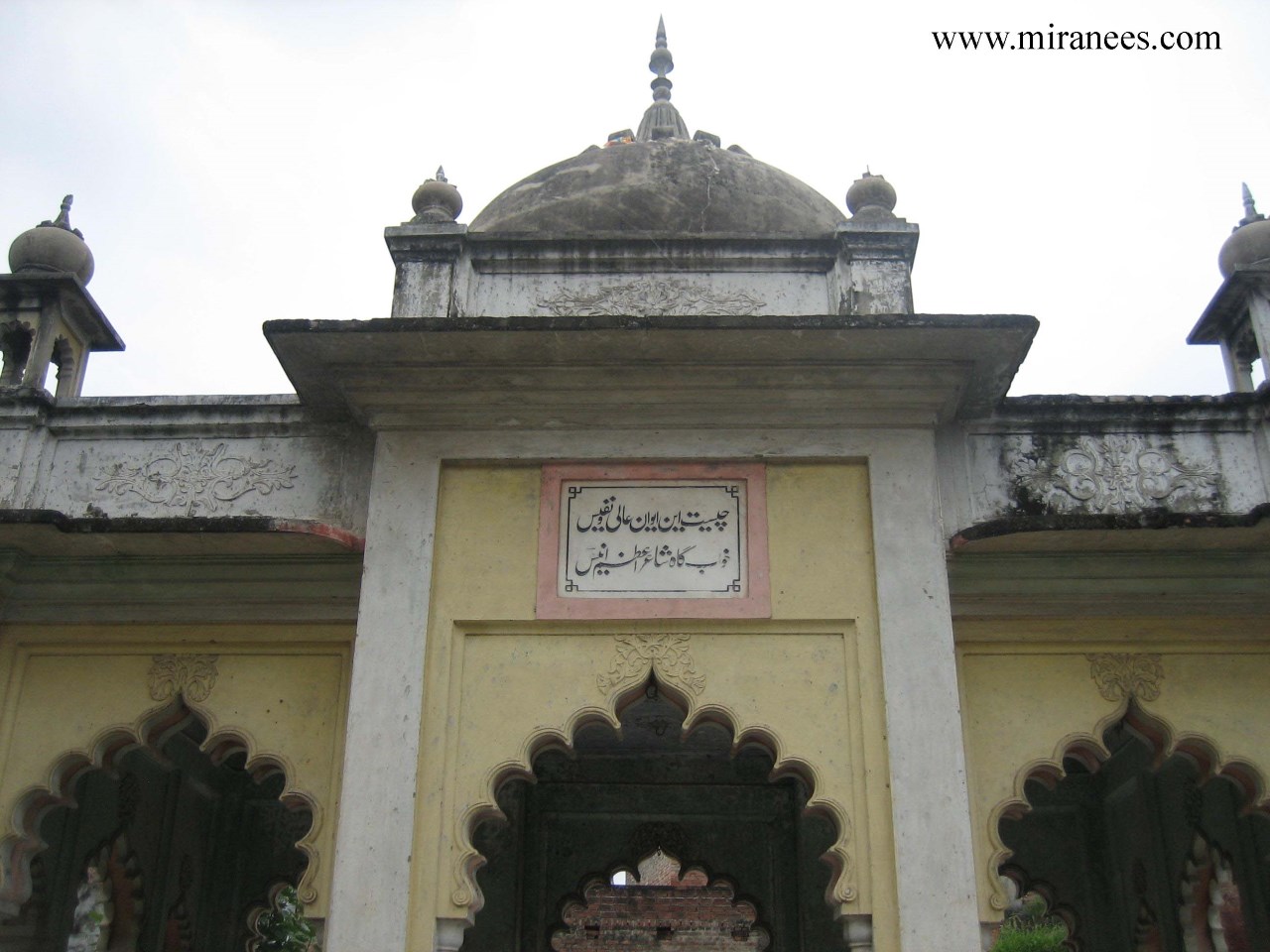
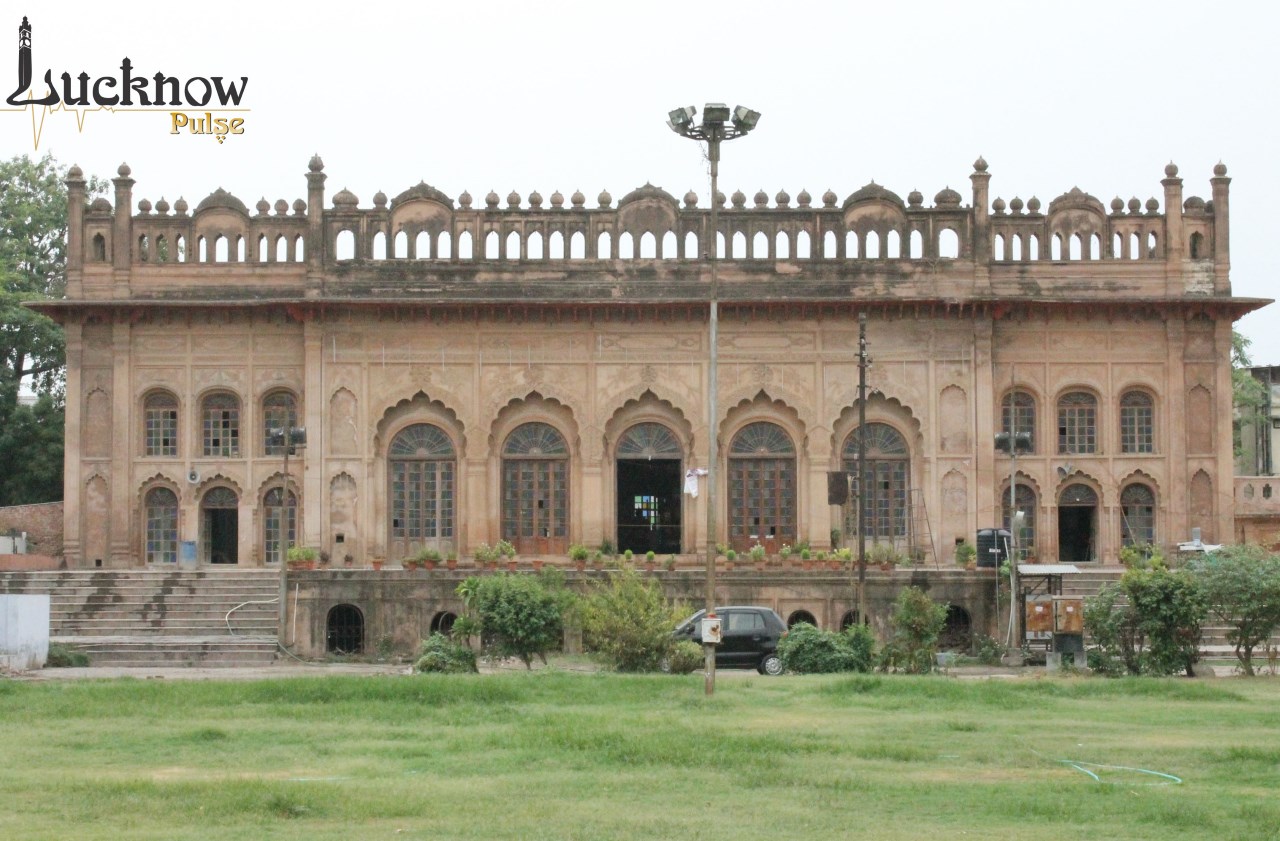
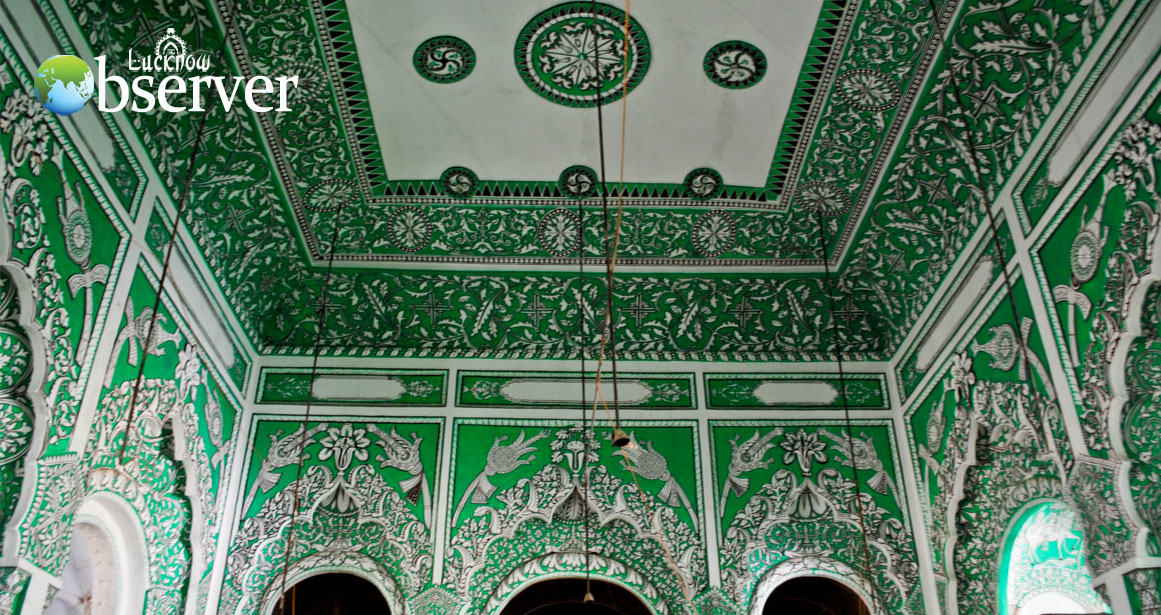
Lucknow, la capital de Uttar Pradesh
Por María José Rubín
La ciudad de Lucknow, ubicada en las cercanías del río Gompti, es la capital de Uttar Pradesh, un estado del norte de la India. Es hogar de innumerables monumentos históricos capaces de asombrar y cautivar a cuanto turista se acerca a este destino.
Lucknow es también conocida como la ciudad de los Nawabs, nombre que recibían los antiguos gobernantes de la urbe. Sus magníficos mausoleos y las ruinas de la residencia del gobierno, sede y símbolo del poder que los respaldaba, son algunas de las visitas más fascinantes.
Quedada en el tiempo, en aquellas épocas de gloria y brillo, Lucknow es la representación de la nostalgia y la belleza de antaño, que nos invitan a conmovernos con su historia y con su presente. Conocida por su arquitectura, es también un centro cultural destacado de la India.
Las tradiciones folklóricas, las ceremonias matrimoniales, su lenguaje (el urdu) y sus arraigadas costumbres cotidianas hacen de este destino un verdadero enigma a resolver, un puzzle que nos desafía a comprenderlo.
Aunque también a conocerlo, desde luego. Chowk es el sitio para comenzar cualquier recorrido por la ciudad. Se trata de una antigua calle que permite ir descubriendo los principales monumentos.
Bara Imambara es acaso el más famoso de todos ellos. Fue construido por Asaf-ud-Daulah en el año 1784. Imambara es el nombre para la Residencia del “imam”, y es la denominación recibida por un recinto de culto especialmente destinado al recogimiento y la meditación durante el mes de Muharram, el mes sagrado.
Rumi Darwaza, o la Puerta Turca, es otra de las vistas imperdibles de Lucknow. Se encuentra justo al oeste de Bara Imambara, y es una monumental puerta edificada por el mismo constructor, entre los años 1784 y 1786. Con más 18 metros de alto, y las más hermosas escenas representadas en su arco, es sin dudas la fotografía más preciada de todo viaje a esta ciudad.
http://sobreindia.com/2009/03/23/lucknow-la-capital-de-uttar-pradesh/
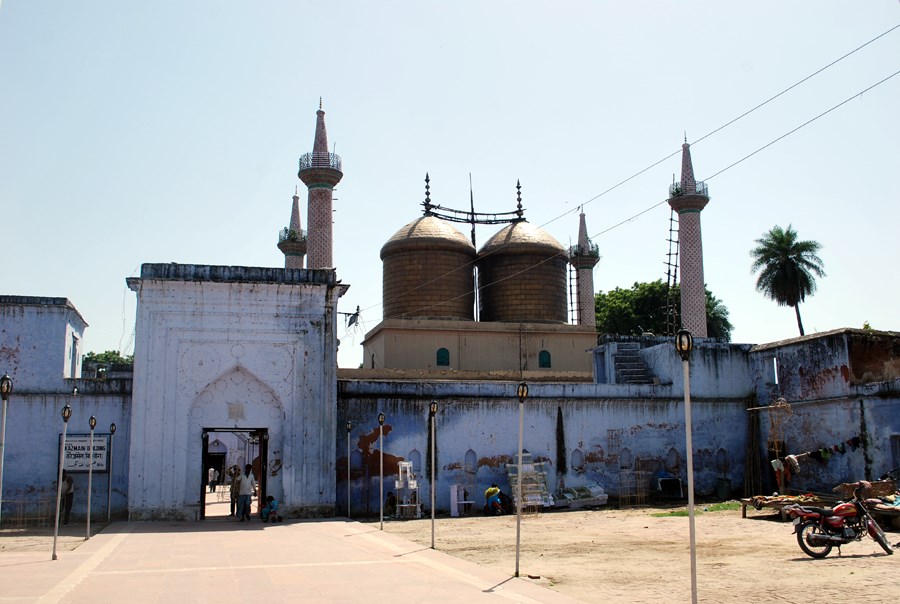
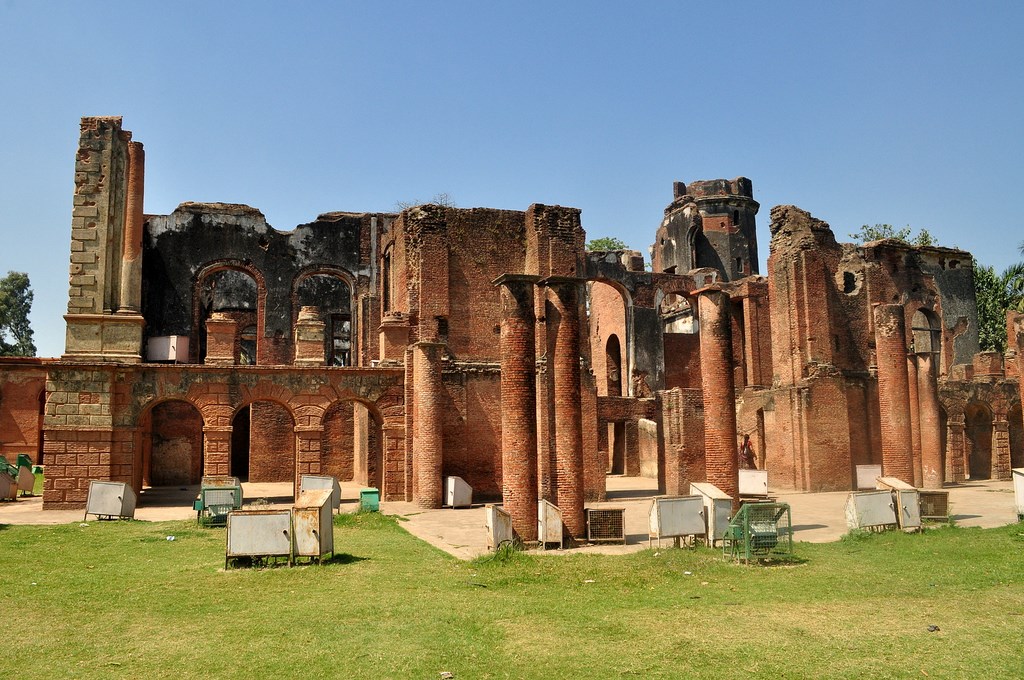
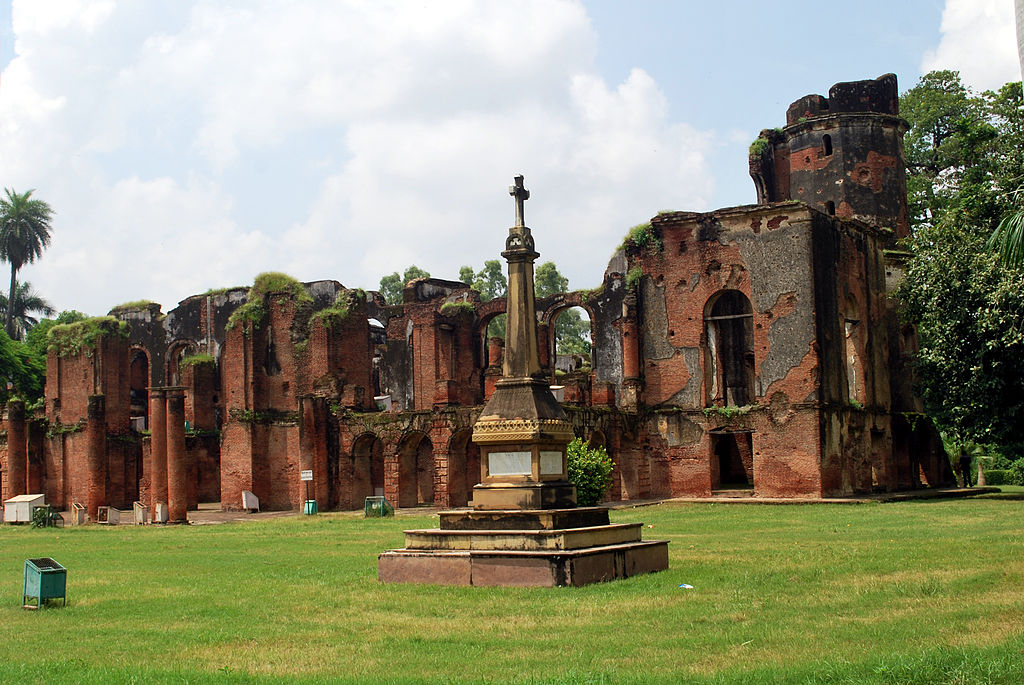
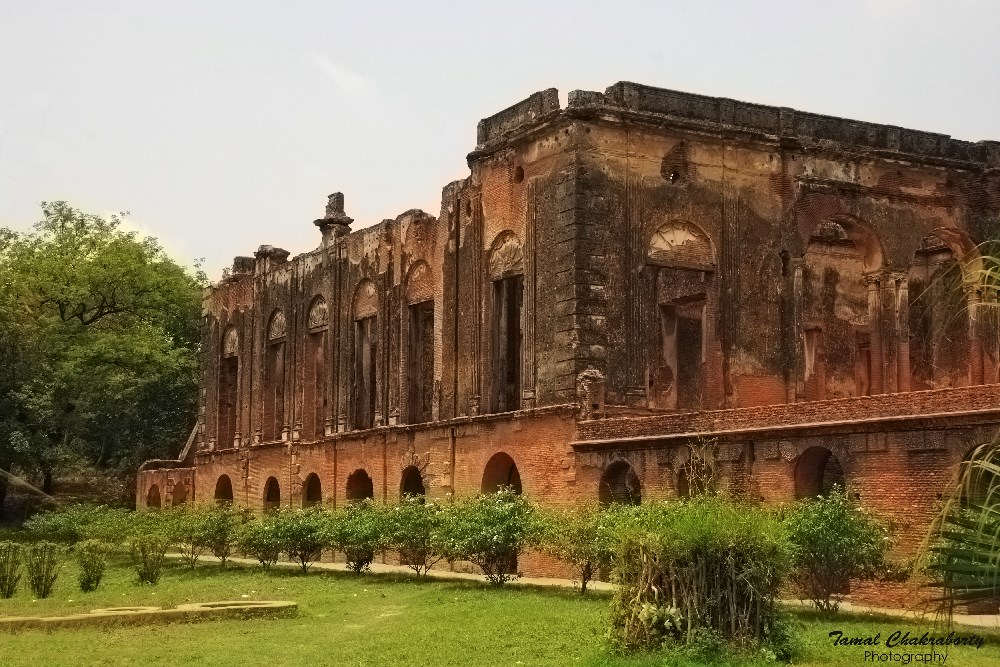
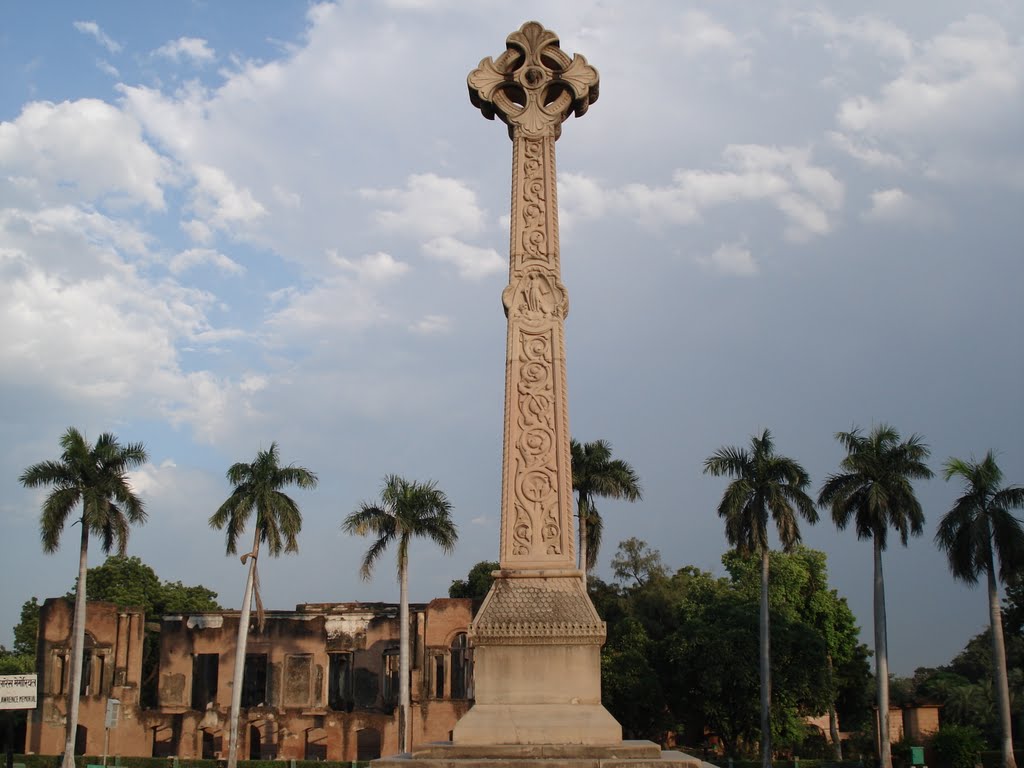
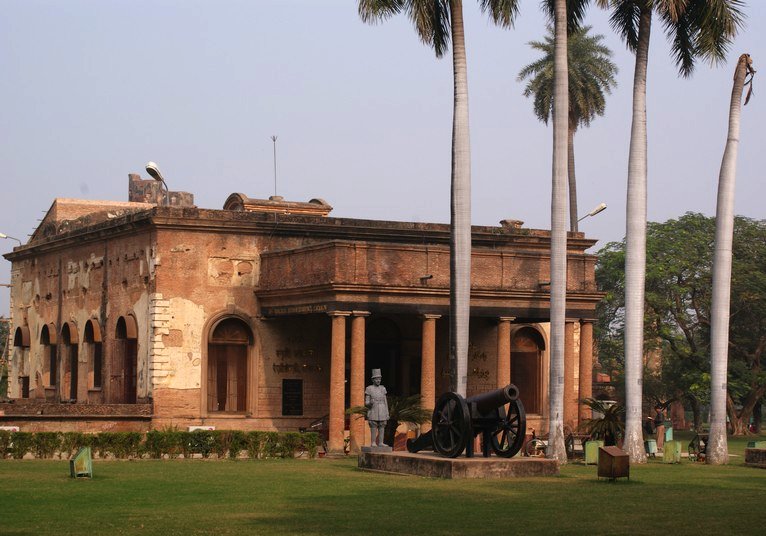
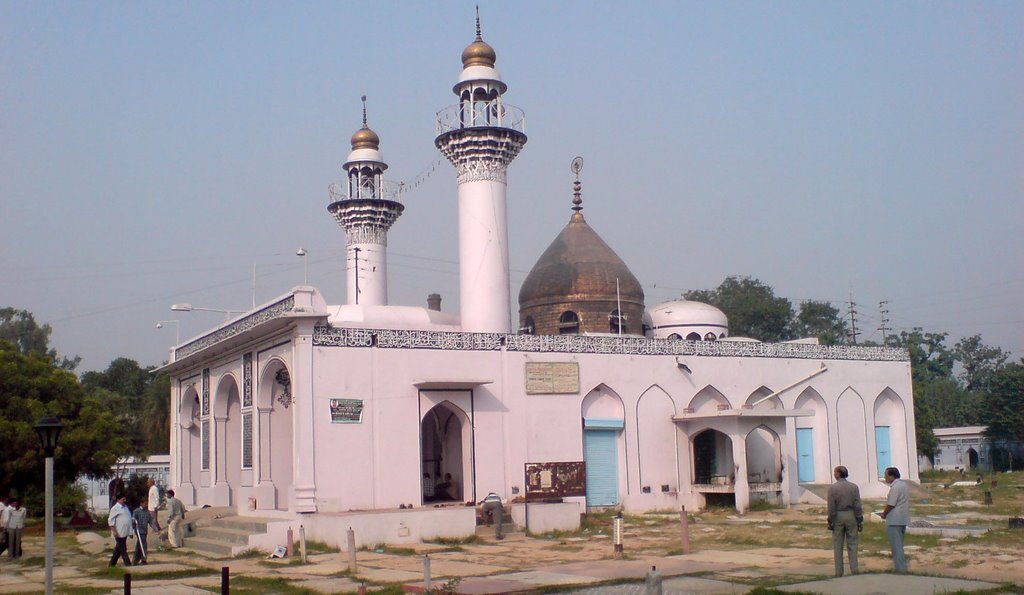
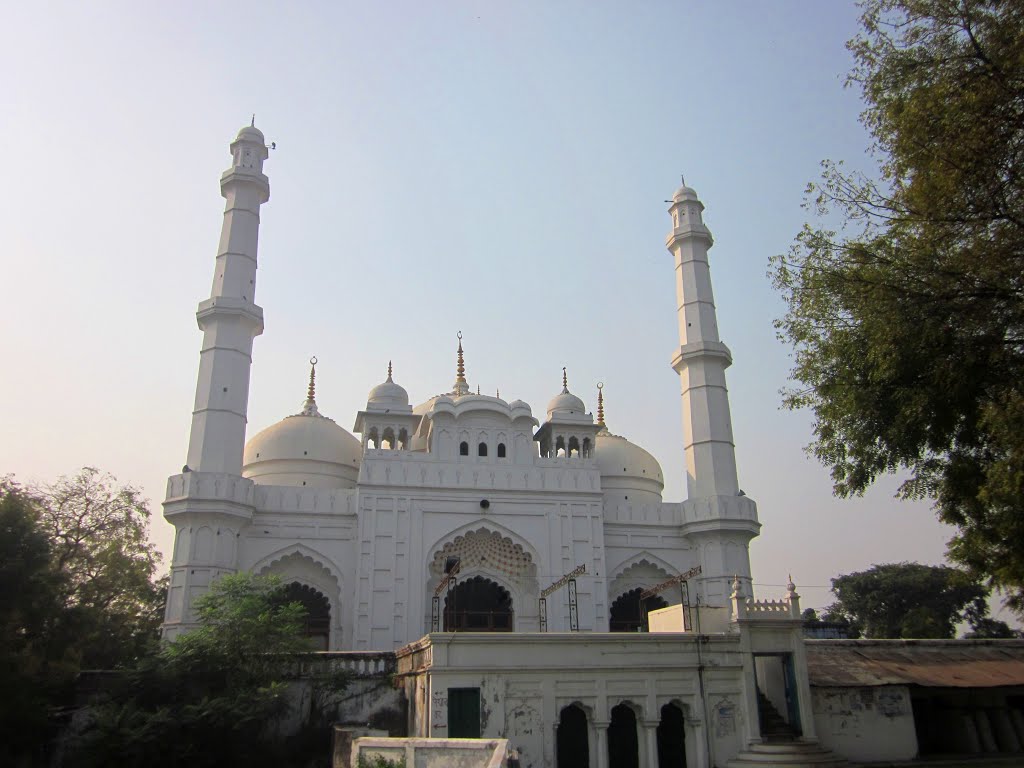
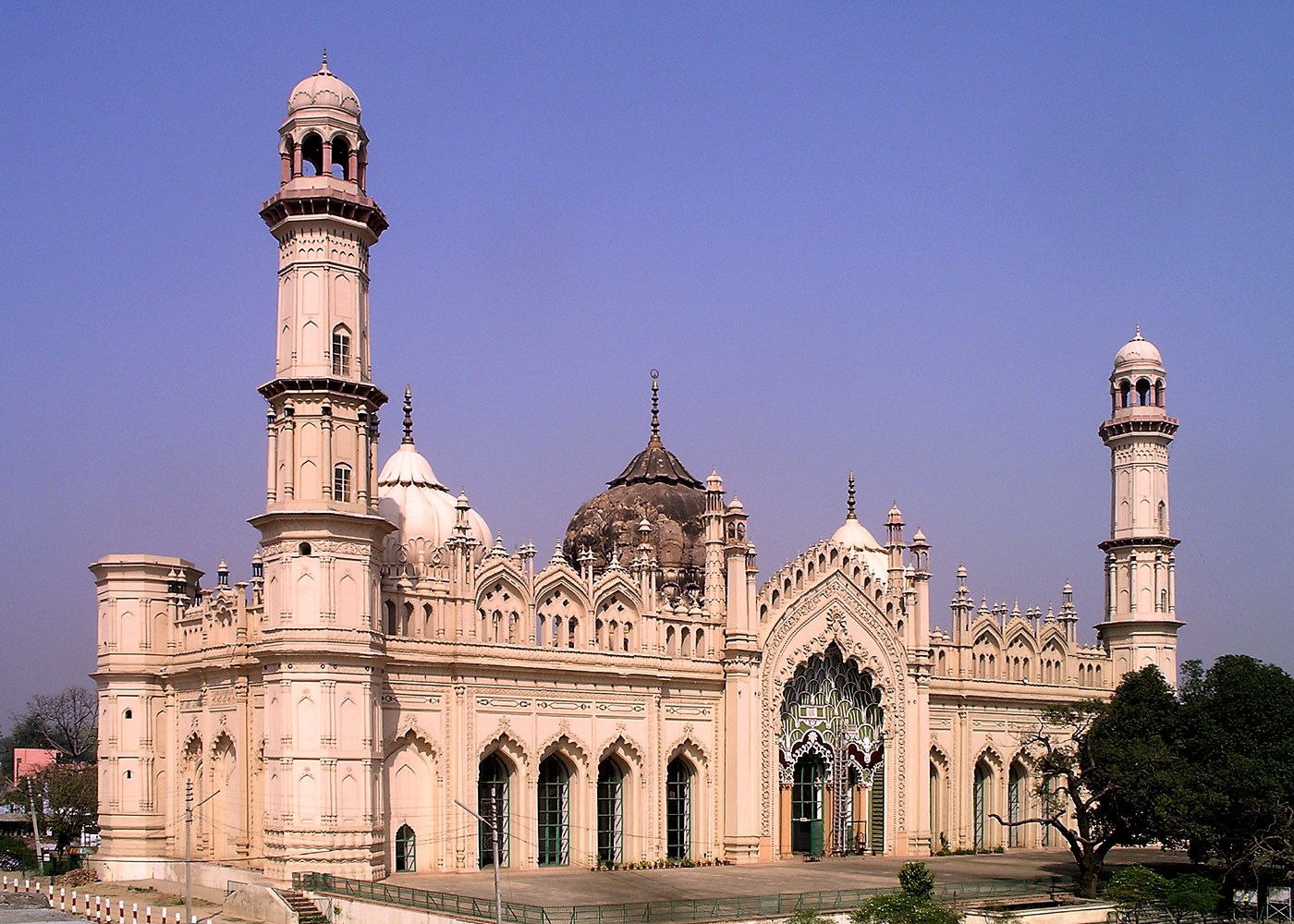

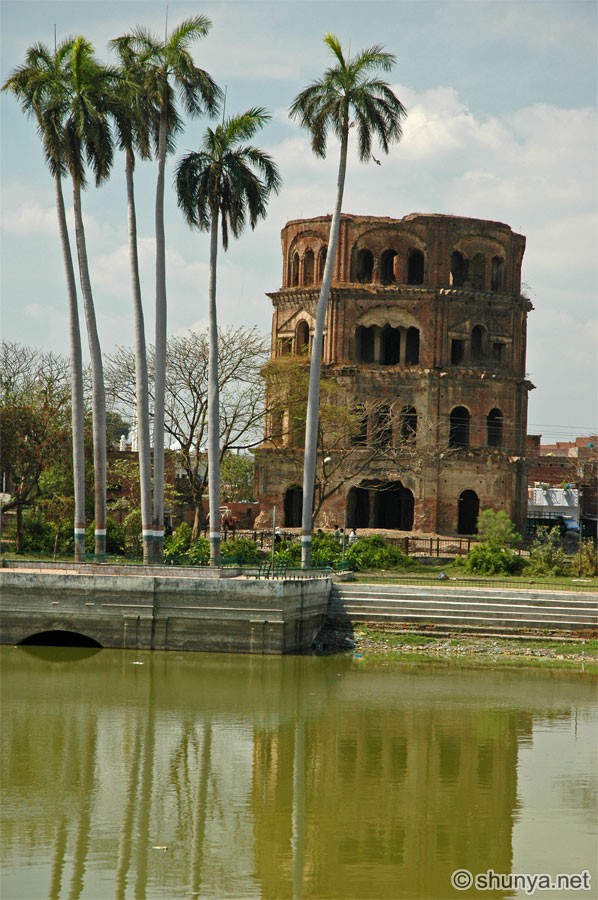
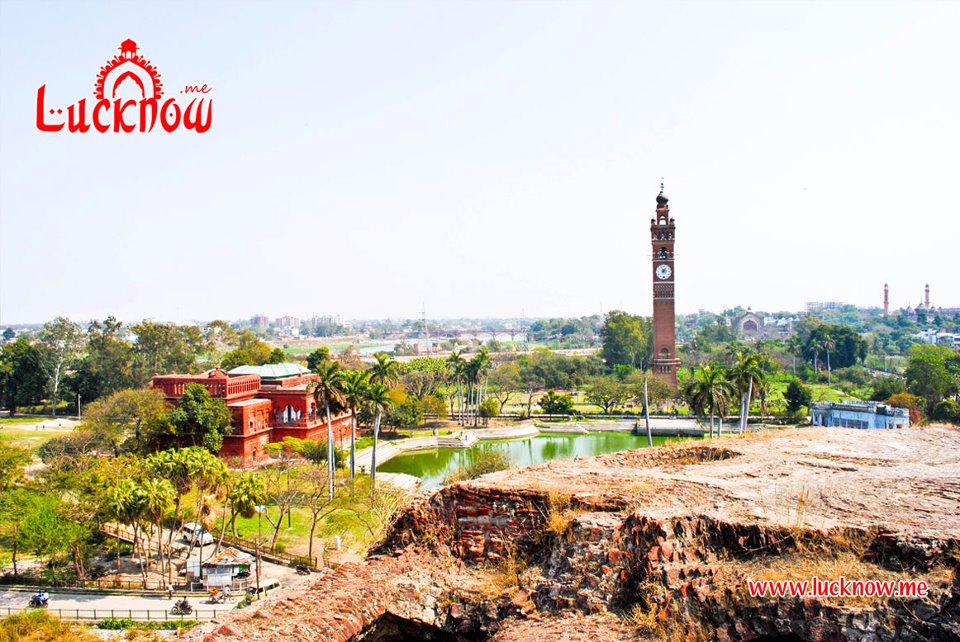
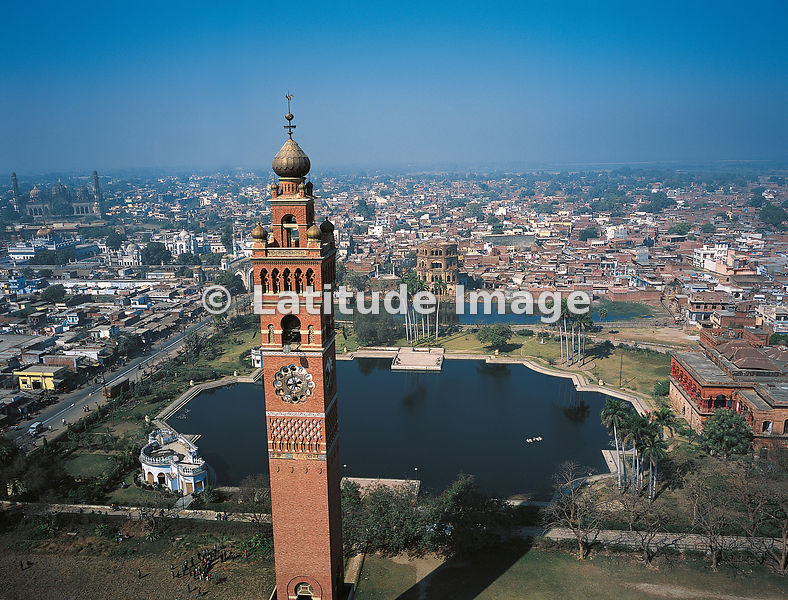
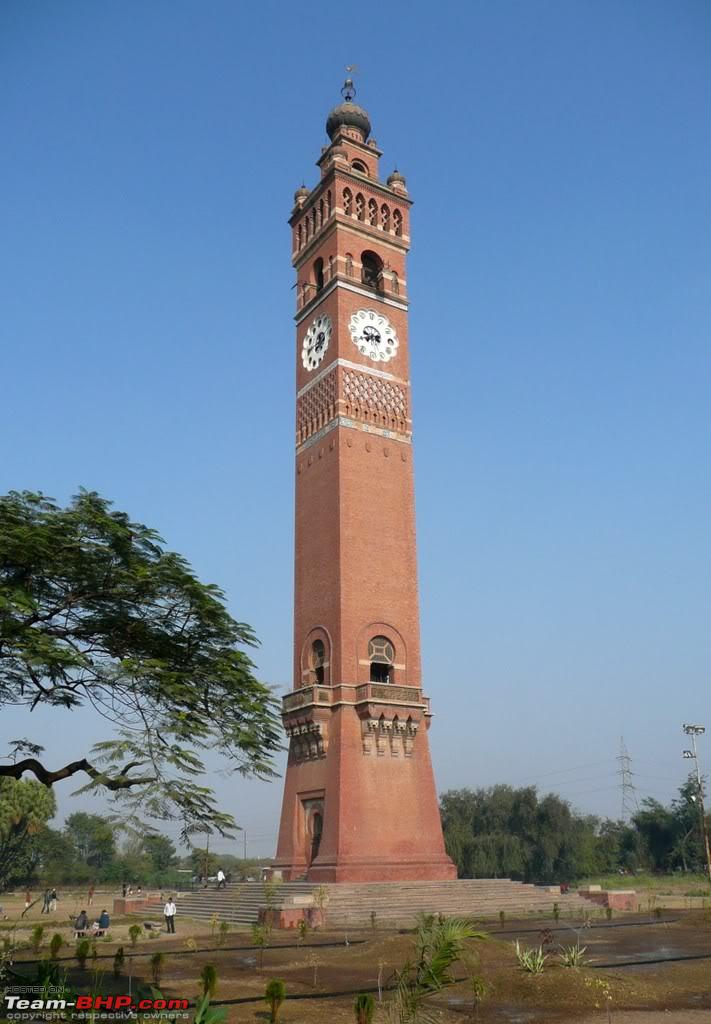
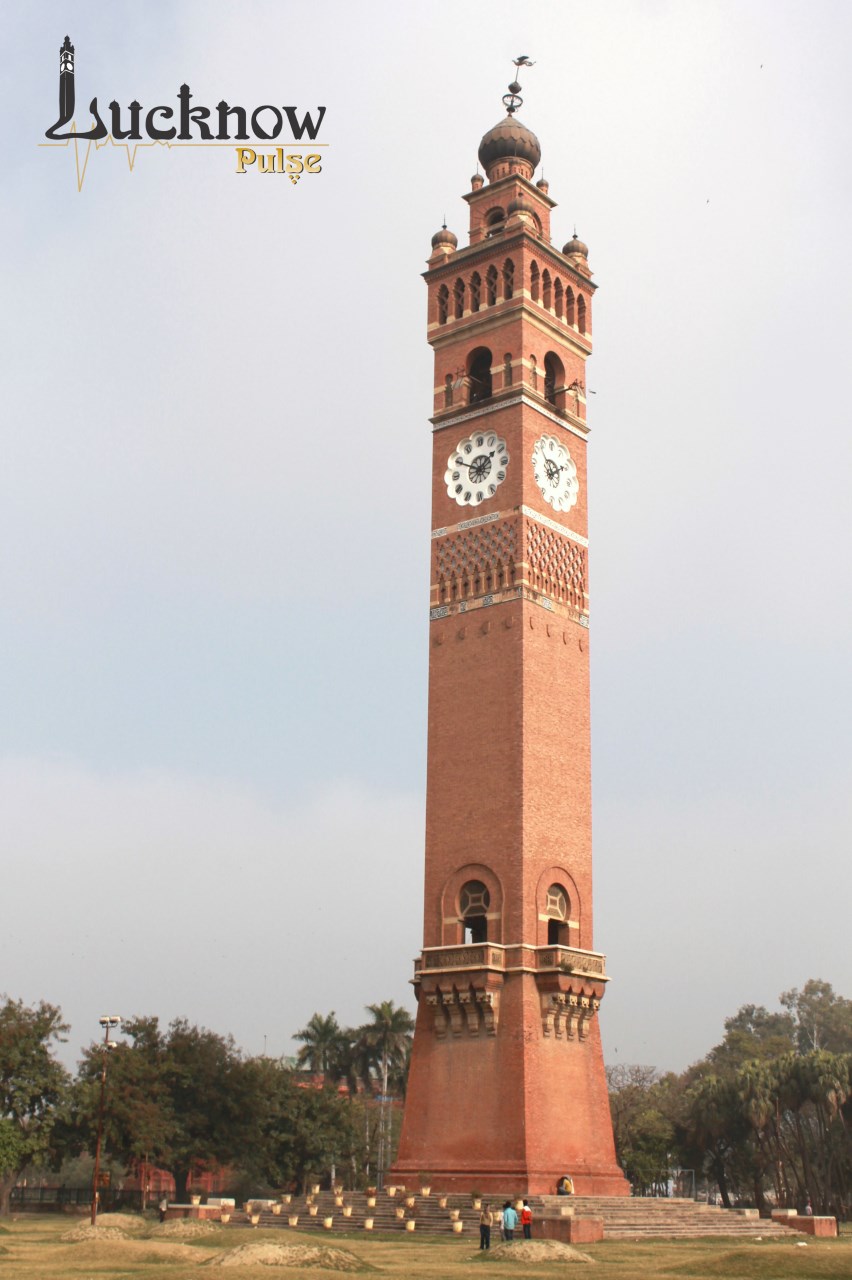
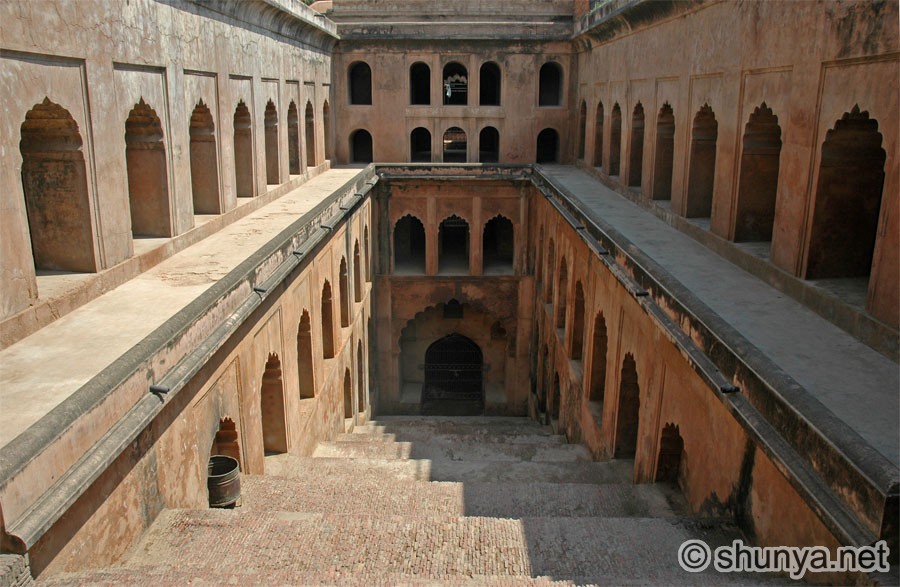
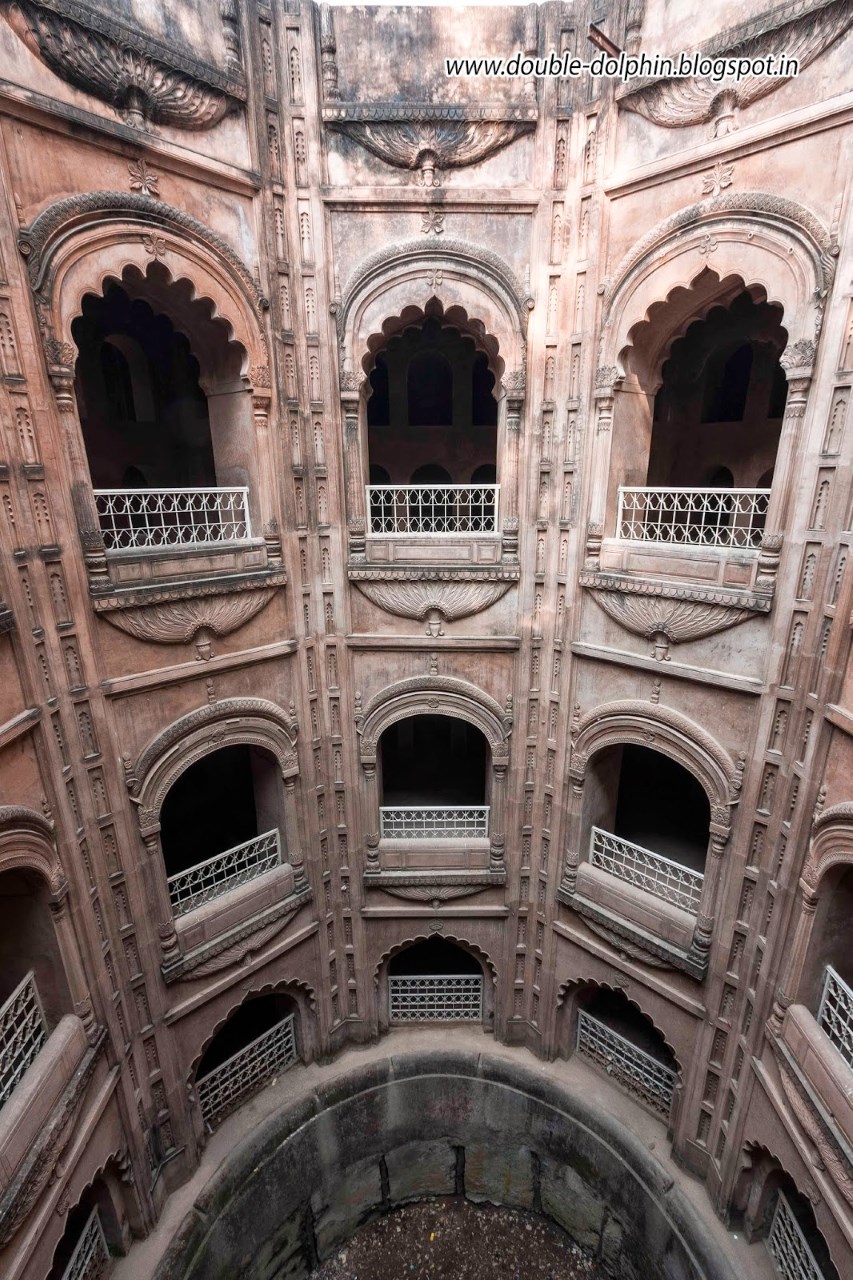
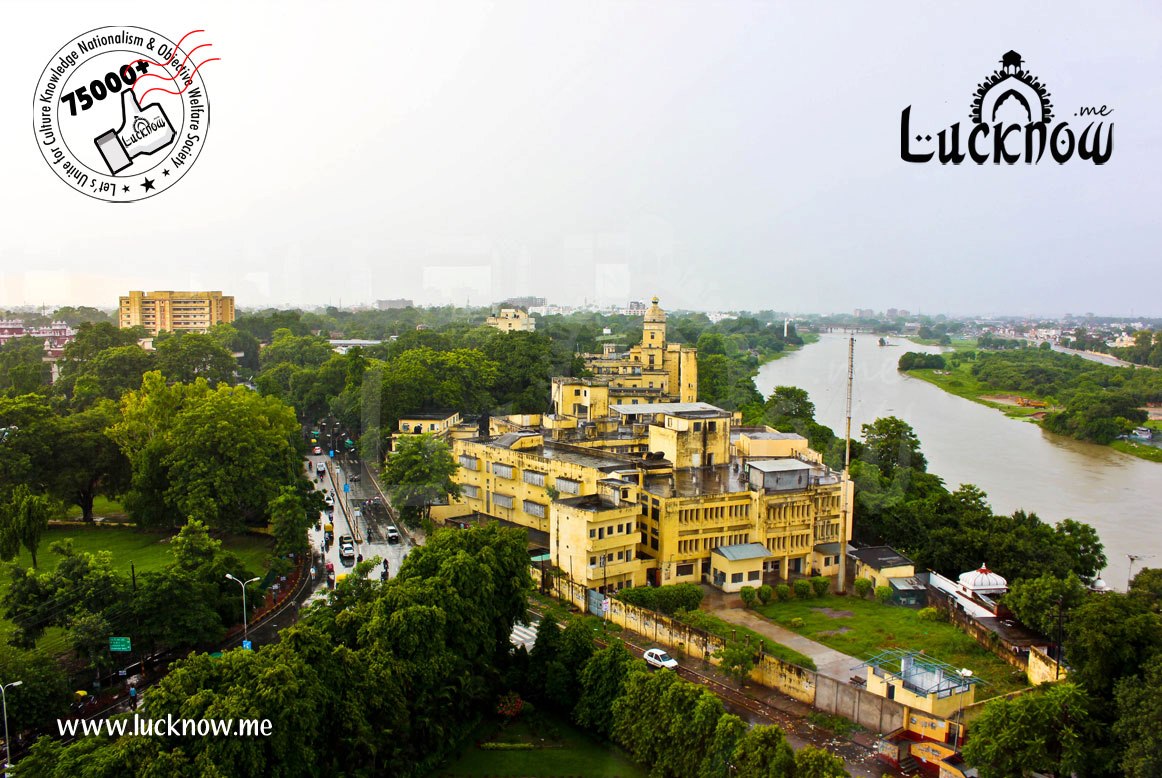
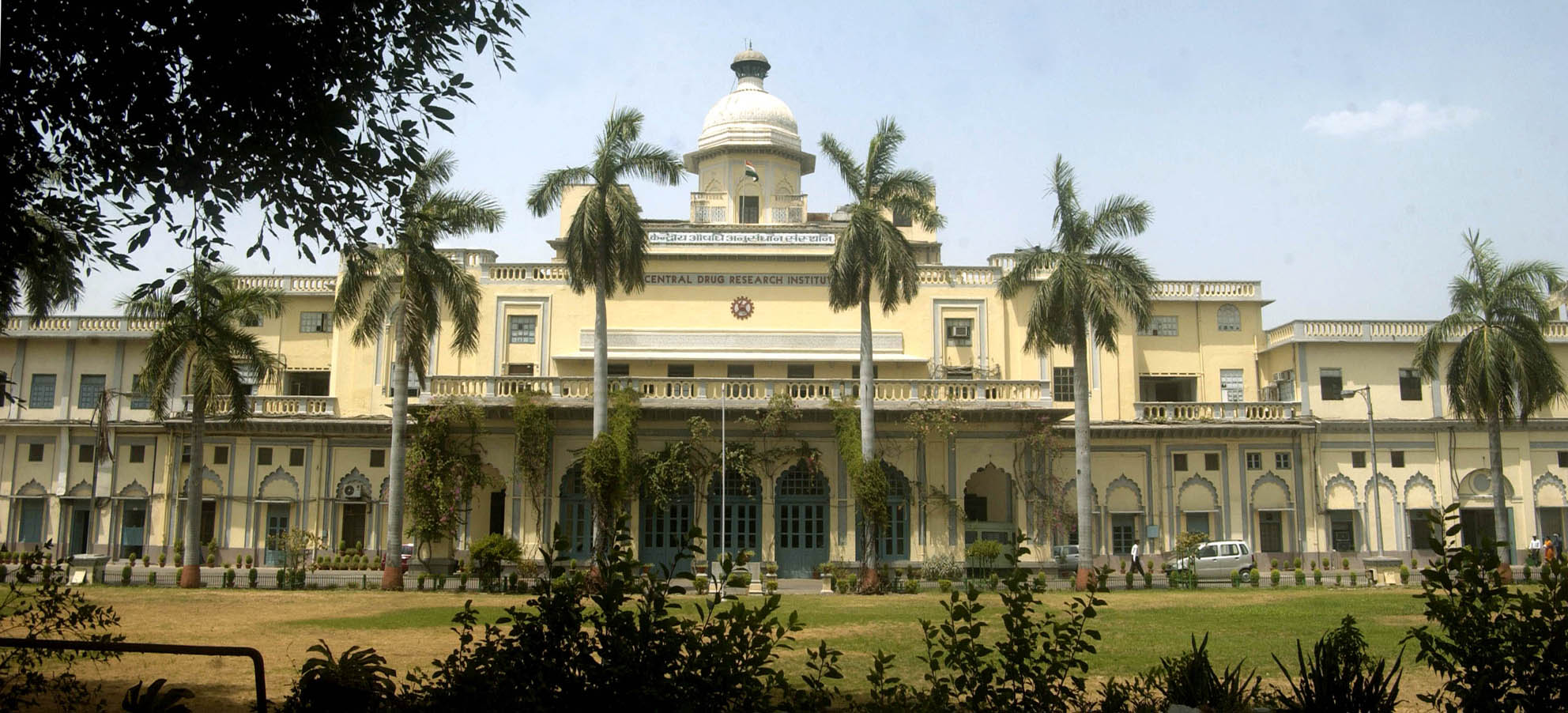
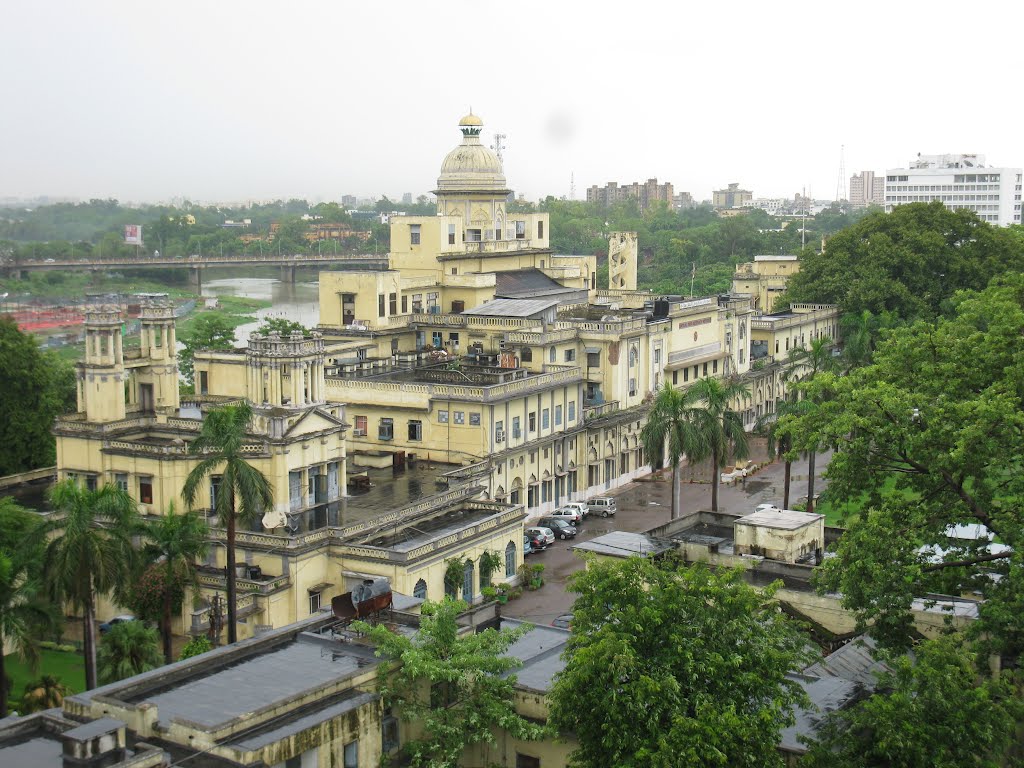

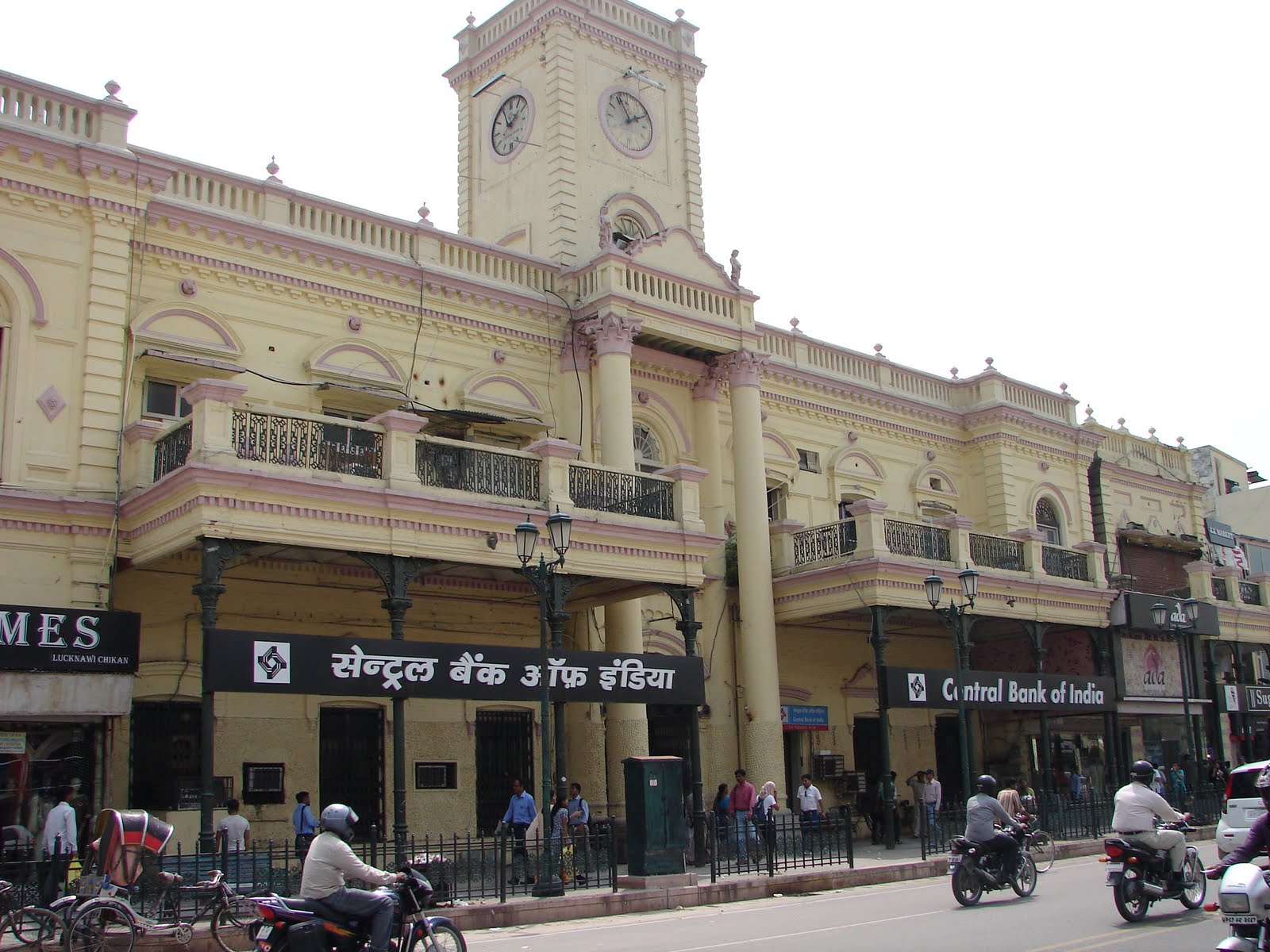
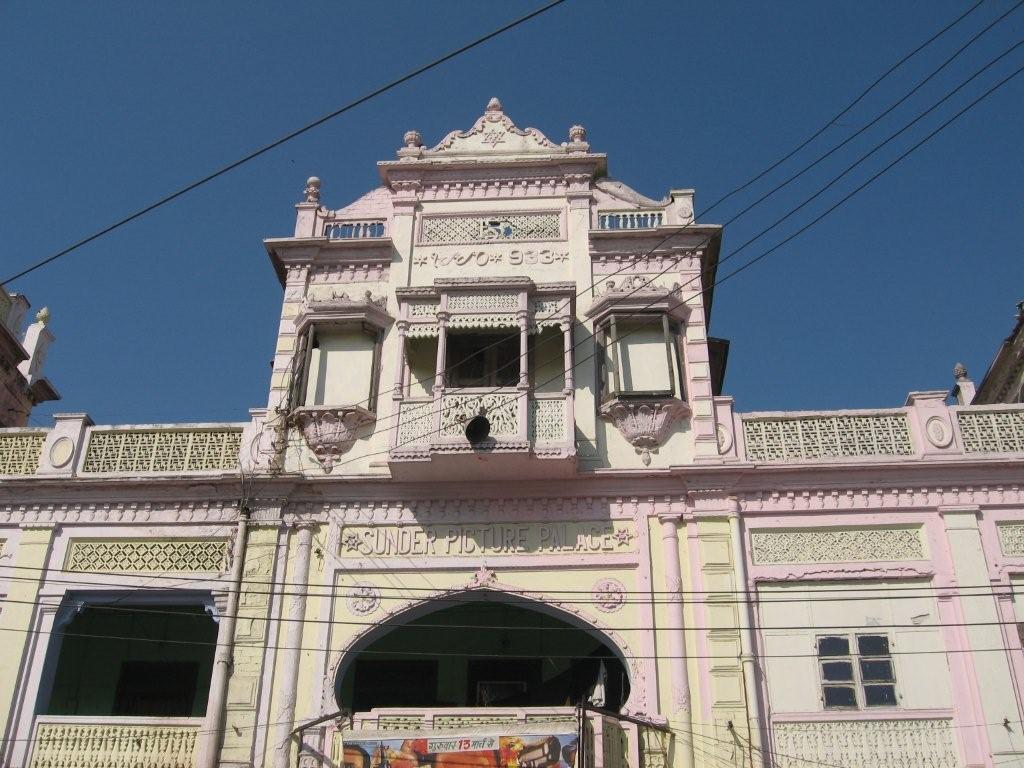
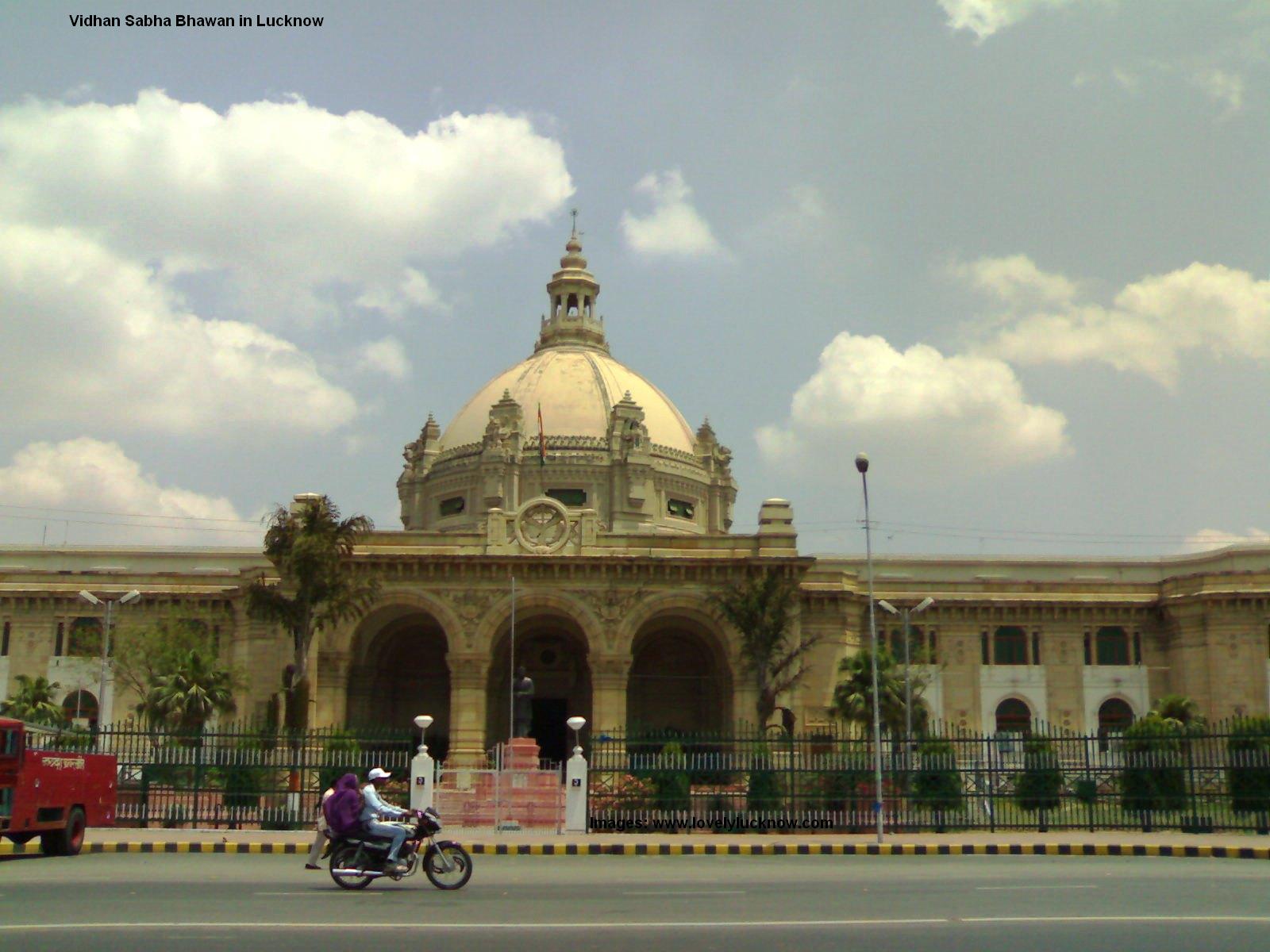
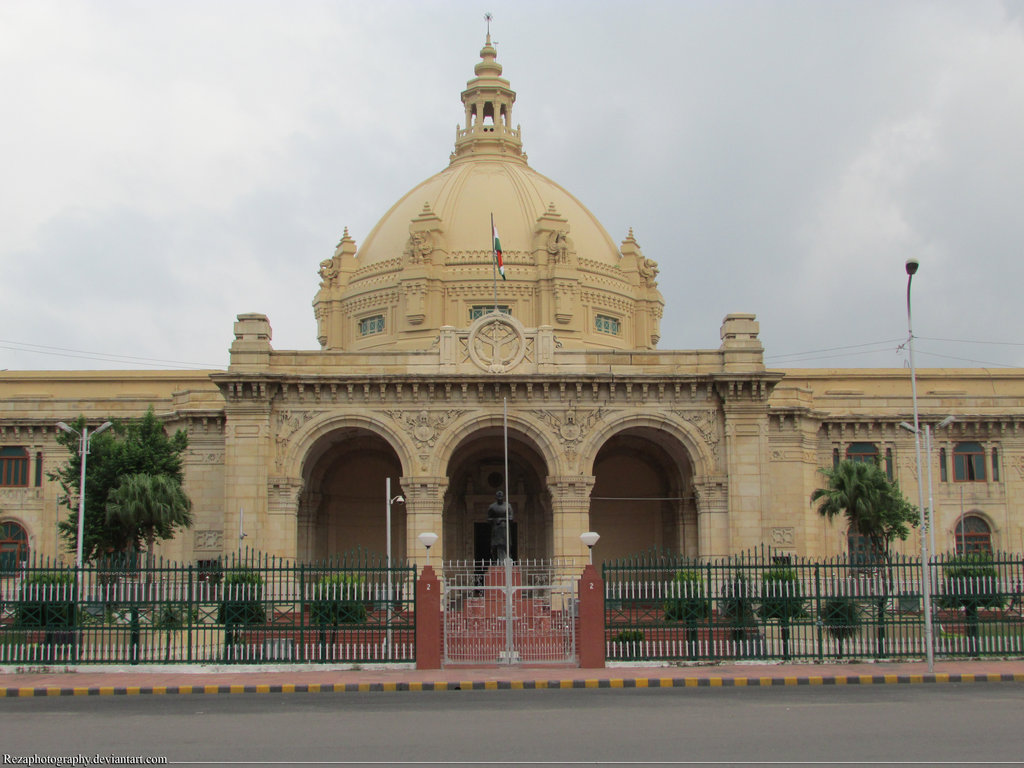
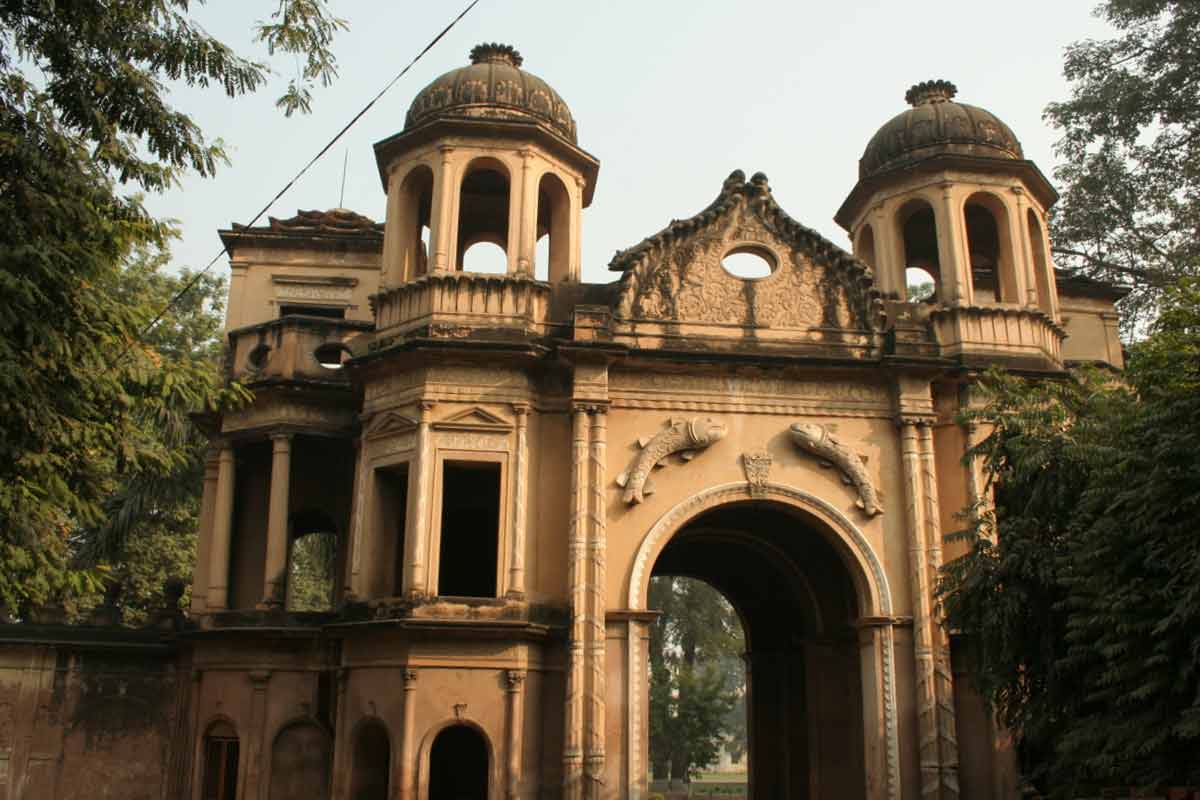
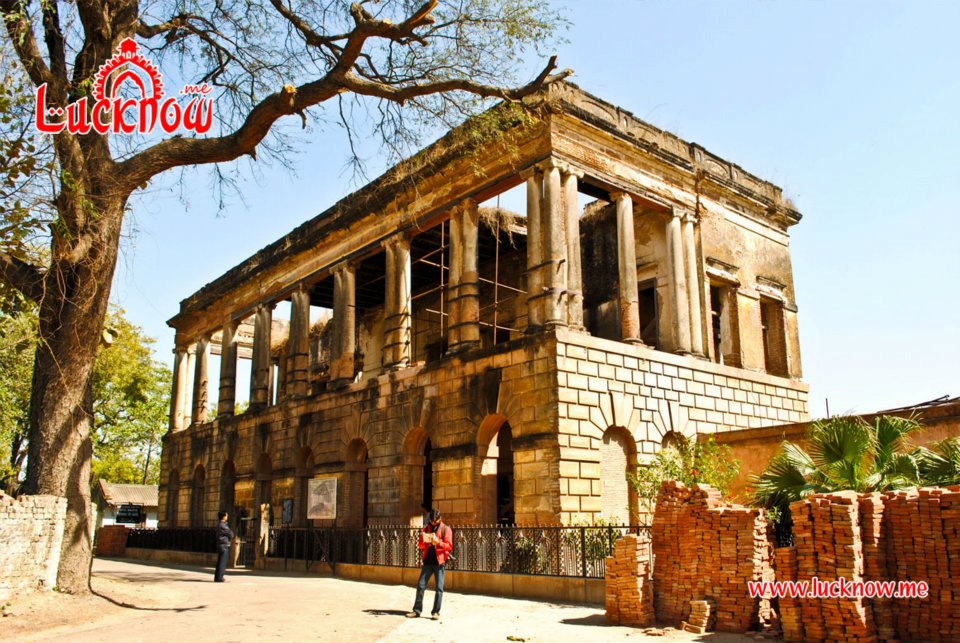
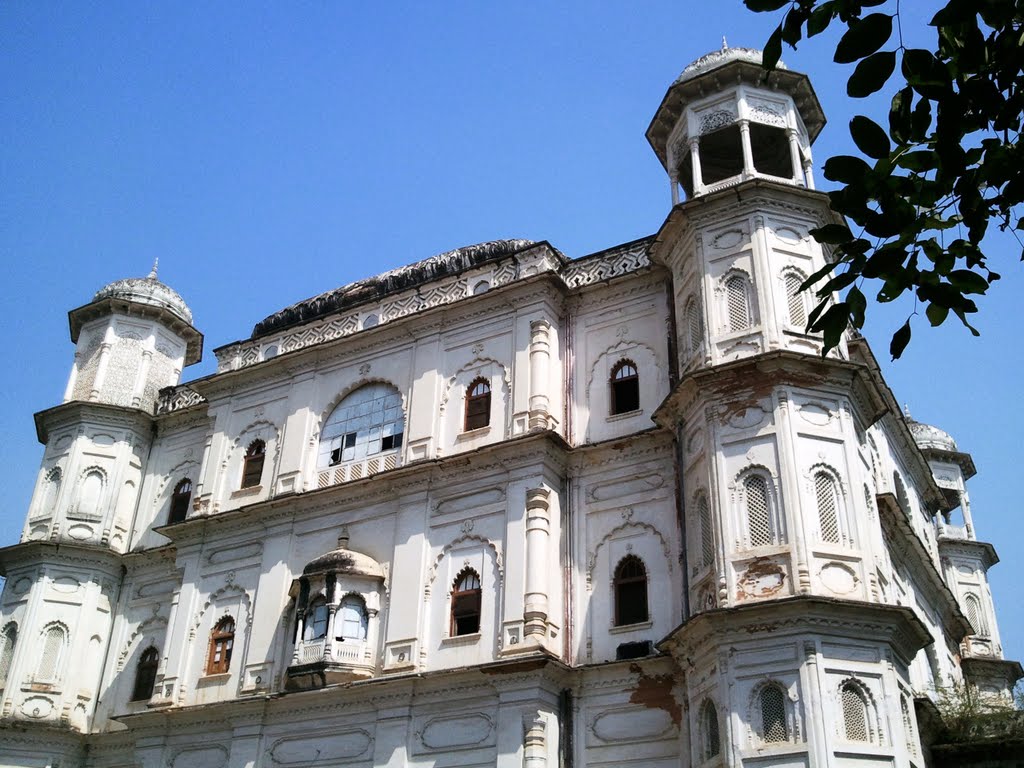
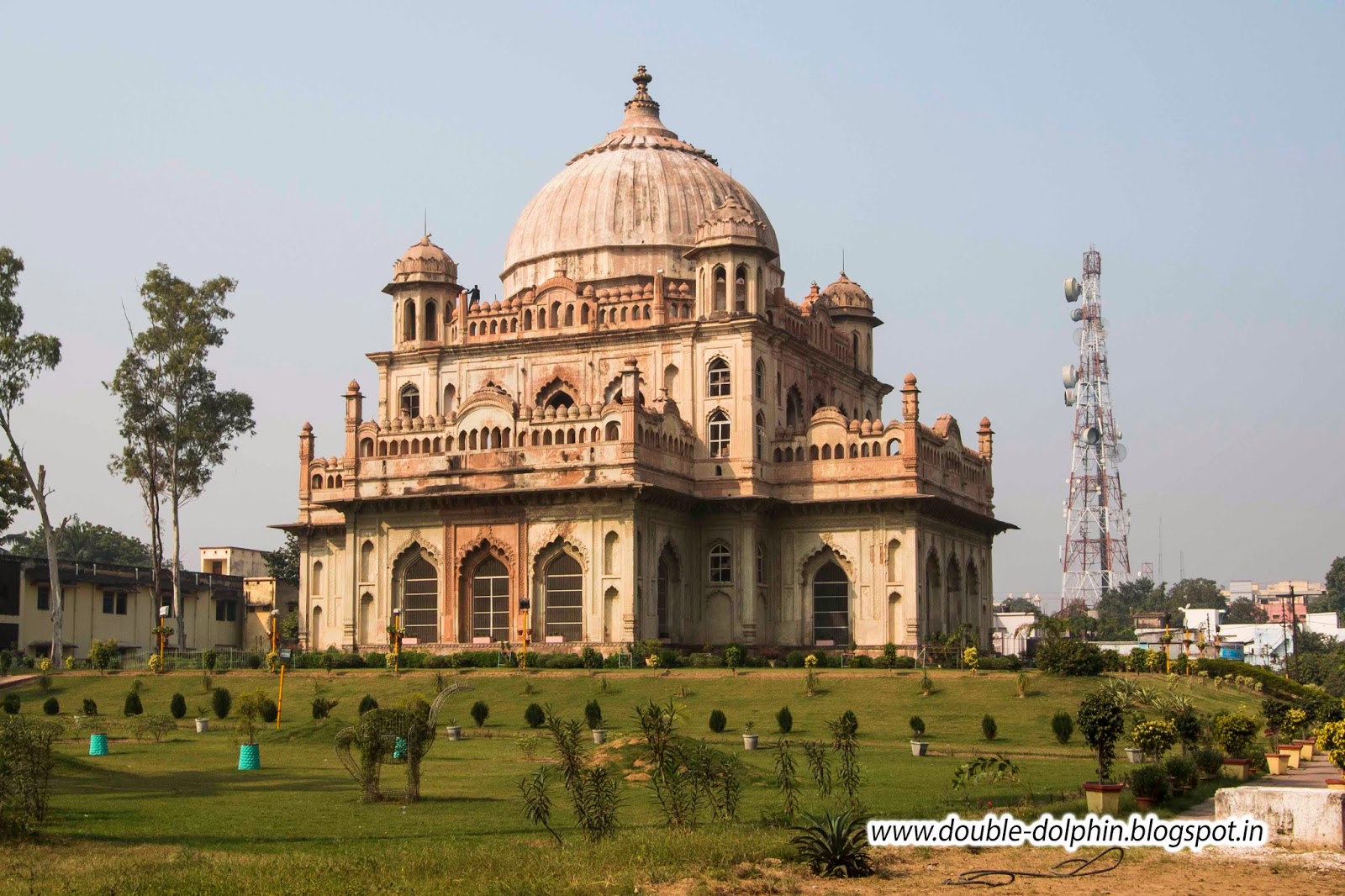
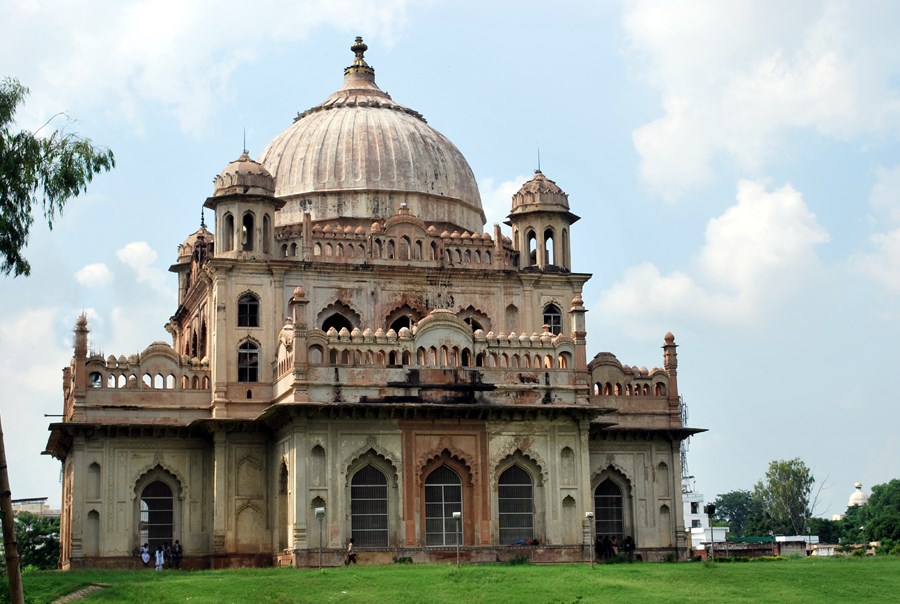
Lucknow Tourism
Lucknow’s rich heritage and culture makes it a tourists’ haven. The heart of the city is littered with splendid monuments and buildings from the days of the nawabs. While many important buildings were destroyed and many more are past their best days, much remains that reflects the city’s glory. Lucknow’s social and cultural milieu is such that history, art and culture are part of its everyday fabric and visitors can find many things that interest them.
Travel in Lucknow
Visitors to Lucknow, especially those arriving by train, know what’s in store when they set eyes on the impressive Charbagh Railway Station in Lucknow. Built in the Indo-Saracenic style, they can note with interest that an aerial view of the station shows its plan as a chessboard with its domes and pillars as the pieces. As they travel into the city, passing through the various neighbourhoods, they can appreciate the pleasing skyline of domes and minarets. Though the modern age asserts itself in Lucknow, the city’s past is more than just a memory.
Major Tourist Attractions of Lucknow
Bara Imambara
Lucknow’s grandest monument, the Bara Imambara is a testament of the vision of the nawabs and the skill of the artisans who worked on it. The complex includes a mosque (Asafi Masjid), a labyrinth (bhul bhulaiya) and a step well (Shahi Baoli). It was built in 1785-91 during the reign of Nawab Asaf-ud-Daula as a famine rehabilitation project and designed by Delhi architect Kifayatullah. Inspired by Mughal architecture, the Bara Imambara's main hall holds the mausoleum of Asaf-ud-Daulah. The tomb is surrounded by eight chambers built to different heights and connected by an elaborate labyrinth which supports the weight of the building.
Major Tourist Attractions in Lucknow
Asafi Masjid
The cynosure of all eyes at the Bara Imambara, the Asafi Masjid is an impressive sight with its domes and 153 feet high minarets. Two large prayer halls, each 183 feet long, 32 feet high and with 11 arched doors, hold the faithful. A large platform in front has a flight of 28 steps leading to it. The mosque is named after its builder Asaf-ud-Daulah and also offers fine views of the city from its roof top.
Rumi Darwaza
Adjacent to the Bara Imambara complex, the imposing Rumi Darwaza Lucknow draws visitors to it. It once marked the entrance to Lucknow and is a fine example of Awadhi architecture. It stands 60 feet tall and was modeled after the Sublime Porte in Istanbul. The Rumi Dawaza consists of an arched entrance, with intersecting arcs forming a honeycombed pattern, surmounted by an octagonal chhatri which is accessible by a staircase. It would be lit at night by a huge lantern kept on top of it and had small jets of water sprouting from the sides, creating a beautiful effect. The monument's name is derived from "Rome" from the days when Istanbul was called the new Rome.
Shahi Baoli
Within the precincts of the Bara Imambara Lucknow, the Shahi Baoli is a magnificent step well that was built around a reservoir which was dug to supply water for the construction of the monument. It was later expanded to to serve as a guest house for Nawab Asaf-ud-Daulah whose son, the next nawab, was coronated here. Consisting of five storeys, the building’s floor is remarkable for its white marble with inlay work in black and red. Its supply of water is perennial as it is connected to the Gomti River. Warren Hasting is one of the many distinguished guest to have stayed here.
Chhota Imambara
Delicacy and detail characterise the Chhota Imambara. It was built by Nawab Muhammad Ali Shah in 1838 and serves as his mausoleum. Its interiors are lit by Belgian chandeliers and the exteriors are decorated by a gilded dome and several turrets. A watch tower called the Satkhanda stands outside the Chhota Imambara which is also known as Hussainabad Imambara.
Chattar Manzil
Surmounted by a gilt umbrella-like dome, the Chattar Manzil today houses the Central Drug Research Institute. It was built by Nawab Ghazi-ud-din-Haider.
Moti Mahal
Built on the riverfront of the Gomti River, Moti Mahal was used as a pleasure palace by the nawabs. They would watch birds flying or stage animal fights here.
La Martiniere
The imposing facade of La Martiniere, a school for boys, masks a story of adventure and courage. Called Constantia, it was built by a French adventurer, Claude Martin, in 1785 as his residence and the school came into being in 1845 on his request after his death. For its role in the events of 1857, the school was awarded royal battle honours. The building displays a curious mixture of architectural styles and is profusely ornamented.
The Residency
Once the British Residency in Lucknow, the ruined buildings are a testament to the fierce fighting that erupted during the Siege of Lucknow in 1857. Built in 1800, it served as the residence of the British Resident General and was the place where the British residents of the city took refuge. It has been preserved as it was at the end of the siege. Nearby are the graves of 2,000 men, women and children who died during the battle.
Safed Baradari
Also known as Qaiser Bagh, it was built by the last nawab, Wajid Ali Shah, to commemorate Muharram. Painted white, it stands in its own gardens and is used to hold functions today. It is a property of the British India Association of Oudh.
Jama Masjid Lucknow
Located in the Husainabad area of the city, the splendid Jama Masjid is another striking example of Lucknowi architecture. Built by Nawab Mohammad Ali Shah in 1842, it remains incomplete. Its grand entrance echoes the design of the Rumi Darwaza. The interiors are decorated with foliage and flowers and the Mehrab is imprinted with verses from the Quran. The Jama Masjid has two prayer halls. A staircase in the south-east corner of the mosque leads to the roof top.
Shah Najaf Imambara
Located in the heart of the city, next to the National Botanical Research Institute, it was built by Nawab Ghazi-ud-din-Haider in 1817 and serves as his mausoleum. It was modeled after the tomb of Hazrat Ali, the fourth Caliph, in Najaf, Iraq and is on the Gomti riverfront.
Ghanta Ghar
The tallest clock tower in India at a height of 221 feet, the Ghanta Ghar was built by Nawab Nasir-ud-din-Haider in 1880 to honour Sir George Couper who had taken over as the first governor of United Provinces. Built in the Indo-Saracenic style, it is appreciated for its large dial shaped like a 12-petalled flower, decorated with bells all around, and its 14-feet long pendulum. The clock tower is located a short distance away from the Bara Imambara. It was recently restored and chimes again after having been silent for many years.
Lakshman Tila
Believed to be the site of the original habitation of Lucknow, it is located north of the Bara Imambara on the riverfront of the Gomti, close to the Alamgiri Masjid.
Lucknow Zoo
Known as the Prince of Wales Zoological Gardens, the Lucknow Zoo in Hazratganj is a popular spot for visitors. Its collection includes a variety of animals and birds including white tigers, lions, baboons, giraffes, zebras, emus and macaws.
Ambedkar Memorial Park Lucknow
A recent addition to the imposing monuments of Lucknow, it seeks to match them in scale. Built in 2008 by former Uttar Pradesh chief minister Mayawati in Gomti Nagar, it is constructed of sandstone in a 107-acre park. A stupa in the centre contains the statues of Dr. Bhimrao Ambedkar, Mahtama Phule, Narayana Guru and Shahuji Maharaj. The walkway leading to it is flanked by 62 stone elephants. The memorial is set in lush landscaped gardens studded with Ashokan columns and bronze fountains.
Kukrail Dam
On Lucknow's periphery, 12 km away from the city centre, the Kukrail Dam is a popular picnic spot. Located near the Kukrail Reserve Forest, it is a gharial rehabilitation centre and also has a deer park.
Best Time to Visit Lucknow
The best time to visit Lucknow would be during the months of October to March. The weather during this period is dry and cool to cold with temperatures from a high of 320C to a low of 70C. Thick fog on winter mornings is common. Summers (April-June) in Lucknow are very hot with temperatures varying from 440C to 270C. The rainy season (July-September) sees moderate to heavy rains in the city.
Travel in Lucknow
Getting around Lucknow requires no great effort with a regular bus service, auto rickshaws, cycle rickshaws and taxis playing all over the city. It has, in fact, become easier with the introduction of air-conditioned and non air-conditioned CNG buses. The buses are run by the Uttar Pradesh State Road Transport Corporation. Bus depots are located in Charbagh, Gomti Nagar, Amausi and Dubagga. Efforts are being made to develop a metro and mono rail service for the city too.
The interstate bus station at Alambagh sees buses plying from Lucknow to all parts of the state and beyond. Lucknow is well connected by train to major cities in region and the country.
Lucknow Getaways
Lucknow has a number of interesting places close by and these include Allahabad, Kanpur, Faizabad, Ayodhya, Sravasti, Nawabganj and Dudhwa National Park. They are all within a 25-km radius from the city and easily accessible by car, bus and train. While Allahabad is famous for the Sangam, where three rivers meet and its fort, Kanpur is a centre for leather production. Dudhwa National Park is a tiger reserve and Nawabganj has a bird sanctuary. Faizabad was the former capital of the nawabs, Ayodhya is a temple town and Sravasti was a Buddhist centre.
Shopping in Lucknow
Lucknow Tourism Offices
Shopping in Lucknow is a pastime in itself. Visitors can immerse themselves in the sights and sounds of traditional bazaars in Hazratganj, Aminabad, Chowk, Nakkhas, Sadar, Narhi, Kaiserbagh, Alambagh and Aliganj. These are the places where they can pick up some exquisite Chikankari and zardosi textiles jewellery in gold and silver, antiques and bronze artifacts. Lucknow is also famed for its attar or perfumes which are available in many varieties including sandalwood, jasmine, musk, lavender and marigold. A number of ethnic home furnishings, accessories and utility items can also be bought here. Nakhas is well-known for its pavement bazaar where one can pick up delightful bargains. The bazaar in Hazratganj is closed on Sunday while Aminabad and Chowk are closed on Thursday and Narhi on Monday.
Modern malls and shopping complexes have come up around the old city and in the suburbs and they include Wave Complex, Fun Republic, Inbox-Big Bazaar, Phoenix Mall, Saharaganj and Vishal Mega Mart.
Leisure Activities in Lucknow
Lucknow offers opportunities for a host of leisure activities including kite flying, horse racing and golf. Kite flying happens mainly during the festival of Makar Sankanti in January. Horse racing and golf enthusiasts can head to the city's golf club and race course to indulge in their favourite pastimes. Dreamworld, 25 km from the city, on the Lucknow-Kanpur highway offers a water park, go-karting track and various other amusements.
Lucknow Tourism Offices
For more information tourists can contact:
Directorate of Tourism
U.P.C-13, Vipin Khand
Gomti Nagar, Lucknow - 226010
Tel: 91 0522 2307028, 91 0522 2308916
Website: www.up-tourism.com/destination/lucknow/
Regional Tourist Office
10, Station Road
Lucknow - 226001
Tel: 91 0522 2638105
http://www.lucknowonline.in/city-guide/lucknow-tourism
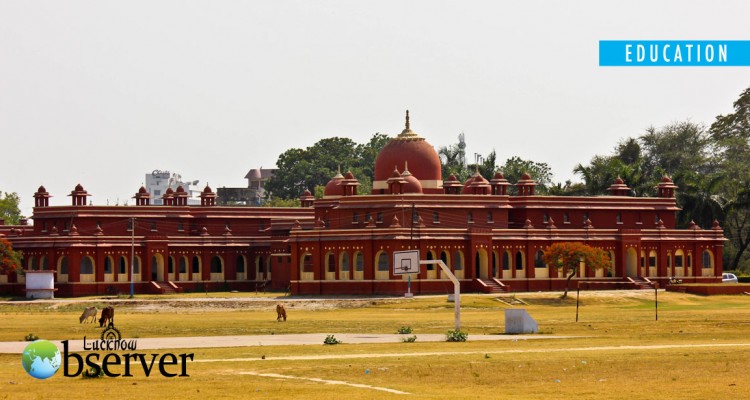
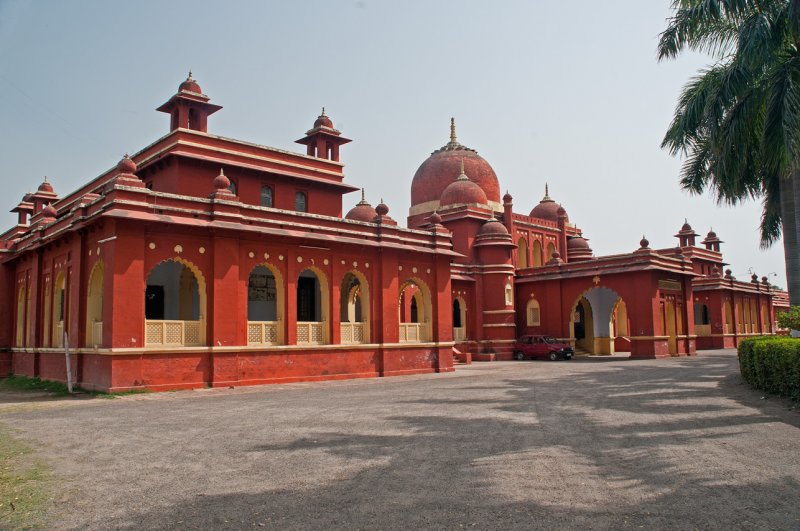
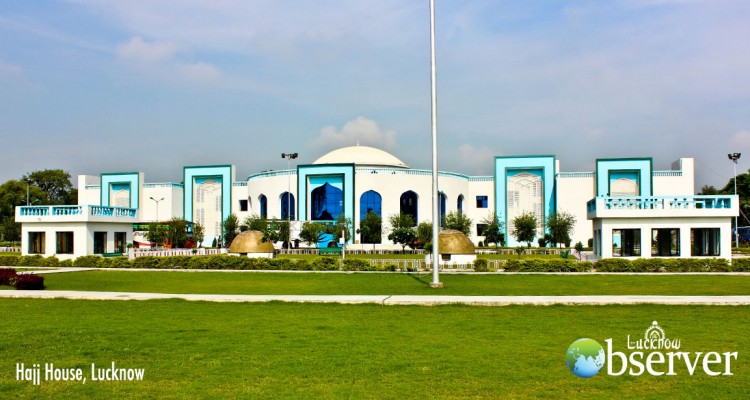
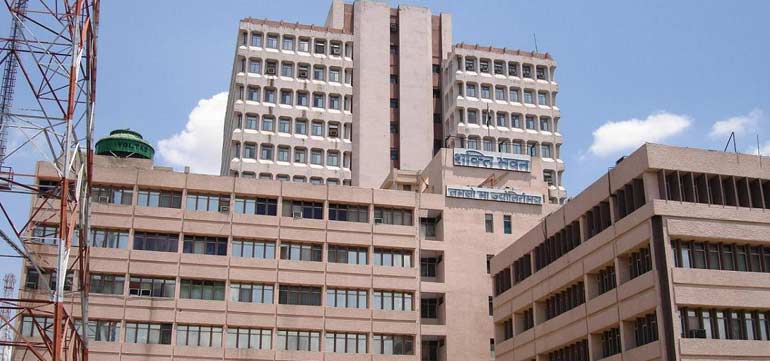
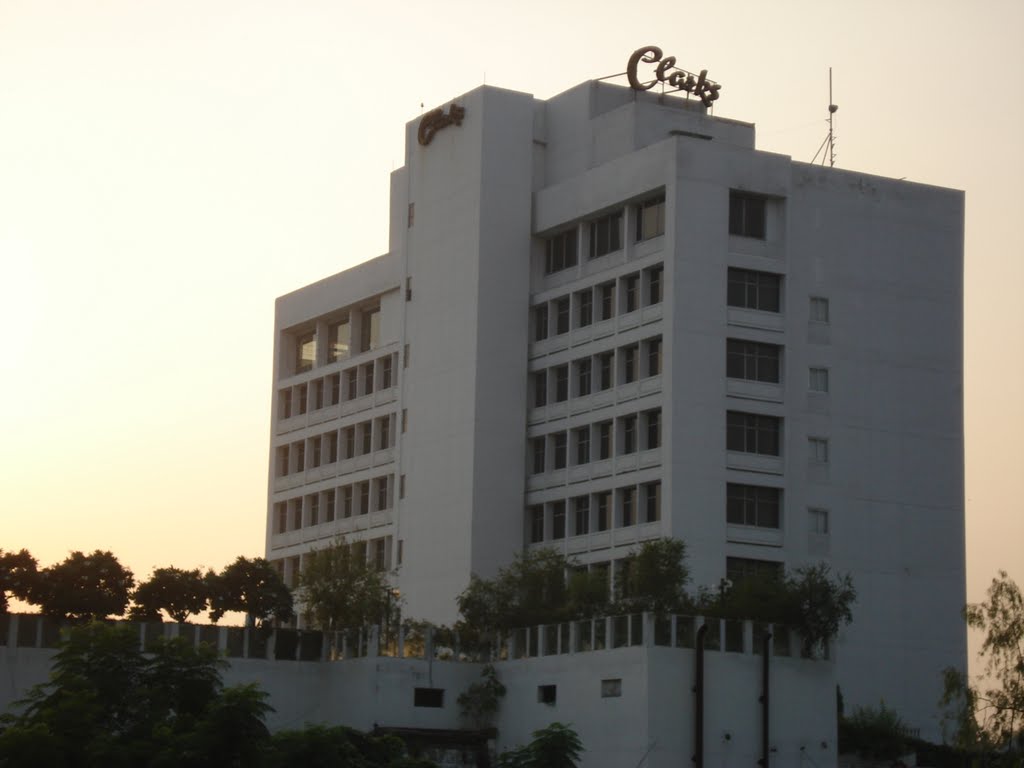
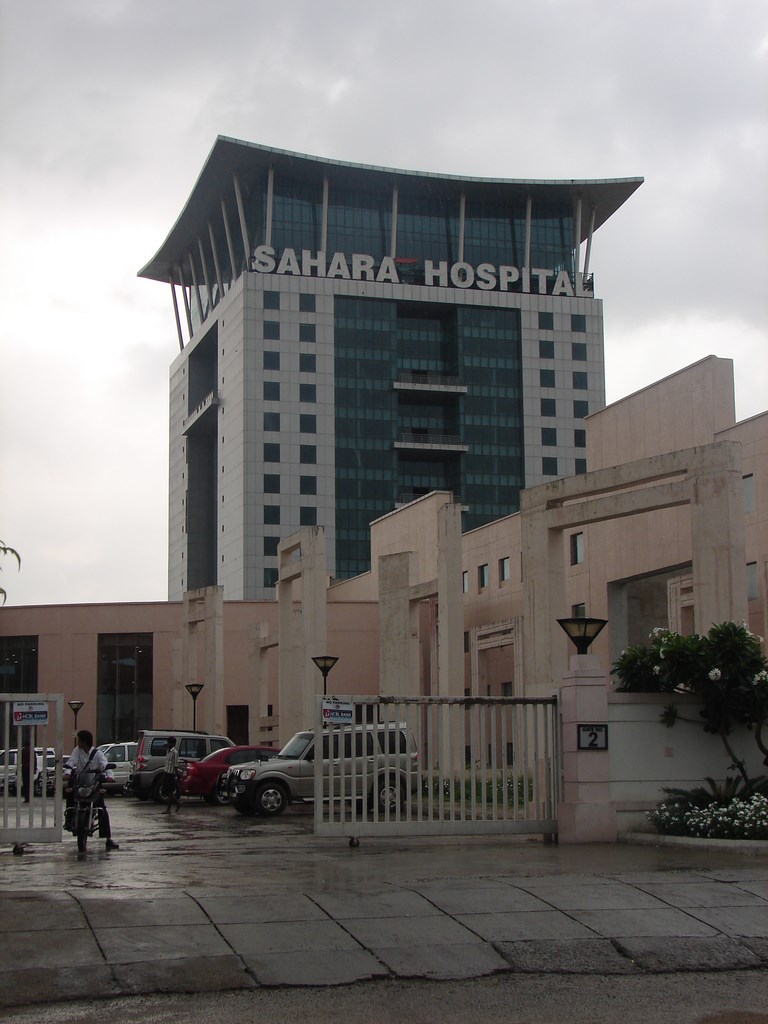
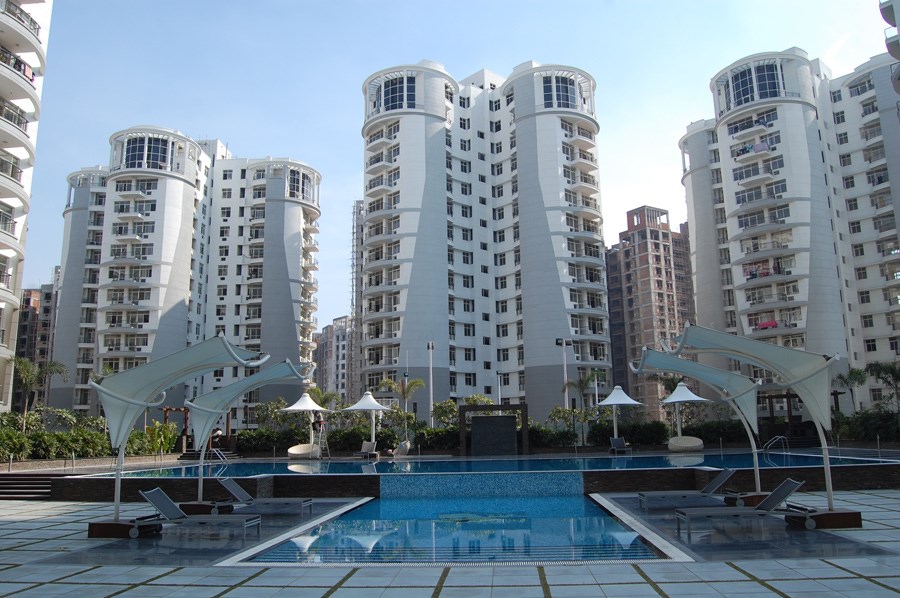
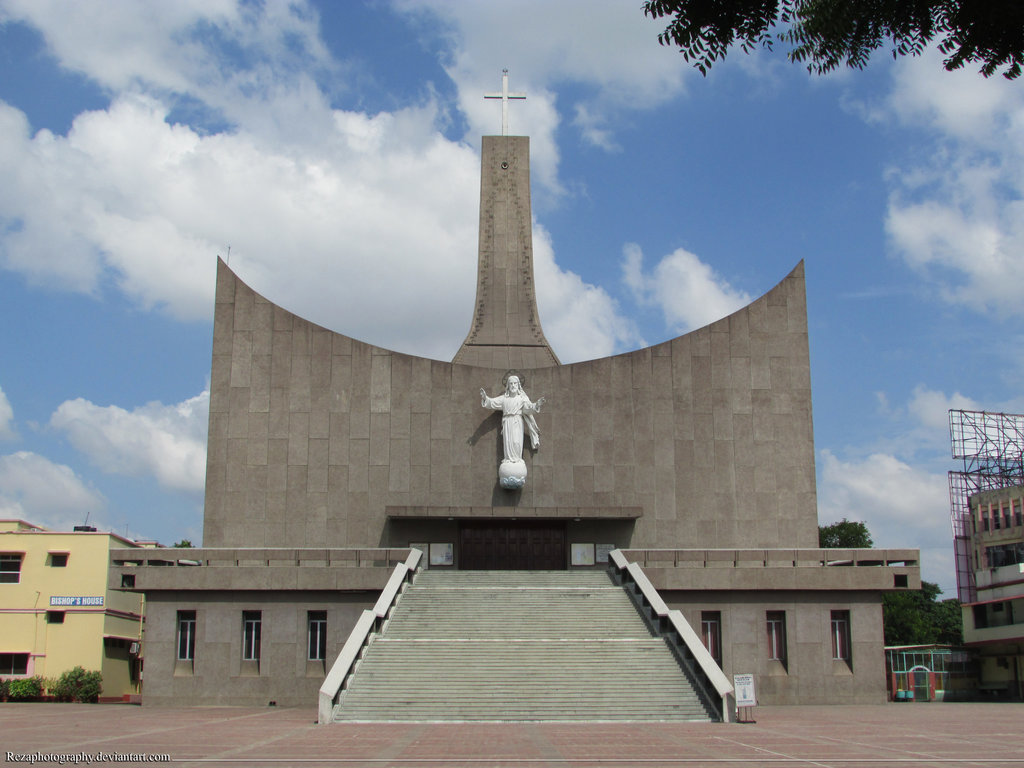
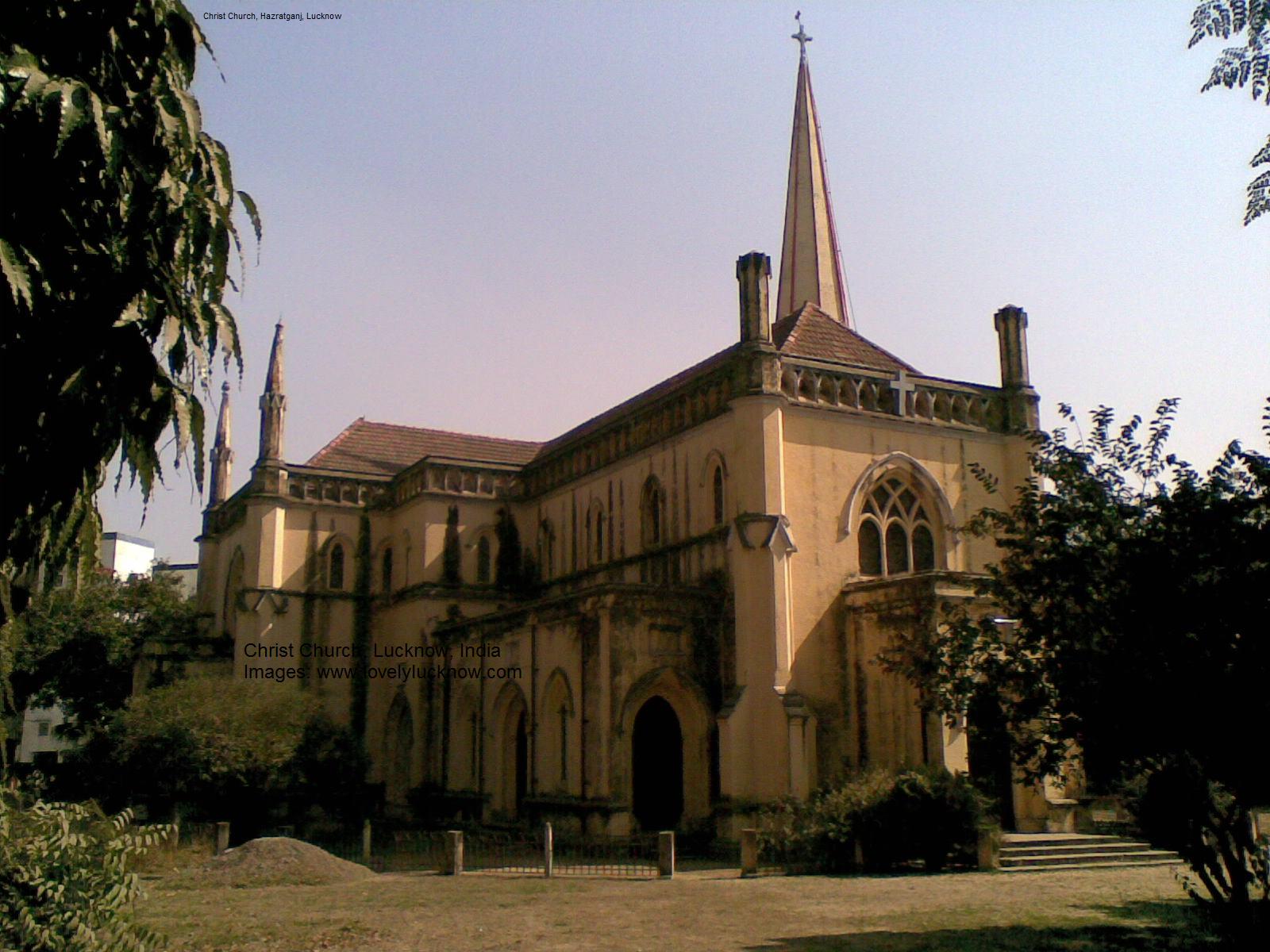

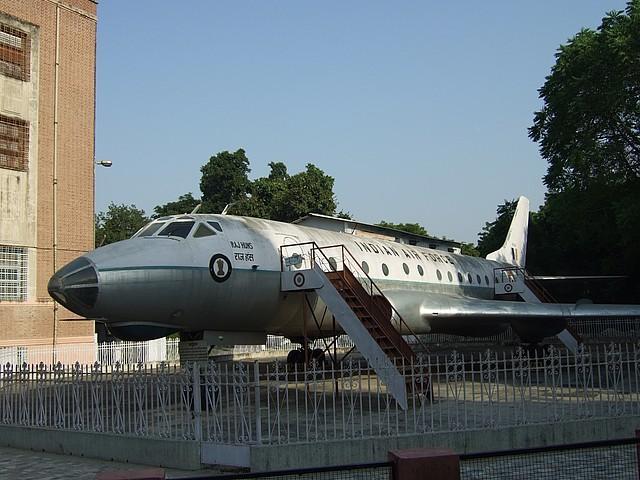
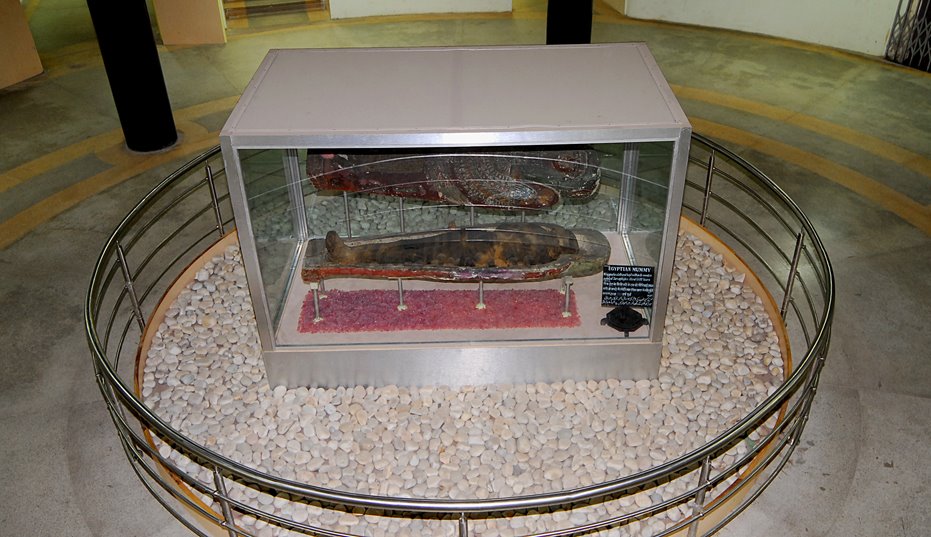
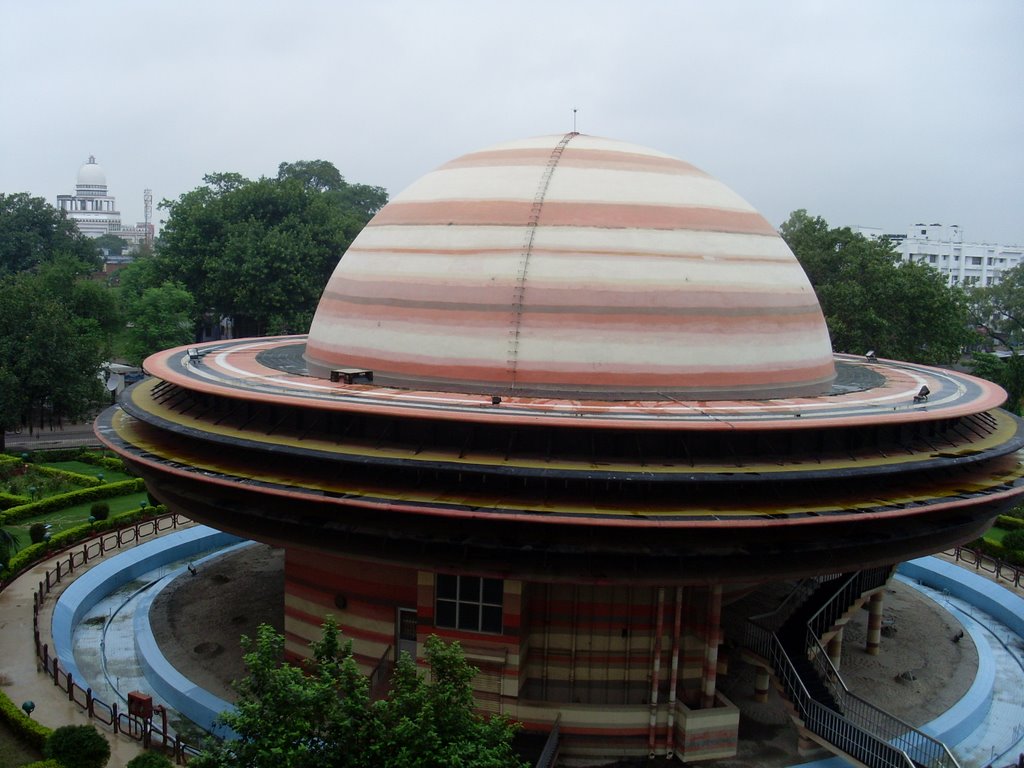
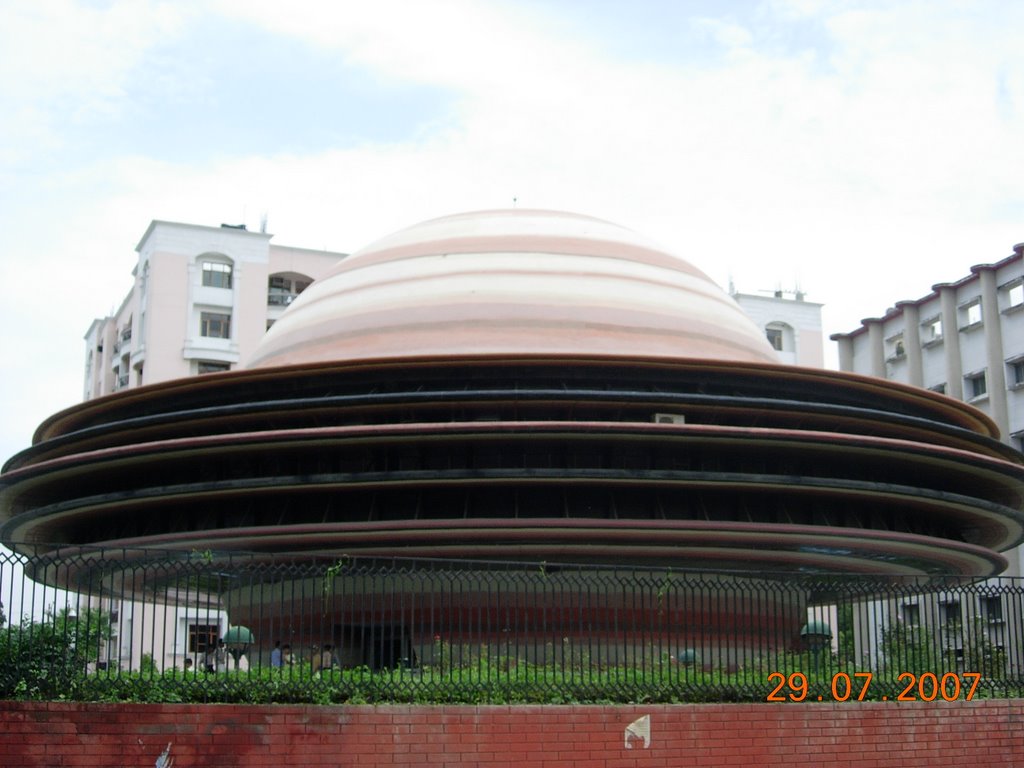
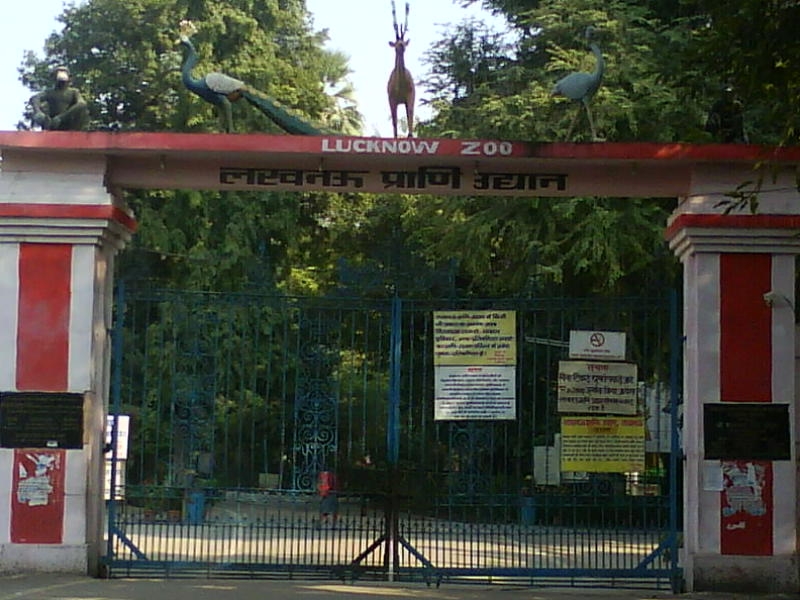
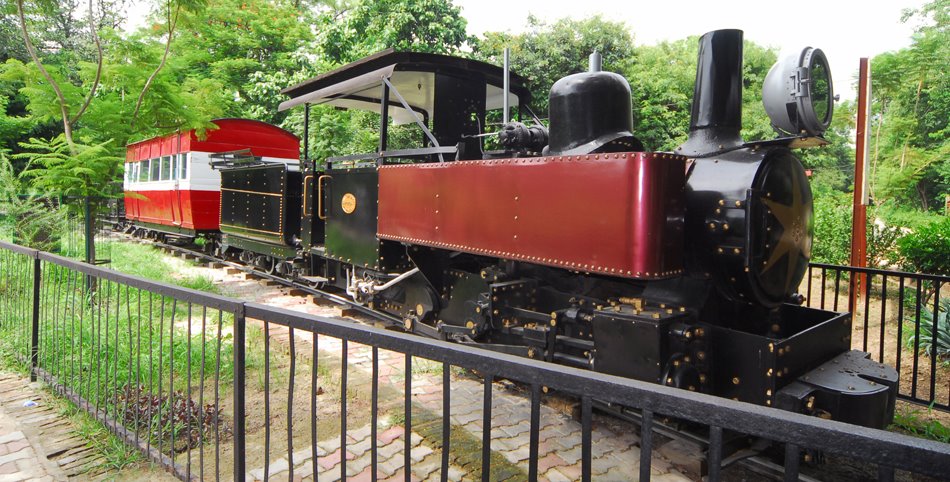
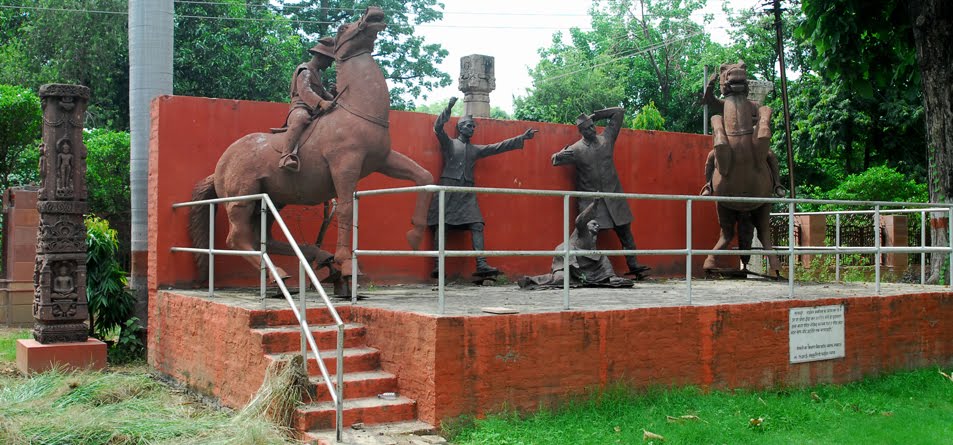

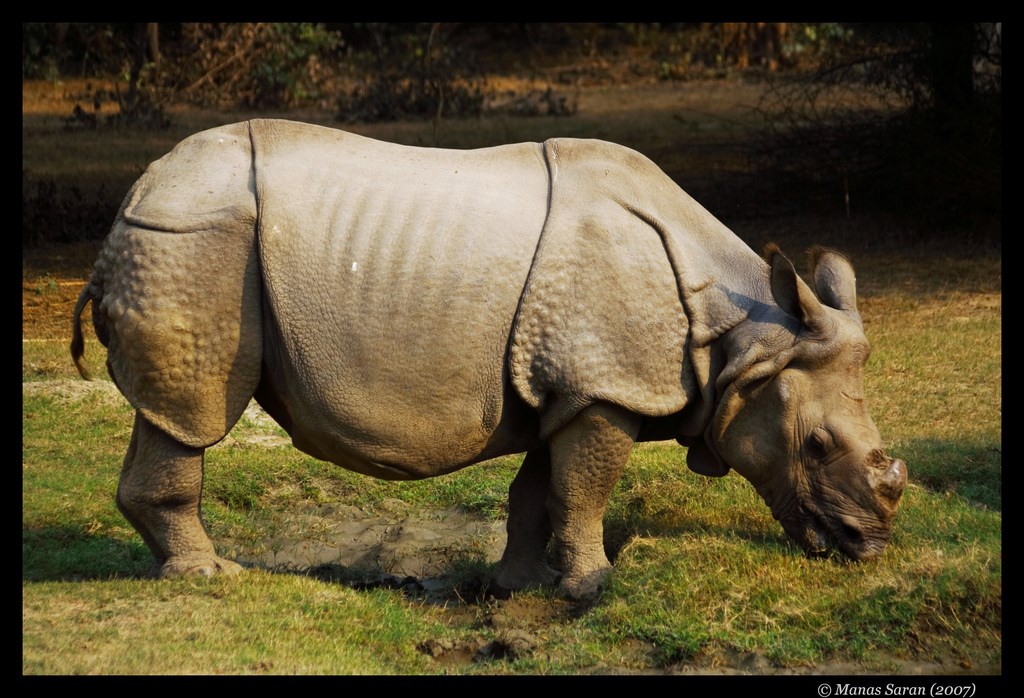
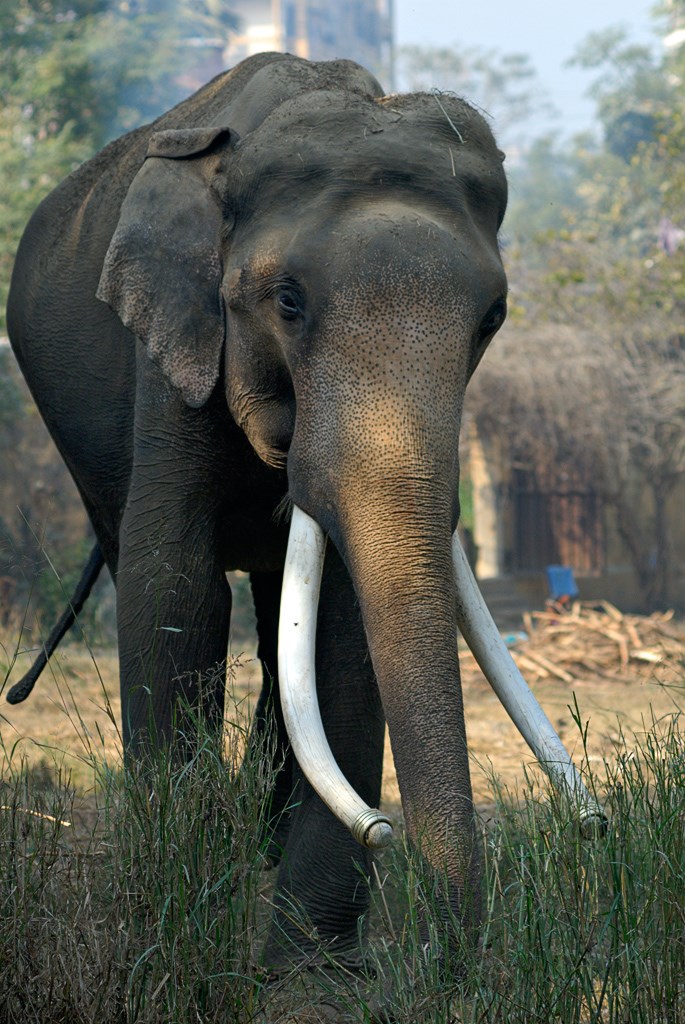
Hussainabad Imambara: Echo of a Glorious Past
Lucknow has transformed beyond recognition over the past years but what hasn’t changed is the city’s rich architectural heritage. One such magnificent monument is the Hussainabad Imambara. Commonly known as the Chota Imambara, it is an edifice of the most imposing grandeur and rare beauty. It was built by Muhammad Ali Shah, third King of Oudh after he was placed on the throne by the British forces upon agreeing to follow any and every treaty forwarded by the Governor General. This exquisite monument is also known as the Palace of Lights owing to the chandeliers decorated inside which when lit on special occasions lend the most beautiful glow to the building. It was built in order to serve as a mausoleum for Muhammad Ali Shah and his family members.
The architecture is a mixture of Indian, Persian and Islamic design and is one of the finest architectural wonders of the Nawabi era. The Imambara does not stand alone but is a part of a larger complex which comprises of a Main Hall, a mosque, Naubat Khana (guard-house where drums were beaten six times a day), a stable, two miniatures of Taj Mahal, a water channel with gardens on both sides and two entrance gateways. Muhammad Ali Shah began the construction of the Hussainabad Imambara in the second year of his reign. He also ordered the construction of a mosque which was supposed to surpass the magnificence and grandeur of the Jama Masjid in Delhi.Picture of Nawab's Crown at Chota Imambara Lucknow
It was Muhammad Ali’s most cherished dream to convert Lucknow into the Babylon of India and leave an immortal memorial for
himself which would represent him as the greatest ruler of all times. The result of this was the Hussainabad Imambara and its complex. He even deposited a sum of twelve lakhs rupees with the East India Company for the upkeep of his beloved Imambara. The building was so beautiful that it is said that the Sibtainabad Imambara was made into the image of the Chota Imambara and when illuminated in Muharram, it fills the city with lights.
The Main Hall of the Hussainabad Imambara is built on a rectangular platform and is known as Azakhana. An Azakhana is a place where people assemble for mourning the dead martyrs, usually in the month of Muharram. It is in the Main hall that the tombs of the King Muhammad Ali Shah and his mother also lie. One of the most striking features of the Main Hall is the gold plated domes on the roof. The beautiful turrets and minarets along with the splendid gold dome can be seen from a distance and they together appear to be inviting the visitor for a closer look.
The outer walls of the Main Hall are a showcase of the exquisite Lucknowi art that is calligraphy. The black walls have religious verses engraved upon them in white and this making the Imambara even more unique.The inner hall is decorated with beautiful crystal chandeliers and lamp stands along with European gilt-edged mirrors, the royal throne and crown along with a variety of Tazias (these are miniature imitations of the mausoleums of Karbala and are used in ritual processions held in the month of Muharram).The pillars and walls of the Main Hall are adorned with Quranic verses written in calligraphic style along with numerous local and imported antiques and artifacts.Picture showing one of the two lightning conductors at chota imambara lucknow
Upon entering, the first thing that a visitor might notice is the two lightning conductors which have been placed in the form of two woman statues, placed on the either the sides of the gate. Also, the tomb of Muhammad Ali Shah’s daughter, Zeenat-un-Nisa lies beneath one of the two miniature Taj Mahal lookalikes. The other miniature was built merely to maintain a symmetrical design, a style which was very popular with the Mughals.
Outside the Imambara is the Satkhanda, which literally means tower of seven storeys, however, the tower stands only four storey tall as its construction was stopped midway due to the death of the king. Its purpose would have been to serve as a watchtower and lunar observatory. Inspired by the Mughals, the Nawabs also included many gardens and water channels in their monuments and Chota Imambara can boast of one such beautiful garden and water channel complete with fountains that are believed were once connected to the Gomti River. The Hussainabad Imambara is truly exceptional and is a must-see monument on a visit to Lucknow. One can visit the Imambara anytime between Sunrise to Sunset.
Written by: Fatima Siddiqui
http://www.lucknowpulse.com/2014/07/08/chota-imambara-lucknow/
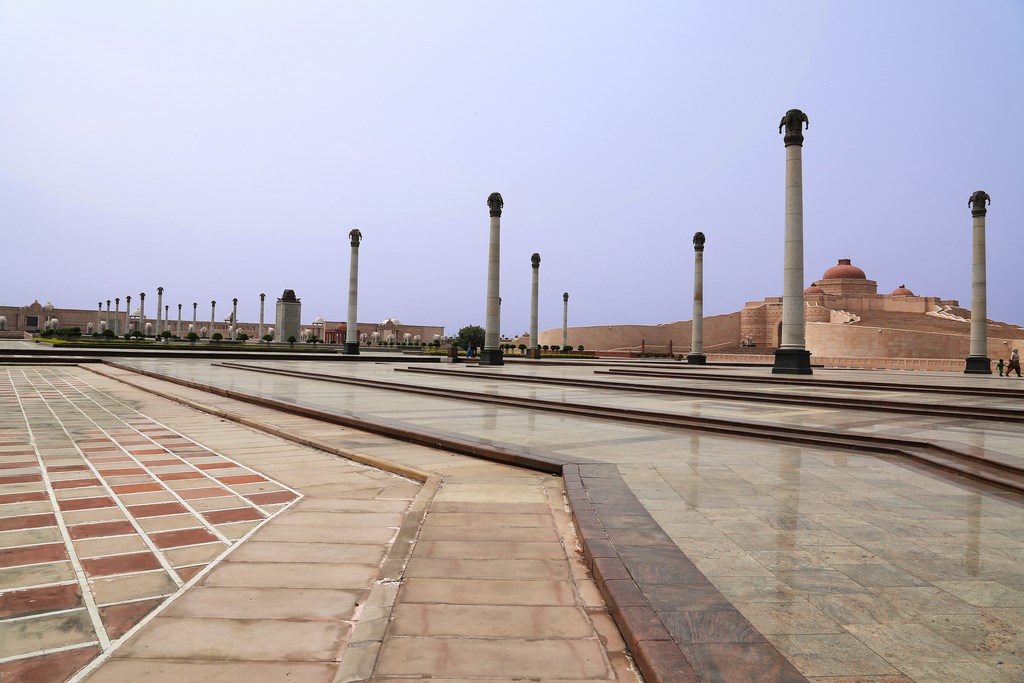
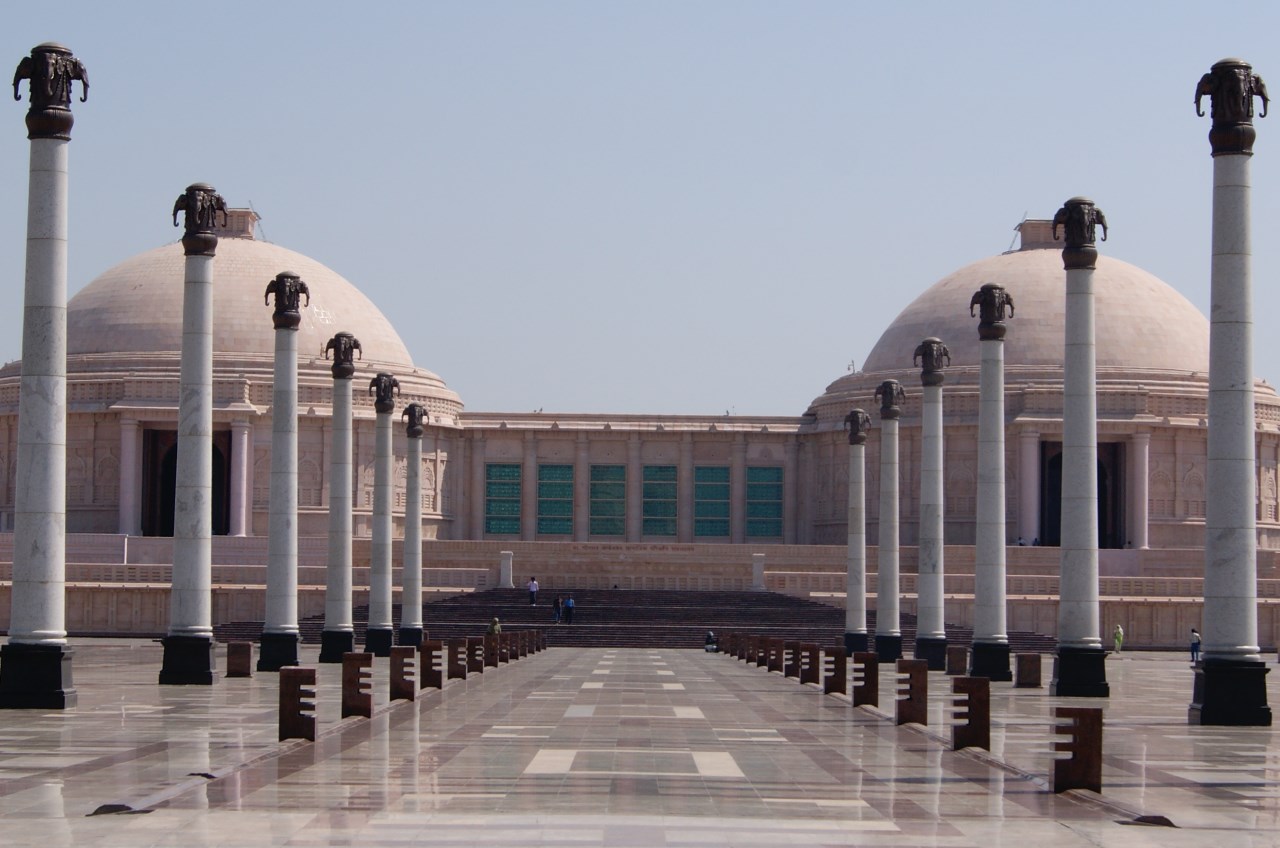
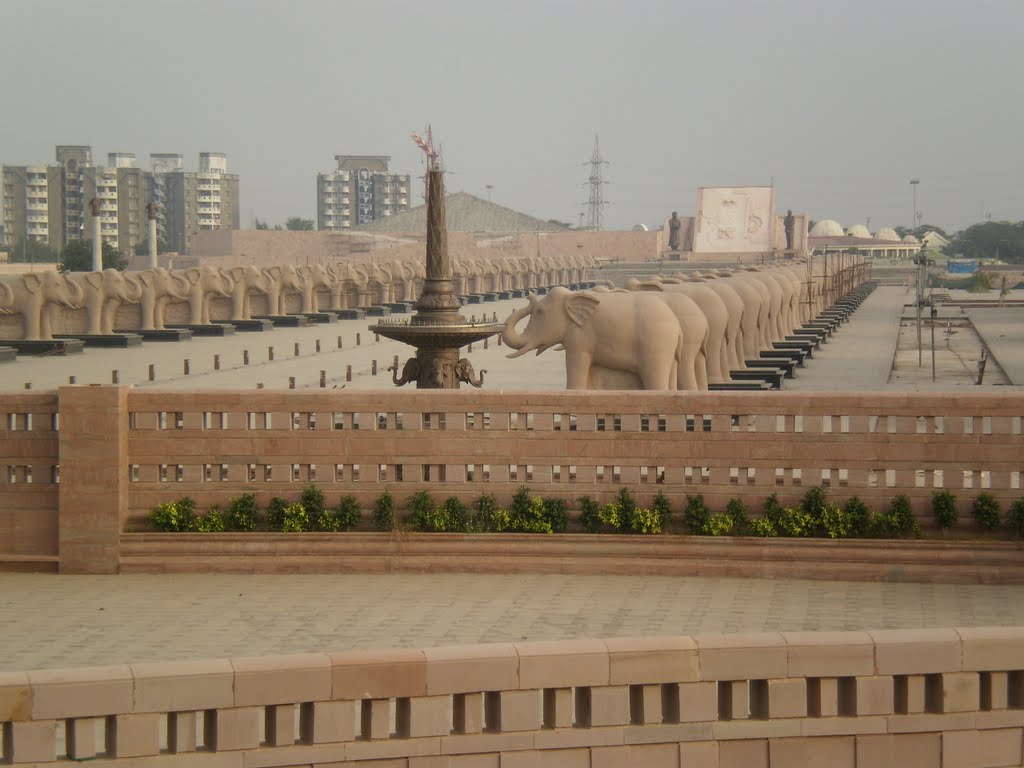
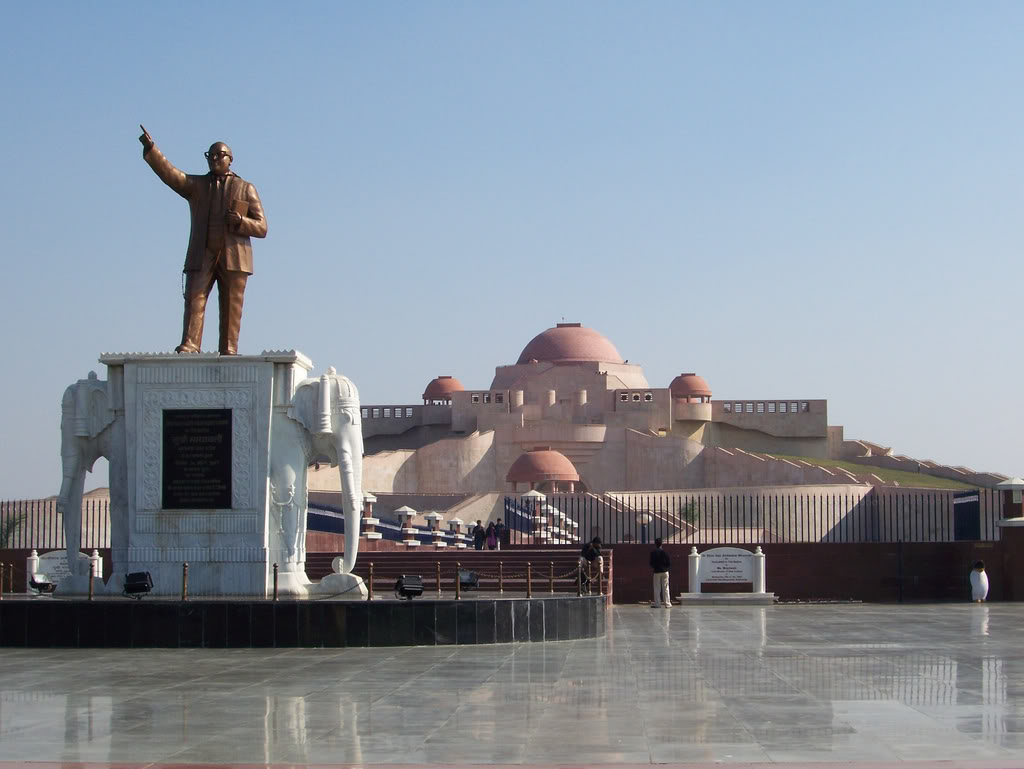
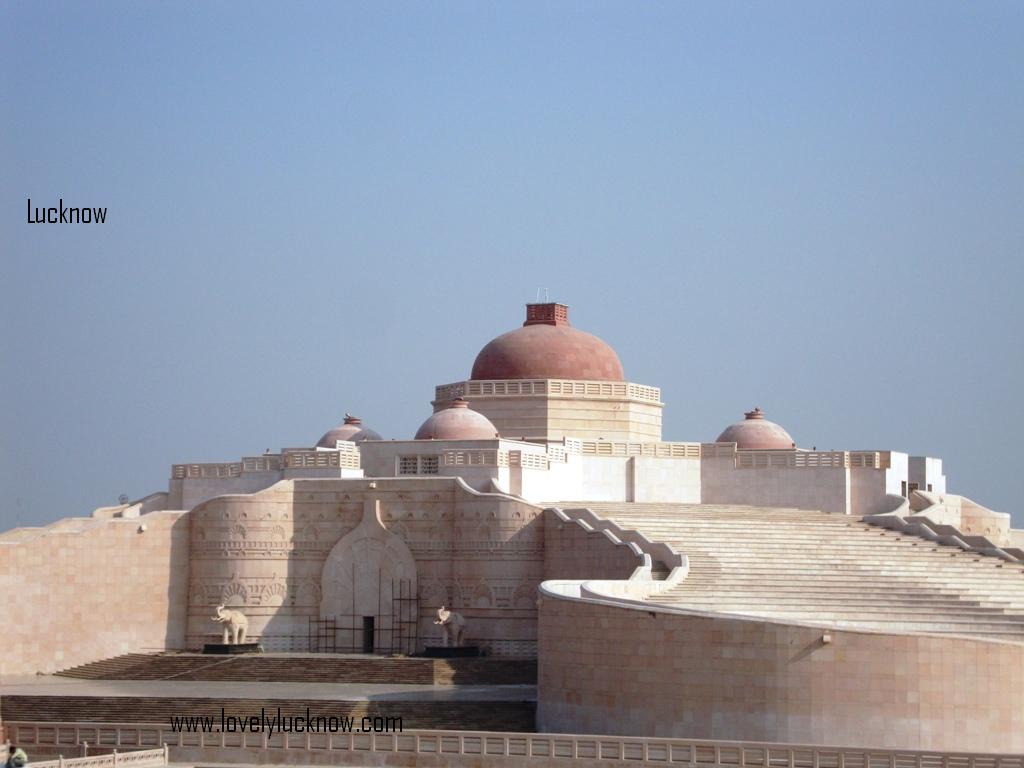

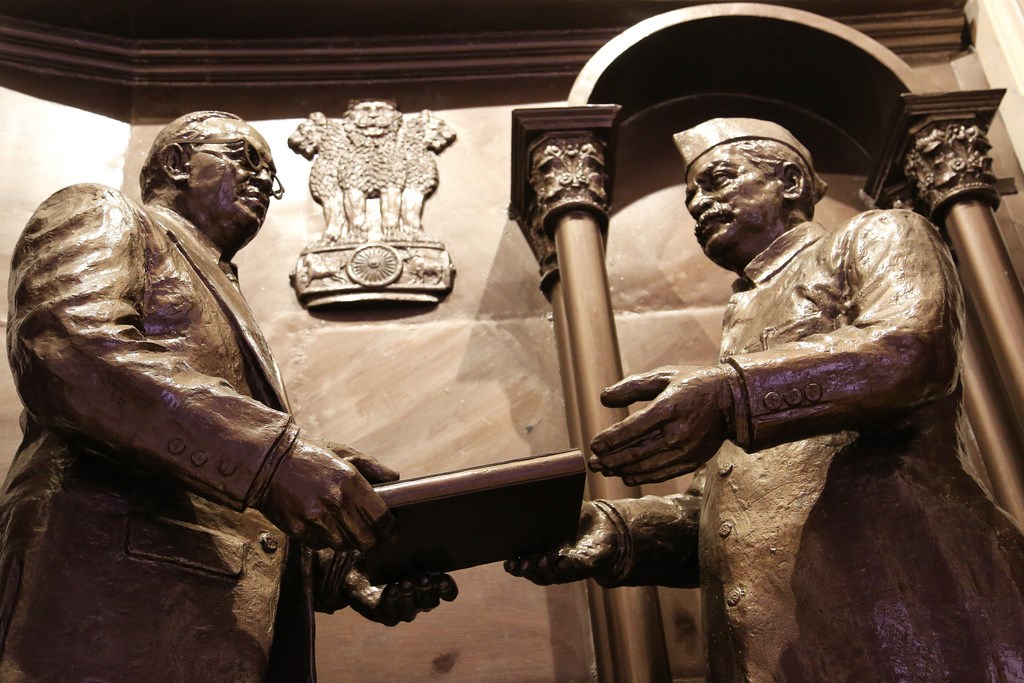
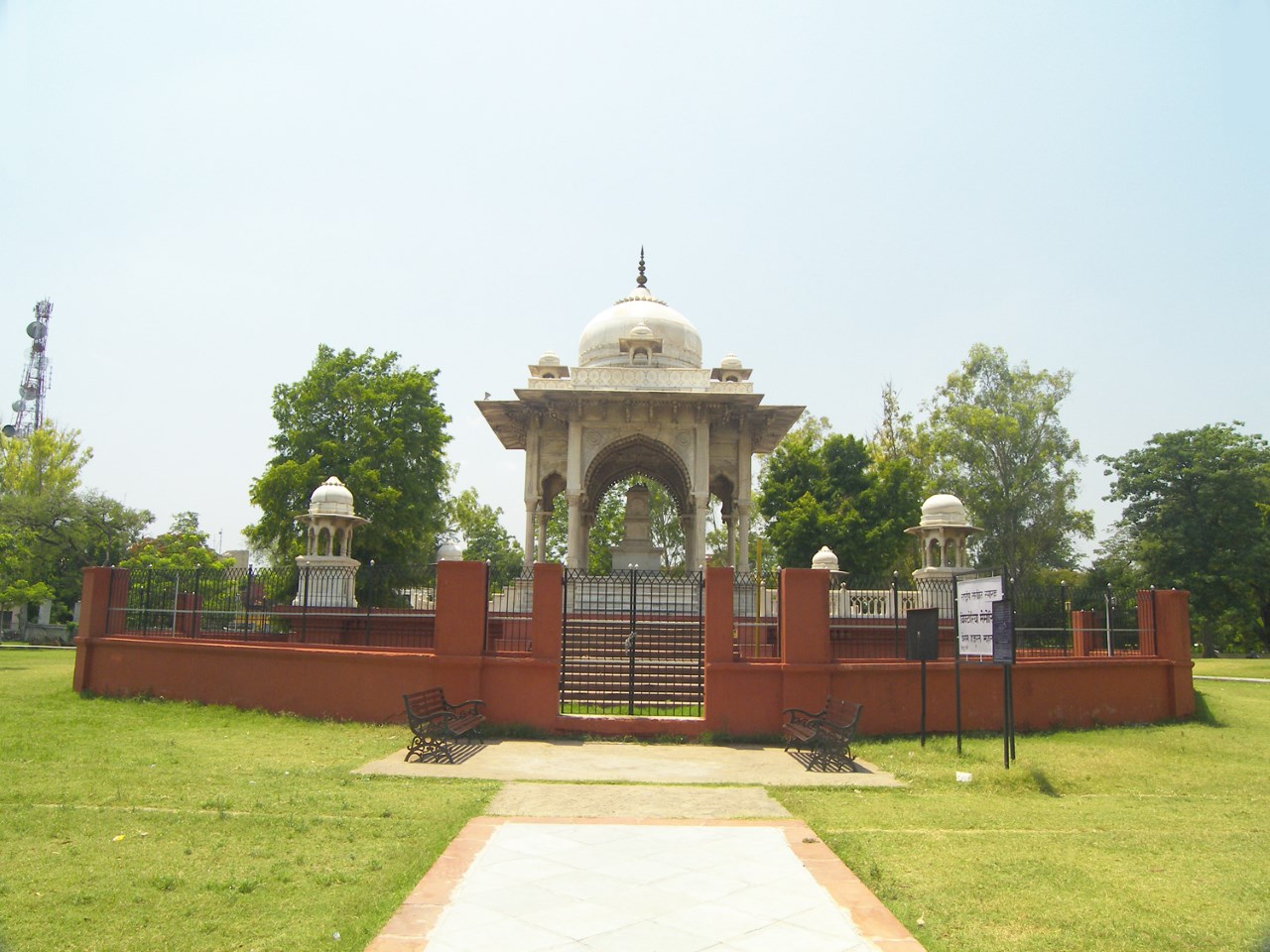
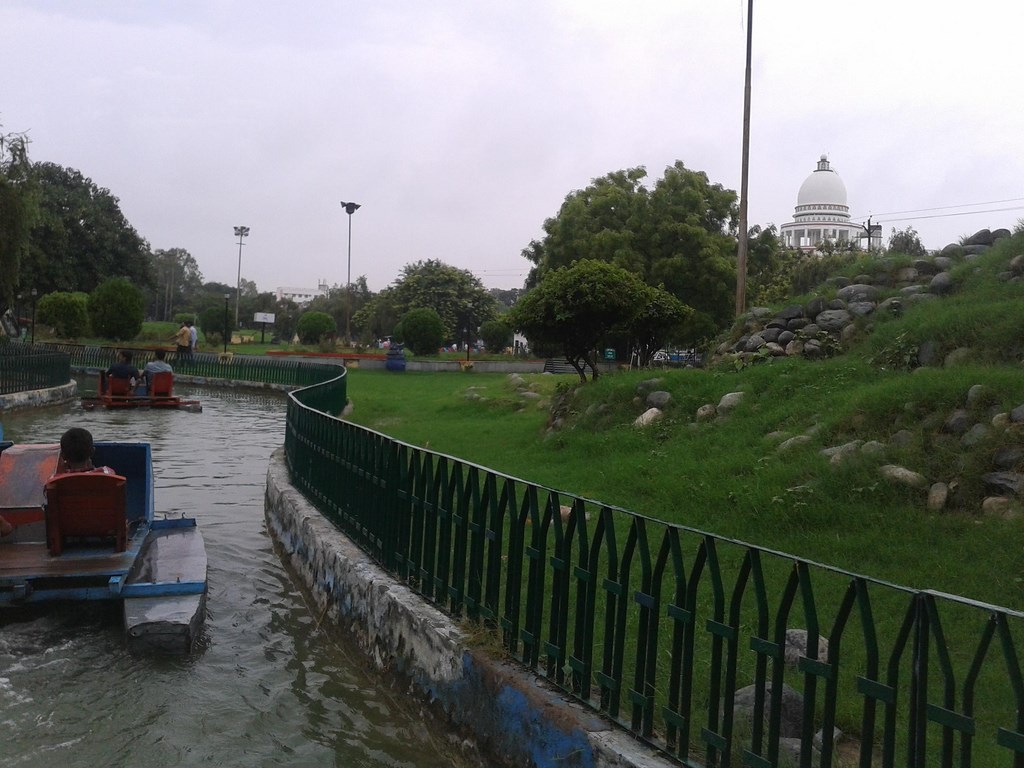
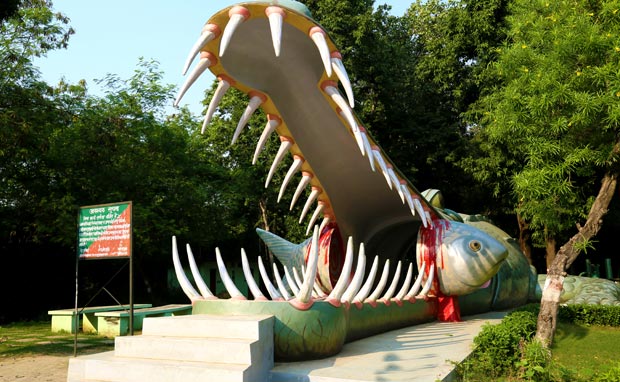

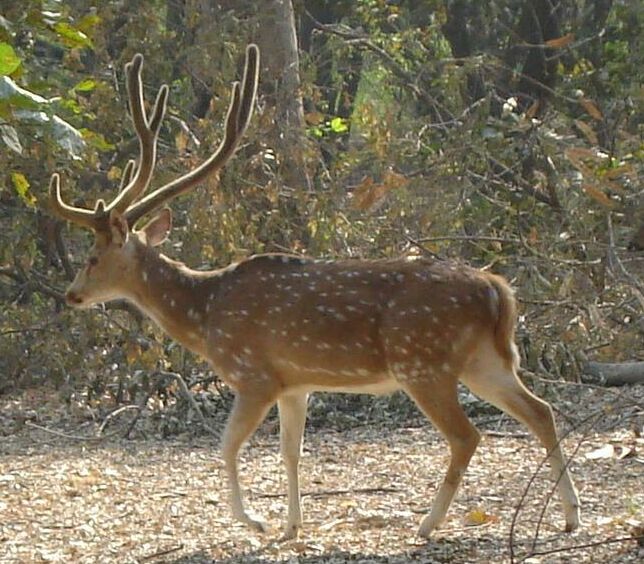
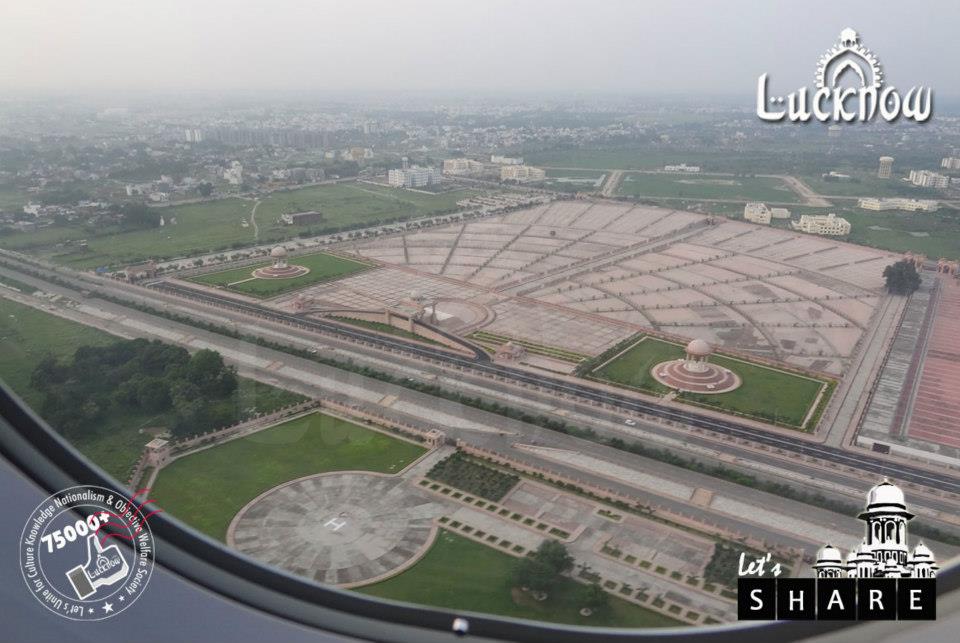
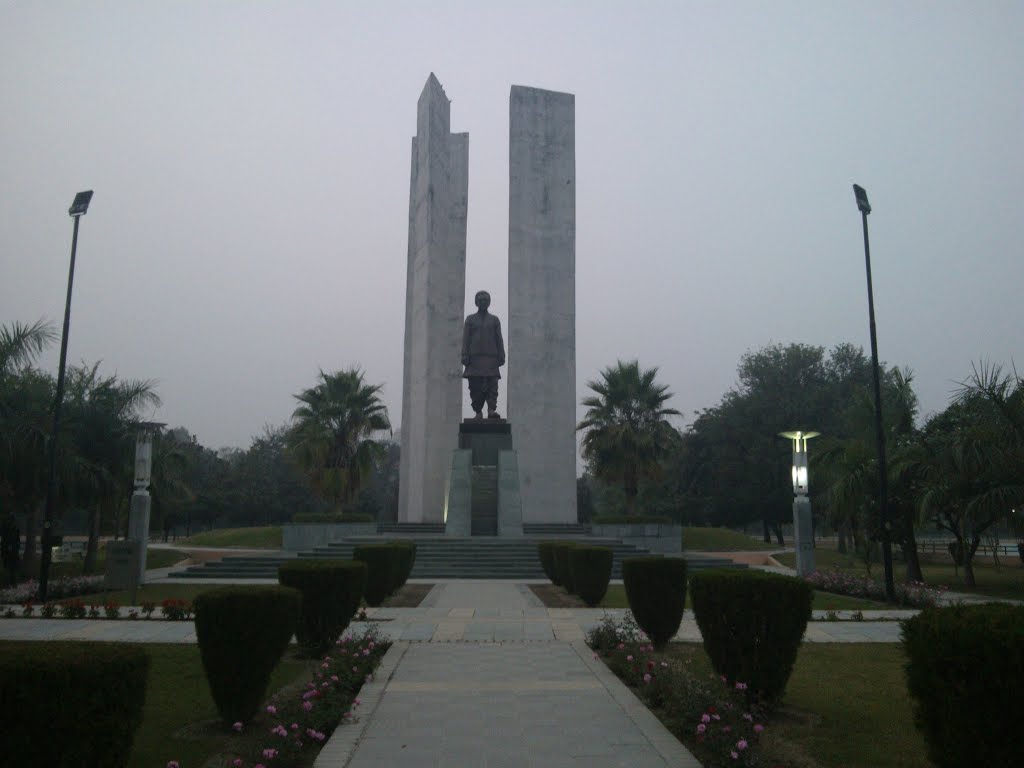
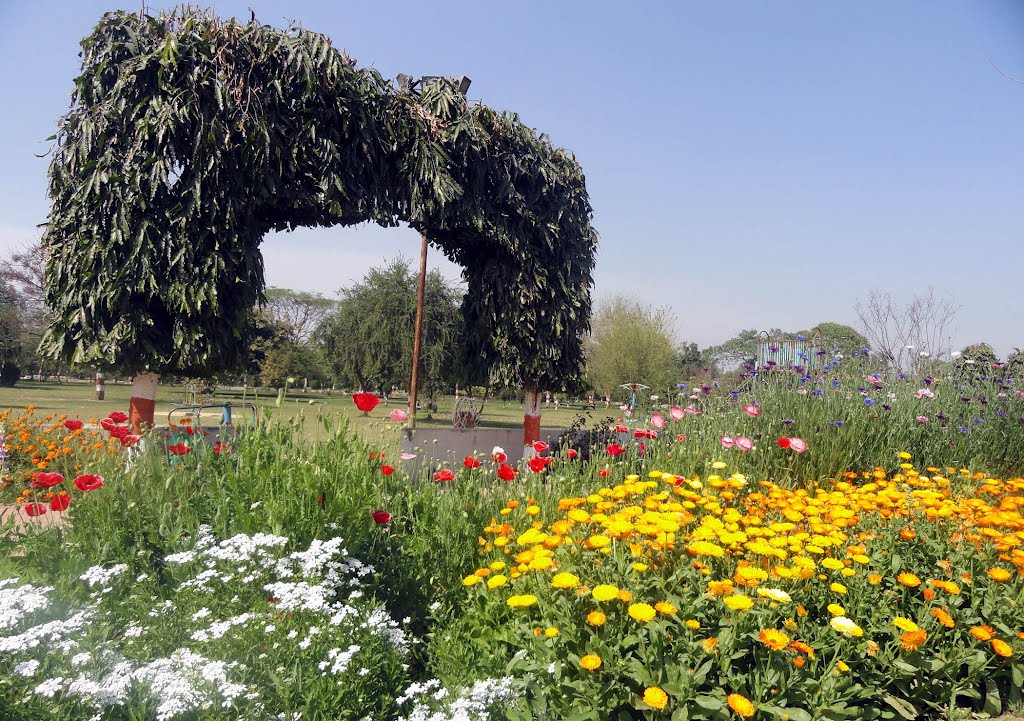
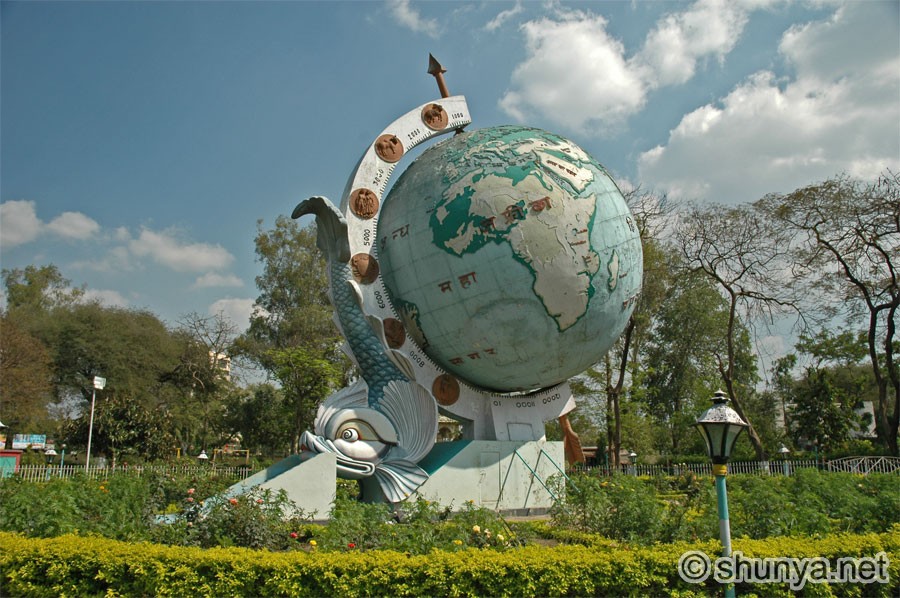
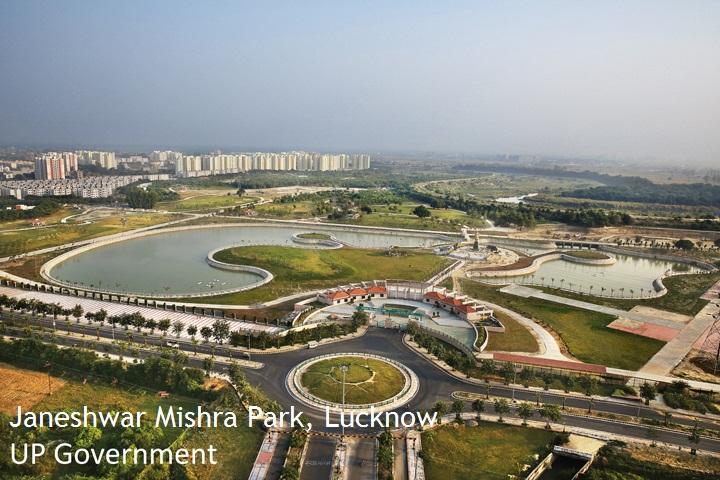
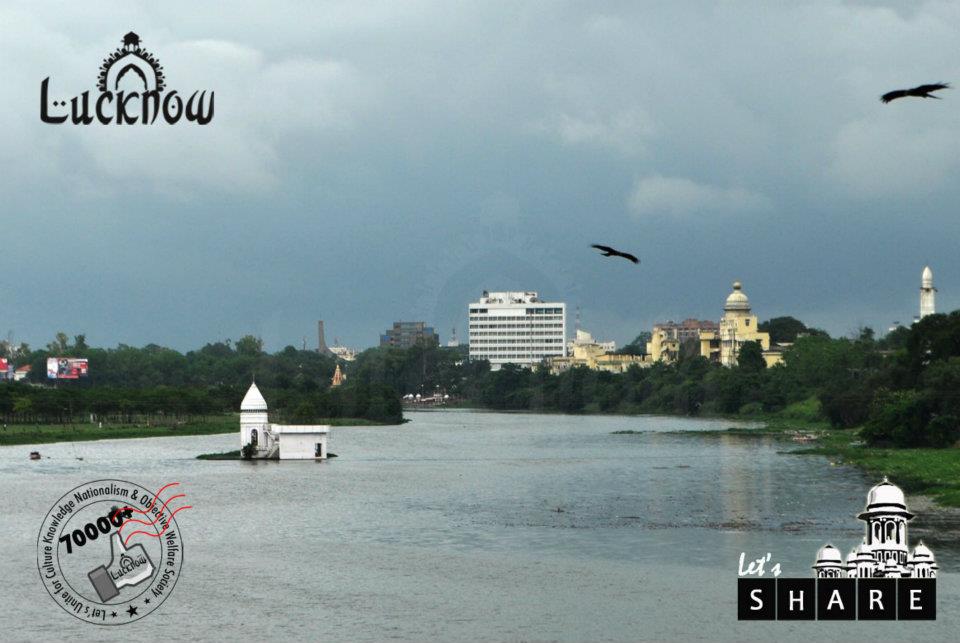
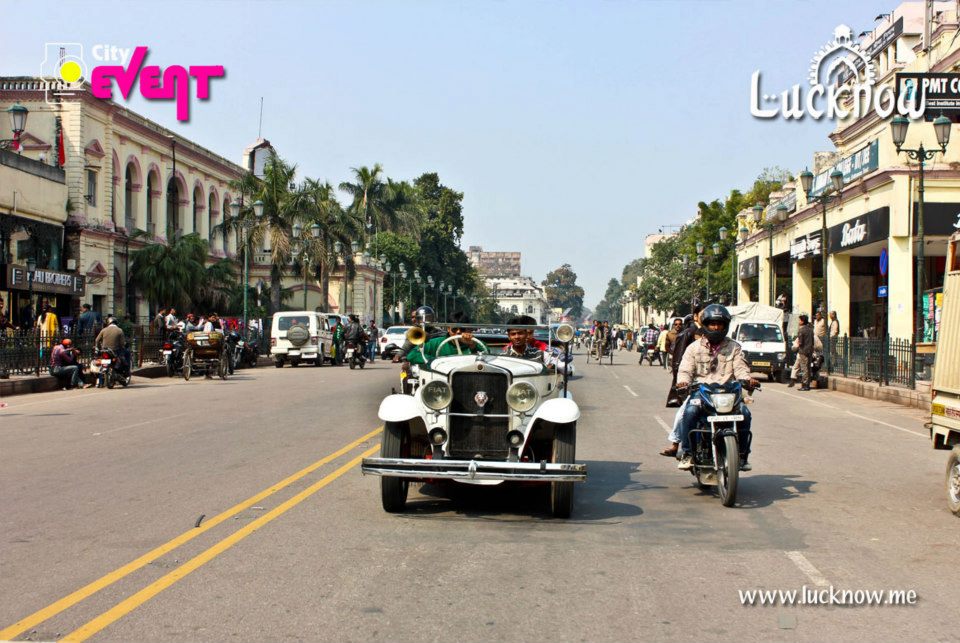
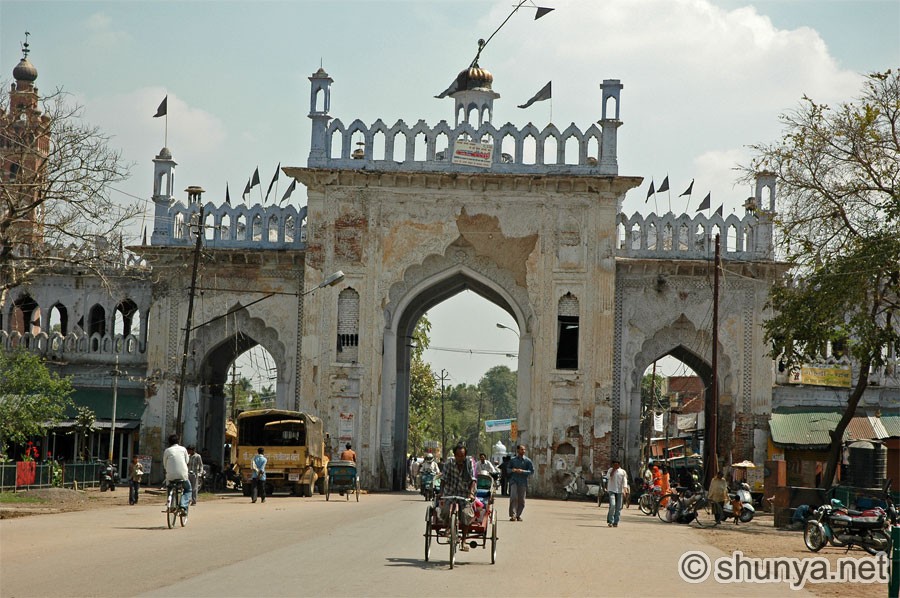
British Residency in Lucknow – Witness to the Mutiny of 1857
Sleeping quietly in the middle of the city, the British Residency is a popular historical landmark in Lucknow. On a dry sunny day, the only voices you can hear are the drone of bees, the occasional cawing of crows, and the chirruping of the birds. But, through the shelter of the trees on the pathways, the air carrying the scent of flowers, takes you back in the period of the revolt of 1857, when these sounds would have been overtopped by the noisy bombardment of the shells and gunfires, the air would have carried the smell of gunpowder, and the building would have been occupied by the British officers supported by loyal natives.
History of the British Residency
During the revolt of 1857, when Lucknow became the center where the main forces of both the British and rebels were concentrated, the building acted as a safe haven for 3,000 British natives. In fact, Lucknow became the focal point of the entire official activities of the British Raj. The Residency turned into an autocratic center for the British generals and administrators for 90 days during the Revolt of 1857.
The somewhat dilapidated remains of the building stand in close proximity to other historical monuments such as Tehri Kothi, Shaheed Smarak and High Court. The Residency was built by Nawab Saadat Ali Khan II. He was the 5th Nawab of the province of Awadh. It took almost 20 years to build the Residency from 1780 to 1800 AD. In the 19th century, when John Bailley became the official resident of the British Empire in Lucknow, Nawab Saadat Ali Khan ordered the construction of Guard House here. It was popularly called Bailley Guard Gate. People can still see the famous Bailley Guard Gate while entering the premises of the Residency. The entire Residency complex was spread over 33 acres of land.
The Residency served as the official home for the British General. He used to work as an official representative of the British administration in the courts of Nawab. In the year 1857, Residency witnessed an extended battle. This battle or revolt is also identified as ‘Siege of Lucknow’. The Mutiny started on 1st July and ended on 17th November. Indian forces were defeated by British troops, led by Sir Colin Campbell. Although, the British troops achieved victory, the carnage left enduring scars of bitter mistrust between the Indians and the British. India came under the direct administration of the British Umpire.
The Residency Today
At the moment, the Residency consists of ancient ruins of numerous buildings. Every building has its own tragic narration to tell. The separate buildings in the Residency complex were generally named after the people who resided there. The ruins of famous buildings are still there such as Sago’s House, Dr. Fayrer’s House, Anderson Post, Brigade Mets, Redan Battery and Kanpur Battery. The marks that remain of the cannon and gun shots on the damaged walls of all the buildings in the Residency, remind people of the harsh ordeal faced by our freedom fighters.
Picture of a mass grave at Lucknow British Residency - 1857
There are graves of some 2500 children, men and women here. The Residency complex also houses the St. Mary’s Church, though completely damaged. There is also a damaged post office, mosque, jail, and a banquet hall. This famous landmark of Lucknow is a protected monument under the supervision of Archaeological Survey of India (ASI).
http://www.lucknowpulse.com/2014/06/13/british-residency-lucknow-mutiny-1857/
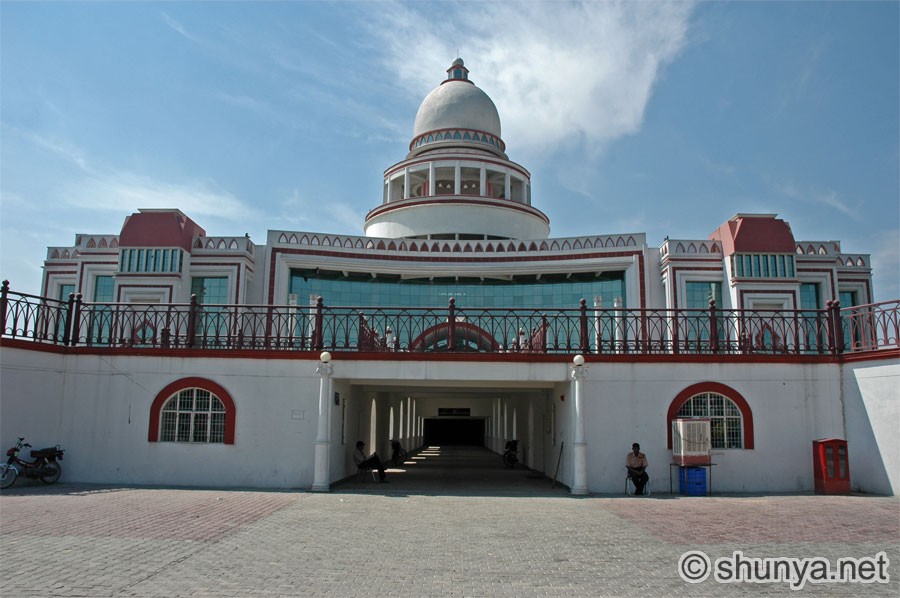
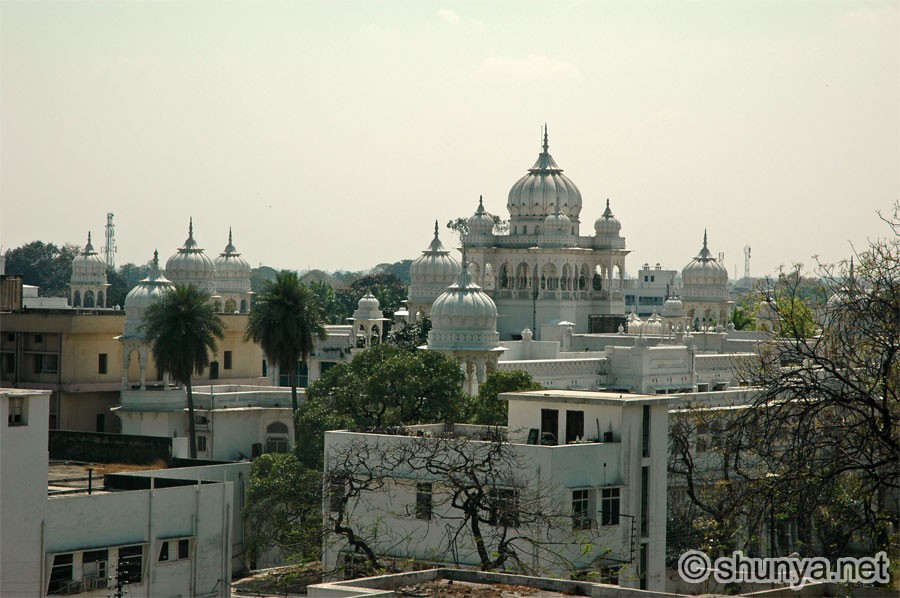
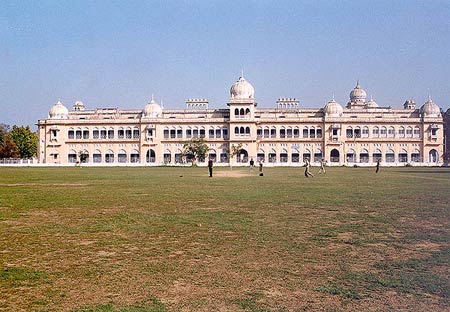
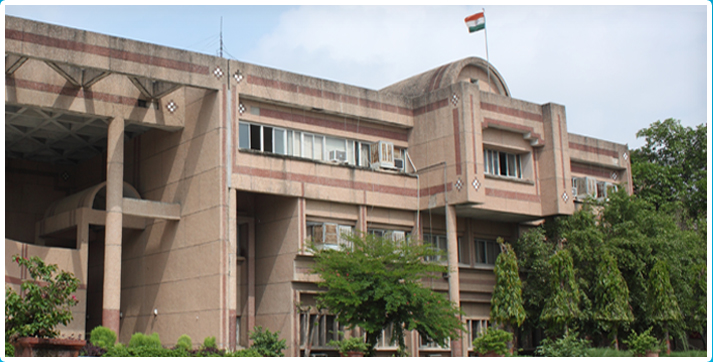

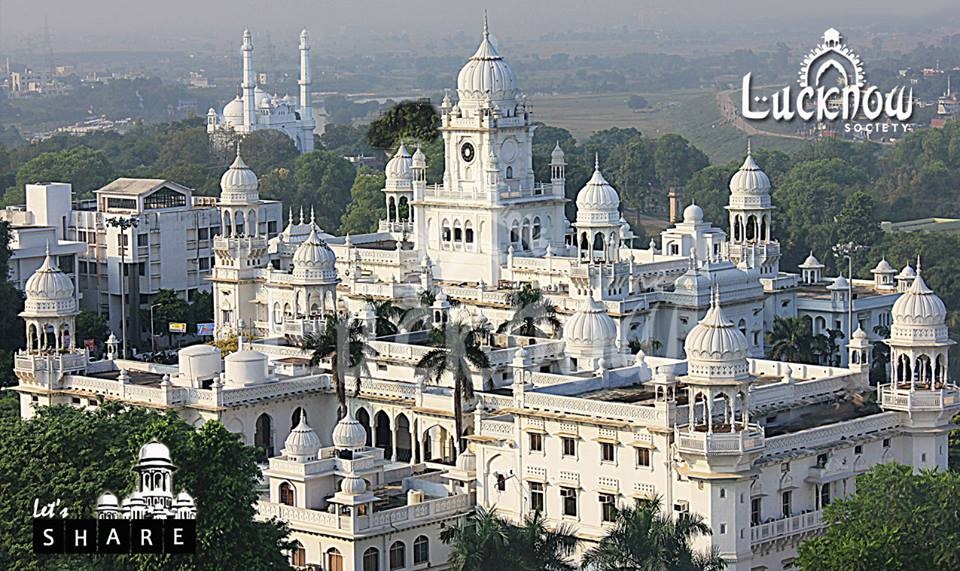
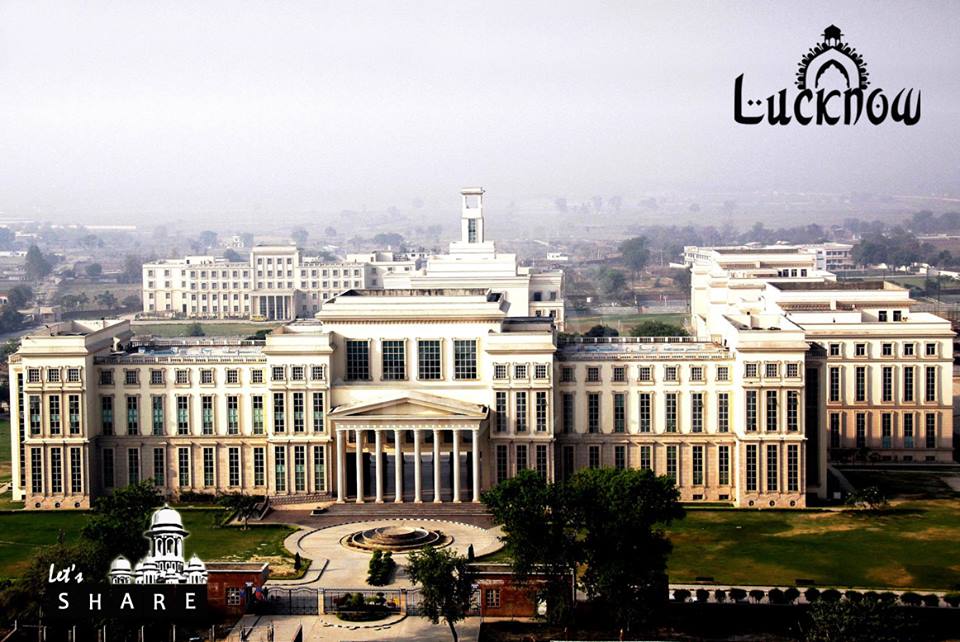
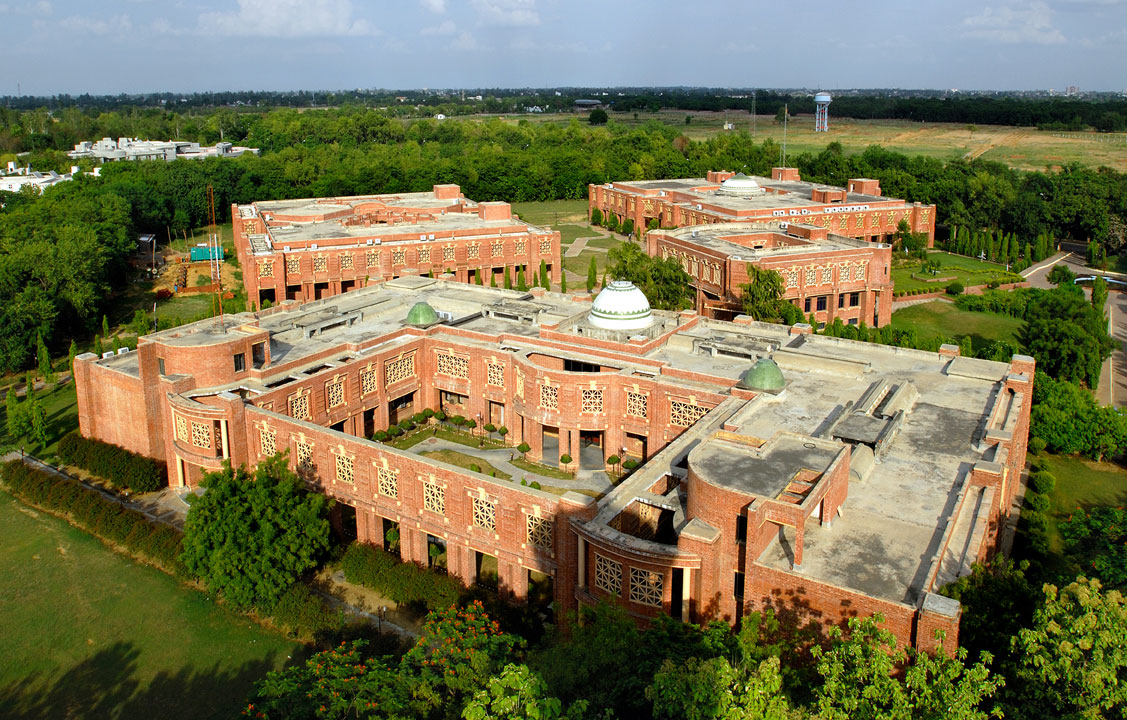
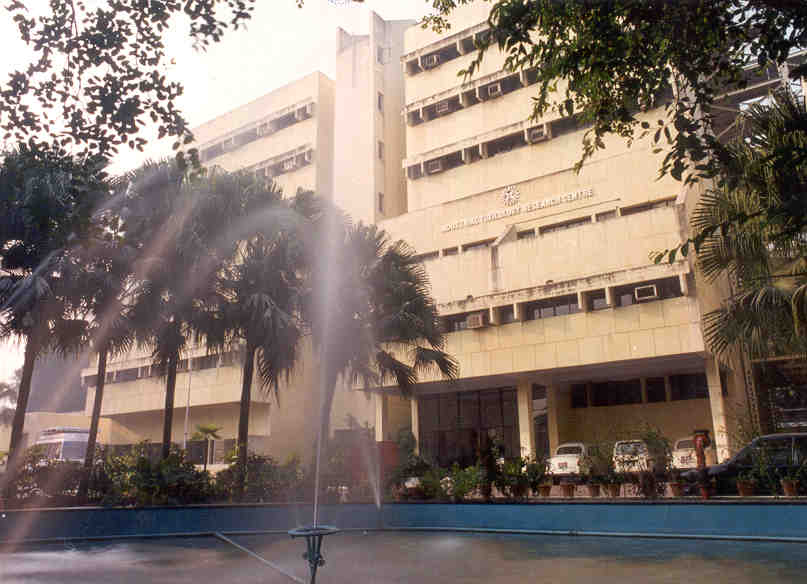
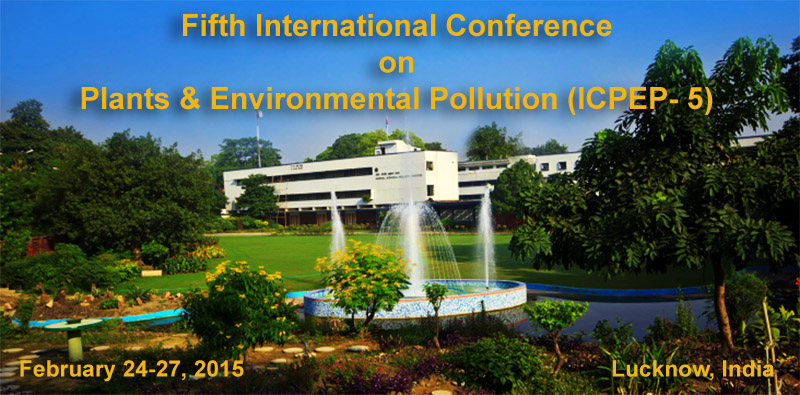
Rumi Darwaza, Hussainabad, Lucknow
‘Being an entrance to the city of Lucknow, Russell, the reporter of The New York Times who accompanied the victorious British army that entered Lucknow in 1858, after India’s First War of Independence, had called the stretch of road from Rumi Darwaza to Chattar Manzil the most beautiful and spectacular cityscape that he had ever seen, better than Rome, Paris, London and Constantinople.’
Built by Nawab Asif-ud-daula during the years 1784-1786, Rumi Darwaza is no less than an ornament on the streets of Lucknow. Adjacent to the Bada Imambada stands a 62 feet grand gateway built in Indo-Roman architectural style. This entranceway is so immense that it seems to be multi-storeyed from a distance. Rumi Darwaza is said to be a replica of an archway in Constantinople and is therefore, referred to as Turkish gateway. This gate further has three arched-ways on one side and a huge single arched-way on the other. A huge cupola or chhatri crowns the structure. Two slender towers are present on either sides of the gateway.
According to the great historian of Awadh, Mr. Roshan Taqui, “The spikes atop the multiple arches of the gateway signify the rising sun and the design of large petals of Lotus which according to Hindu mythology brings good fortune is used to adorn the imposing gateway.” The architectural feature that amazes its visitors is that no wood or iron was used in its construction. Moreover, this structure gives different looks when viewed from different directions. The design of this magnificent gateway was so biasing that many of the structures of those times like Jama Masjid (Lucknow), Hussainabad Imambada, Nadwat-ul-ulama and Salar Masood Ghazi’s tomb have the same design reproduced in the form of their entranceways. It was Nawab Asif-ud-daula who had got the complex of Bada Imambada (which also comprises Rumi Darwaza) built during the years 1784-1794, in order to provide food and work to the famine-stricken people of Awadh. The design of this structure was drafted by Kifayat-ullah. And with this initiative, Nawab succeeded in providing work to about 22,000 people at a time. It is said that during the daytime ordinary people used to build up this edifice while noblemen, who did not wanted to be recognised as labourers during daylight were called after the sunset to demolish the structures raised. It took them 10 years to build Bada Imambara complex and the estimated cost of the construction of this immense edifice came to Rs. 1 crore, which was a huge amount back then. The structure which is often called the face of Lucknow has suffered some cracks as its preservation is somehow being neglected. The prominent crack is at the centre of the archway. These cracks may be a result of the vibrations produced by the vehicular movement through it. Thus, this area should be declared a no-traffic zone!
http://saveourheritage.in/rumi-darwaza/

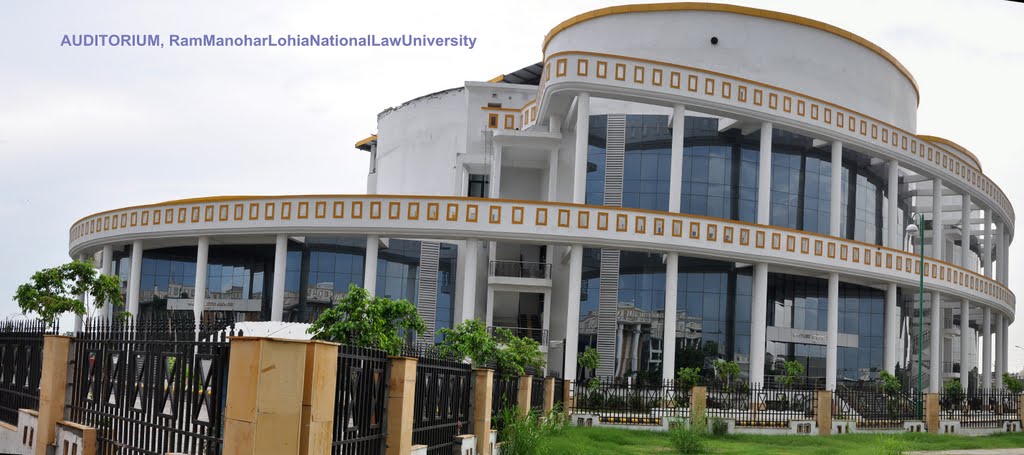
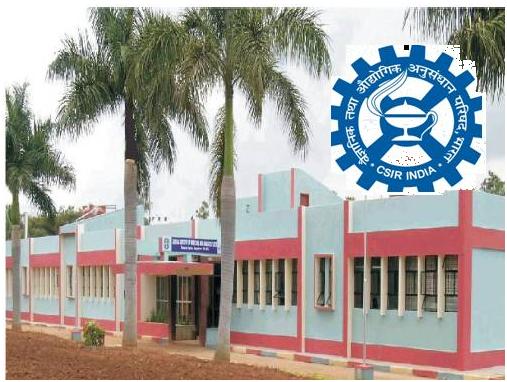
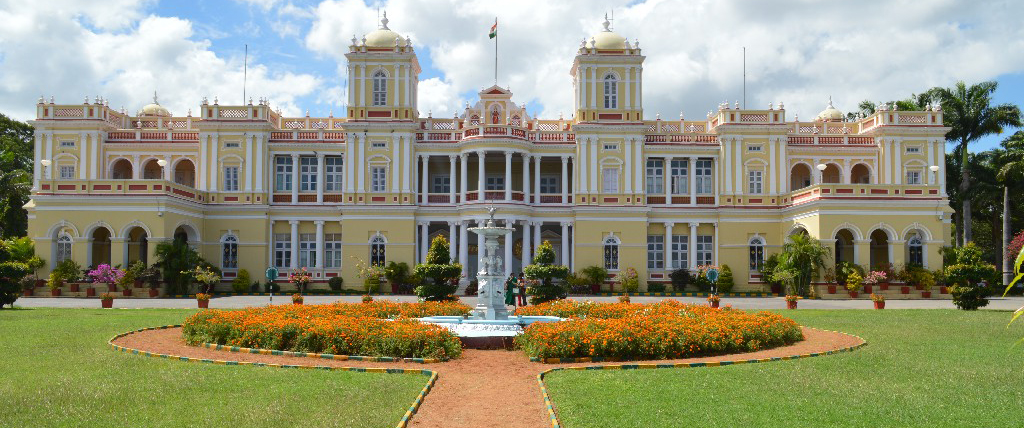
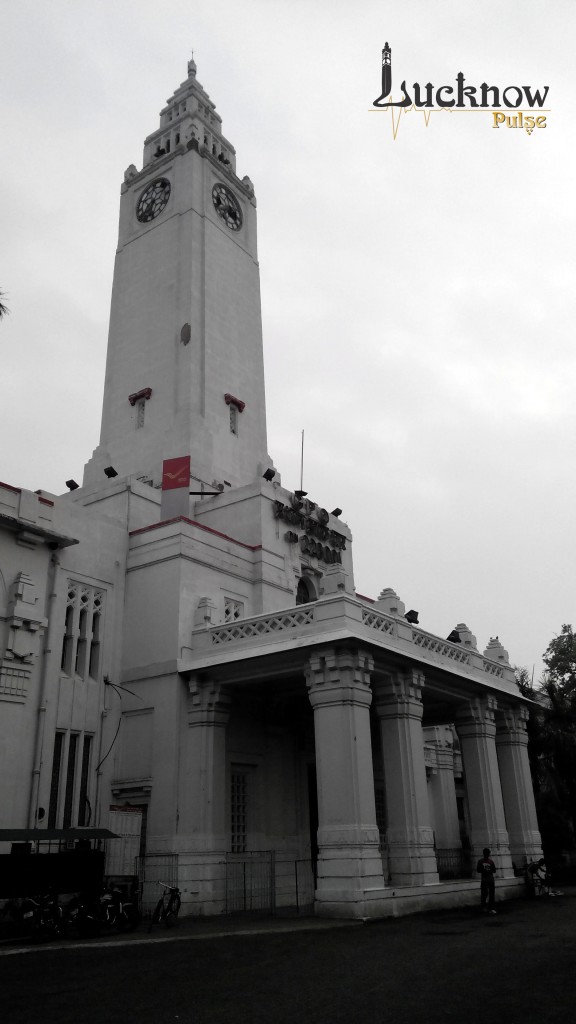
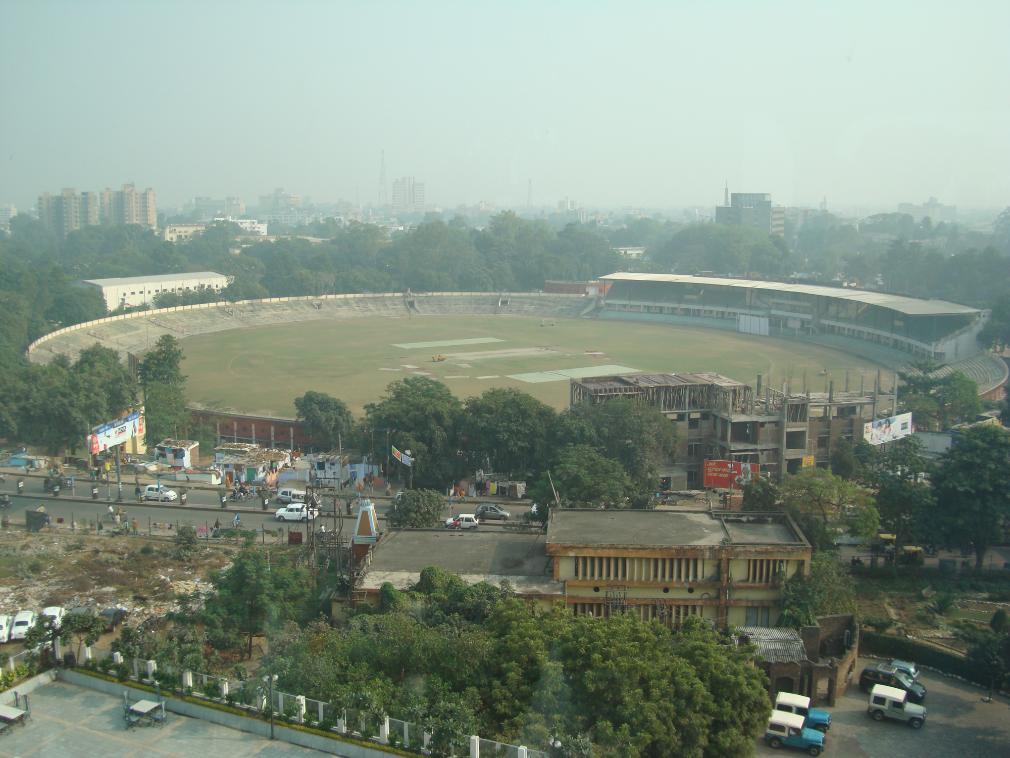
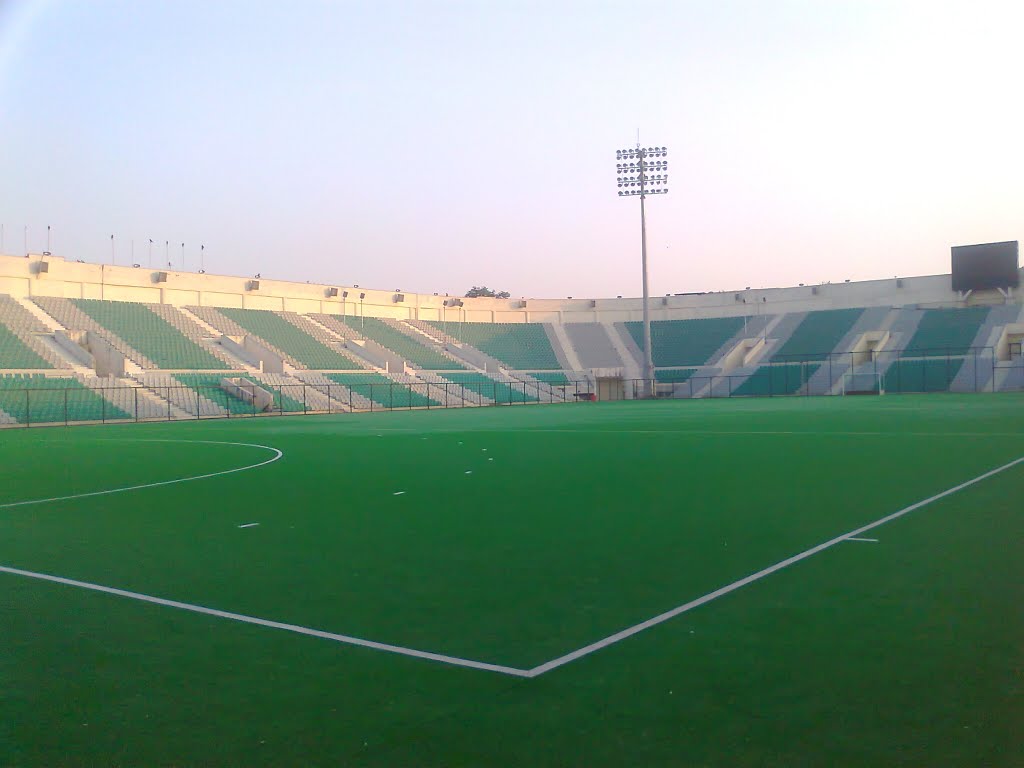
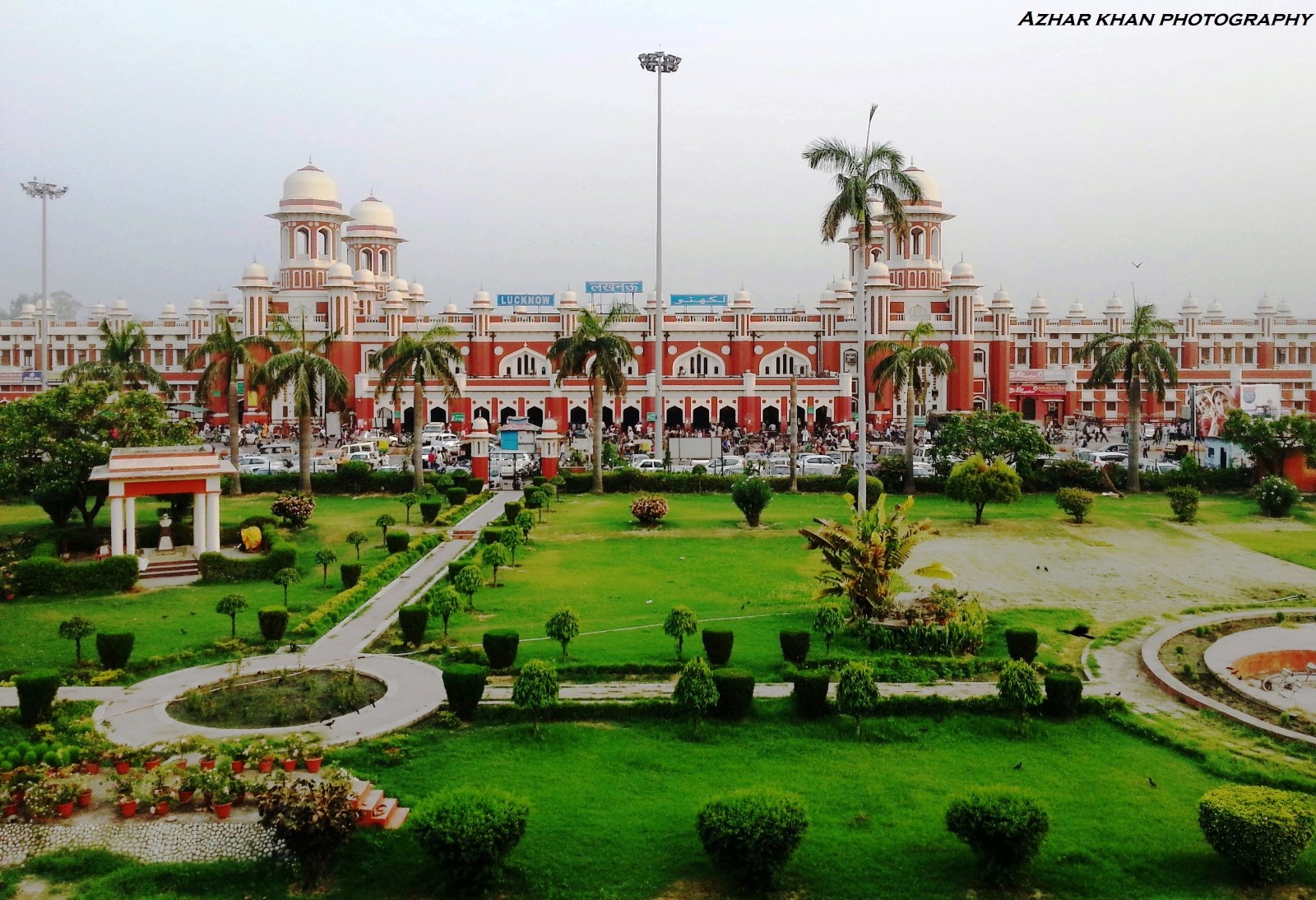
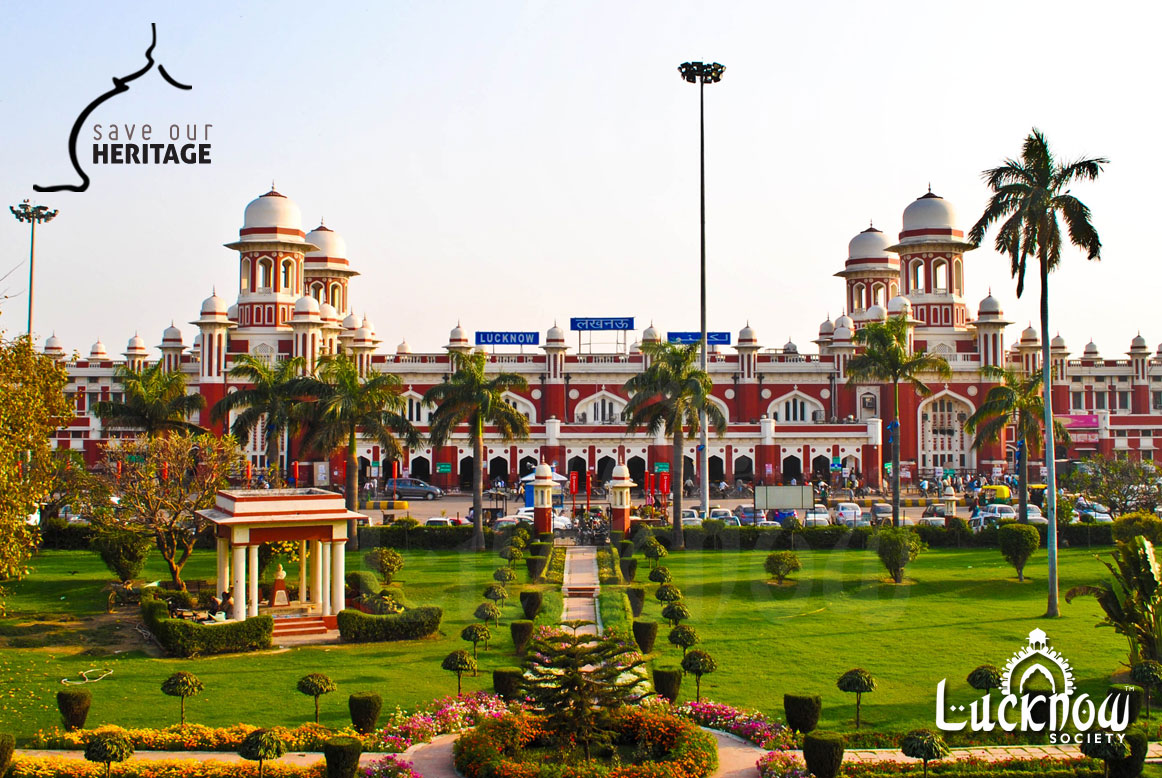
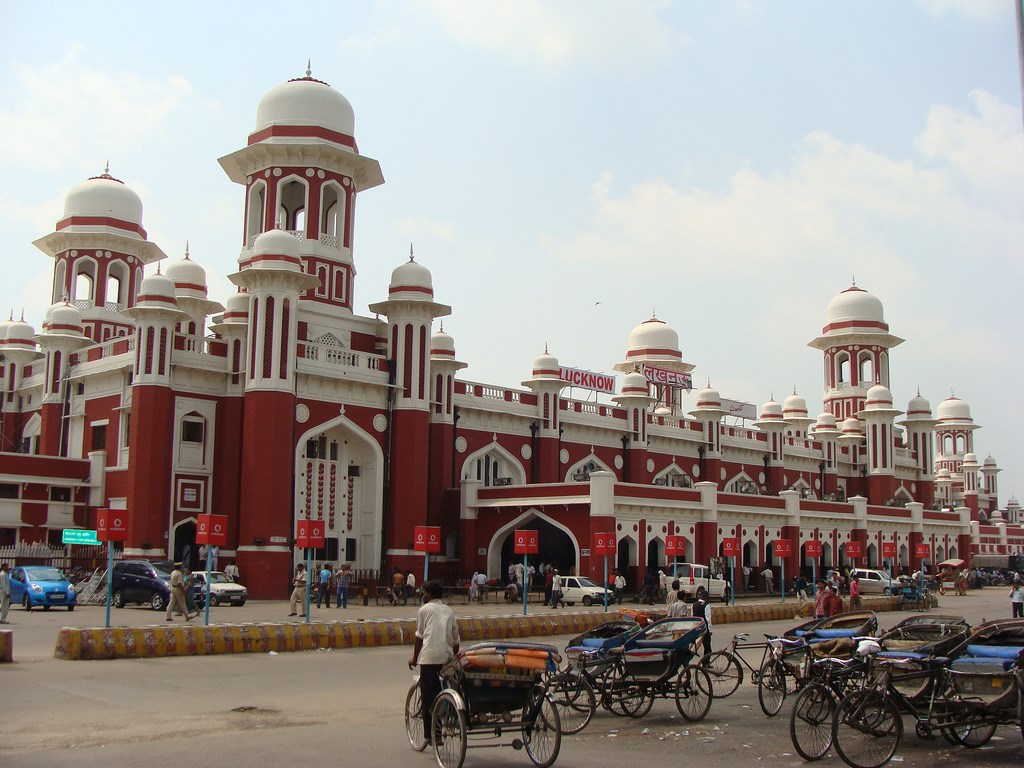
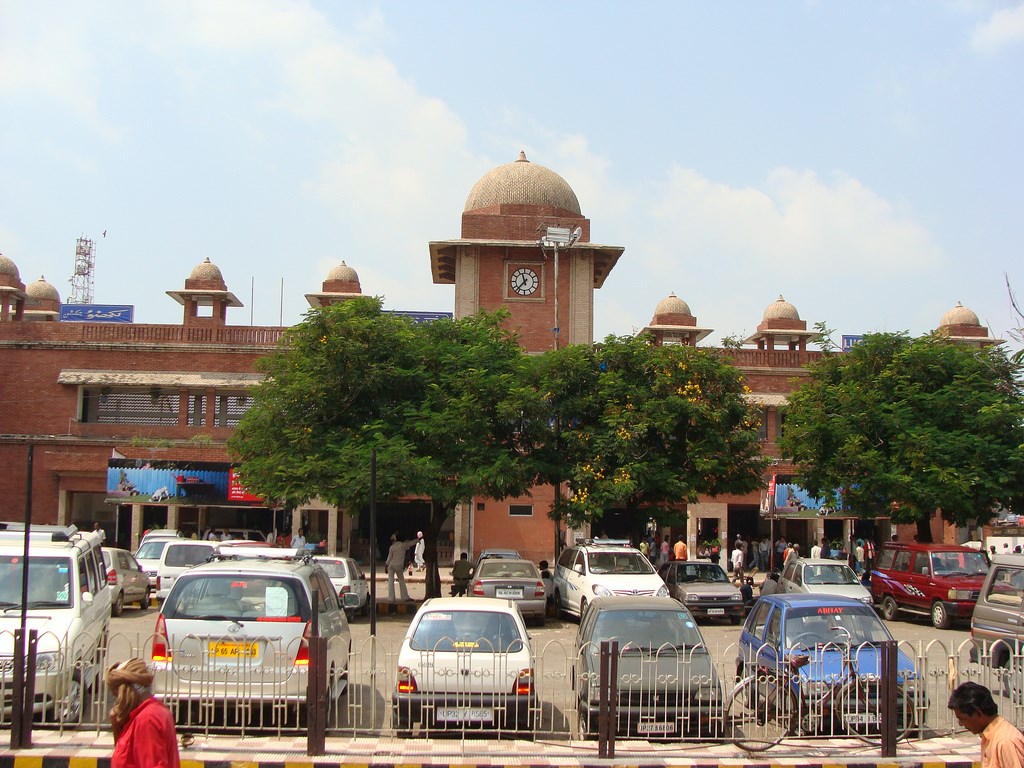

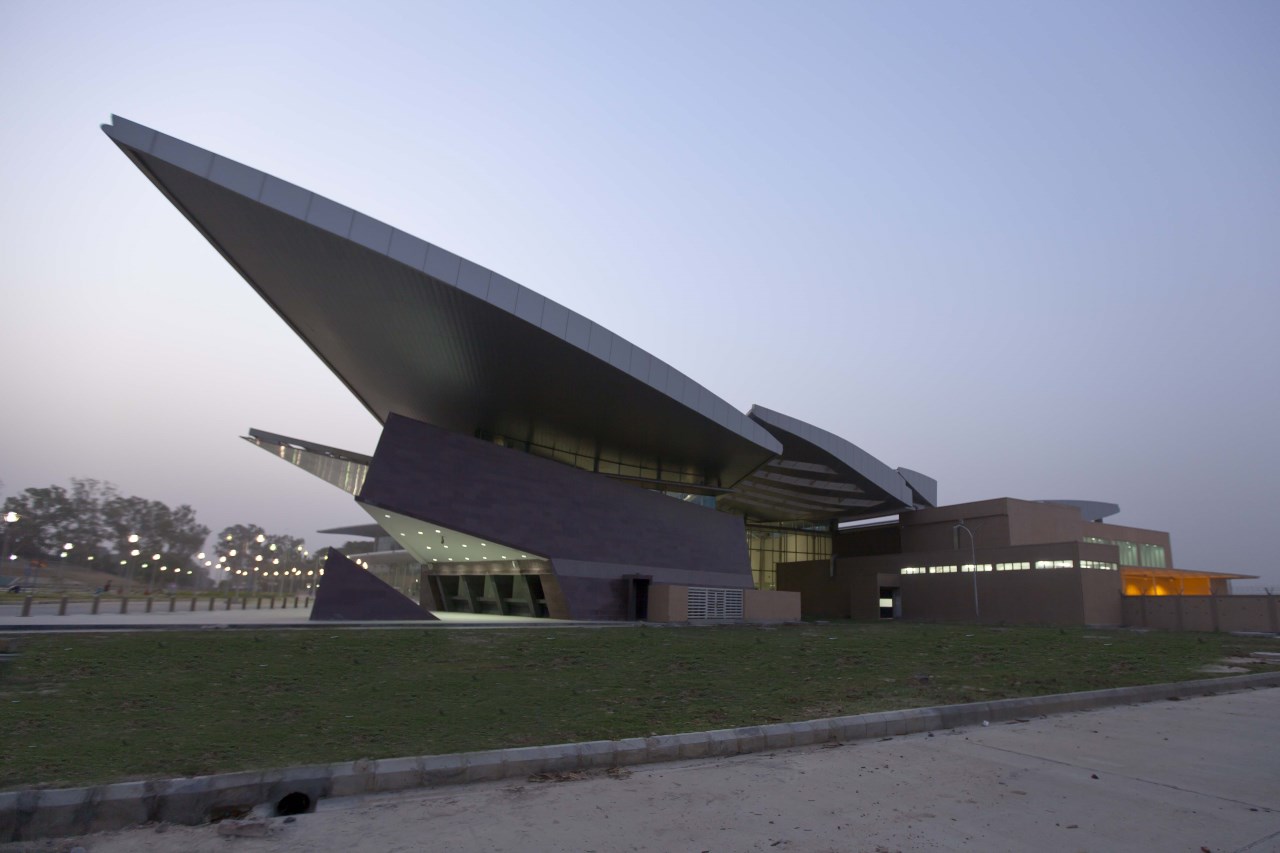
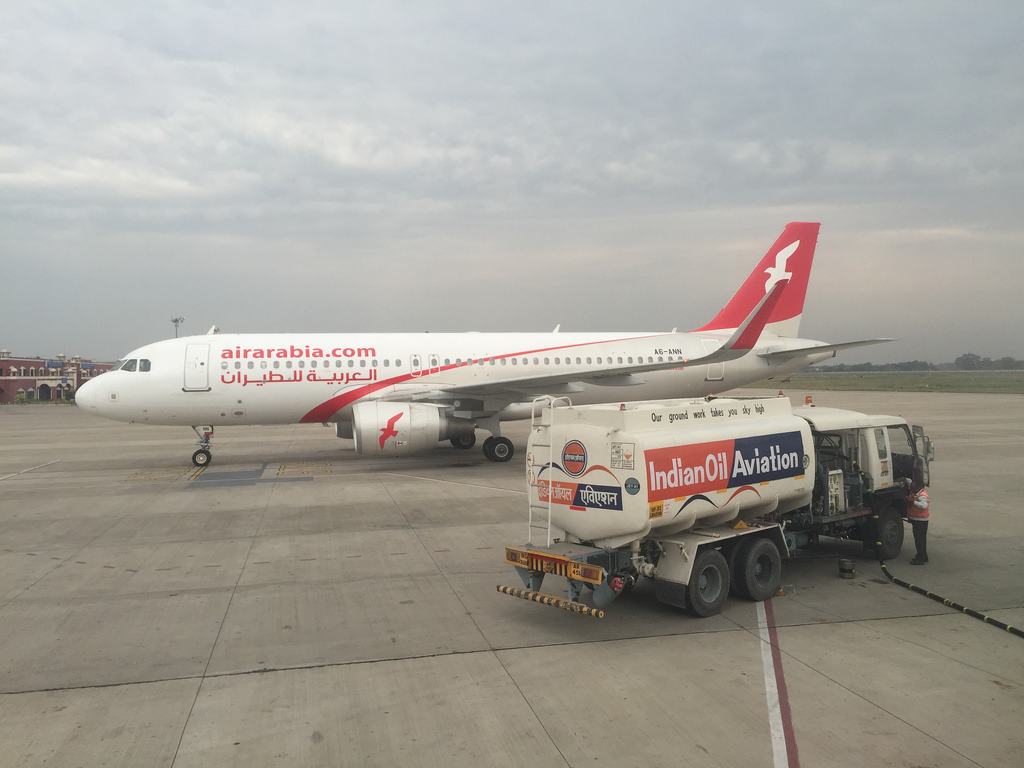
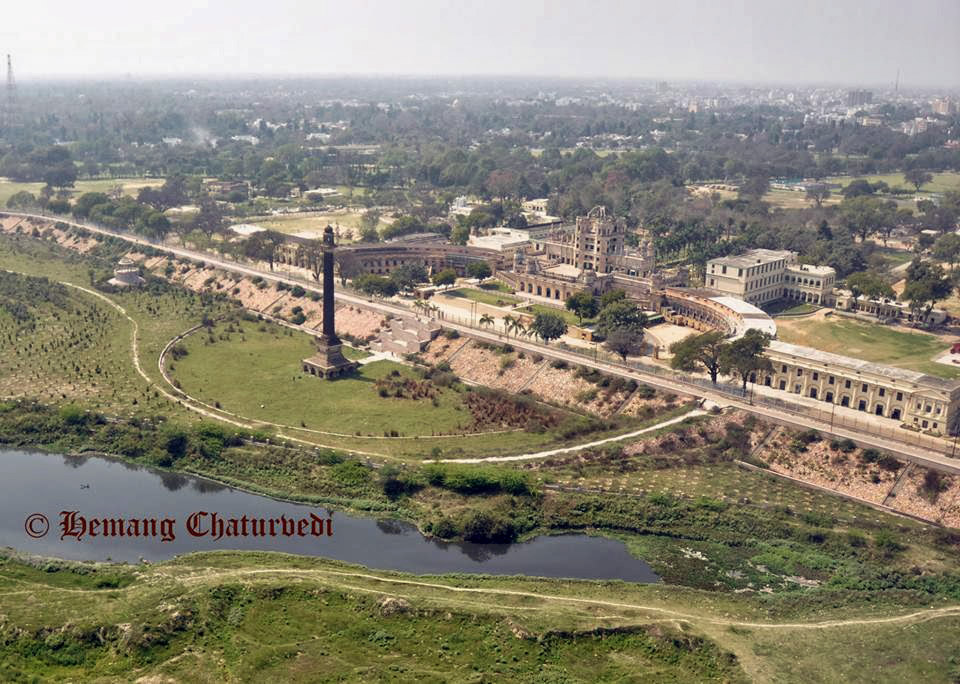

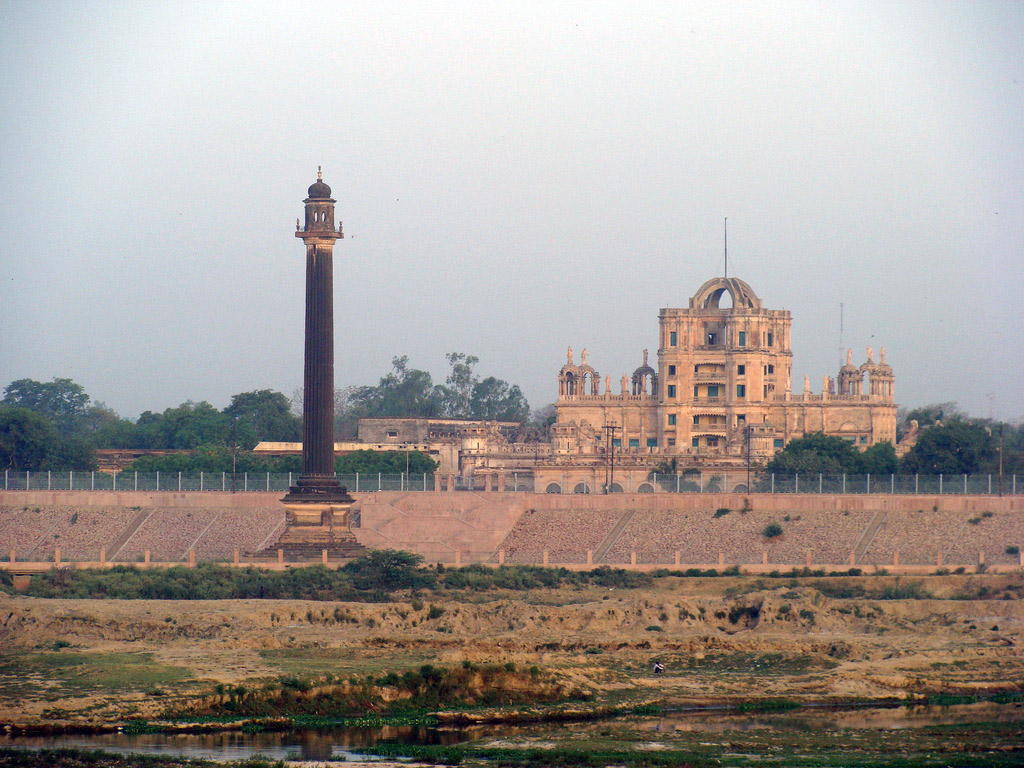
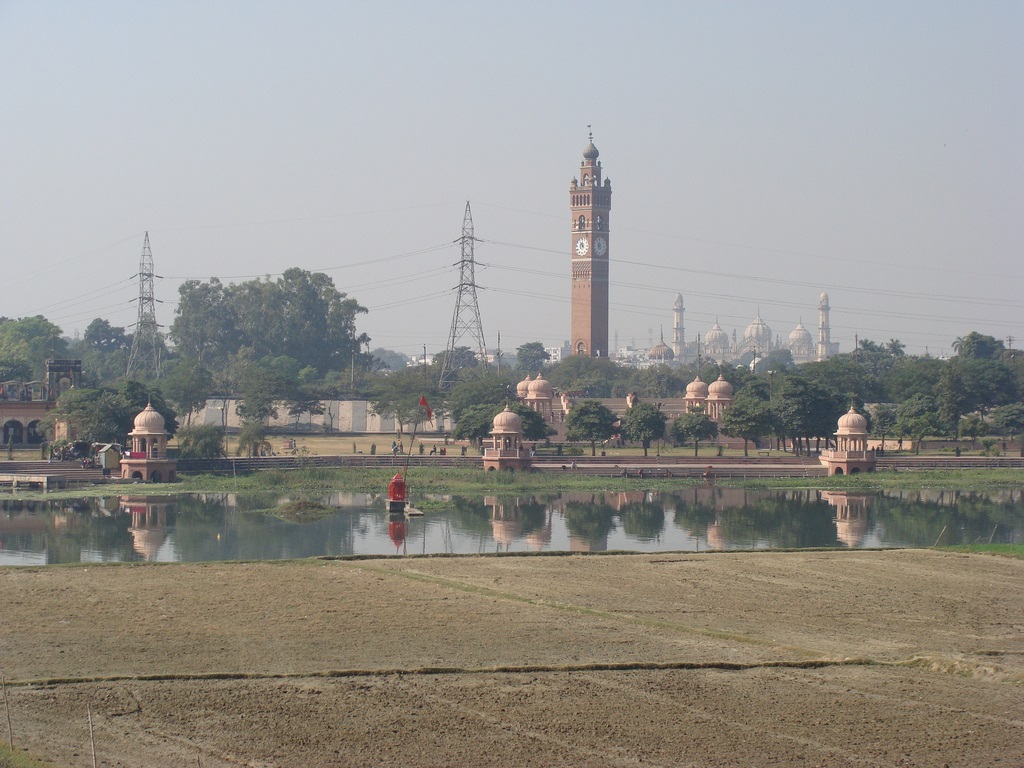
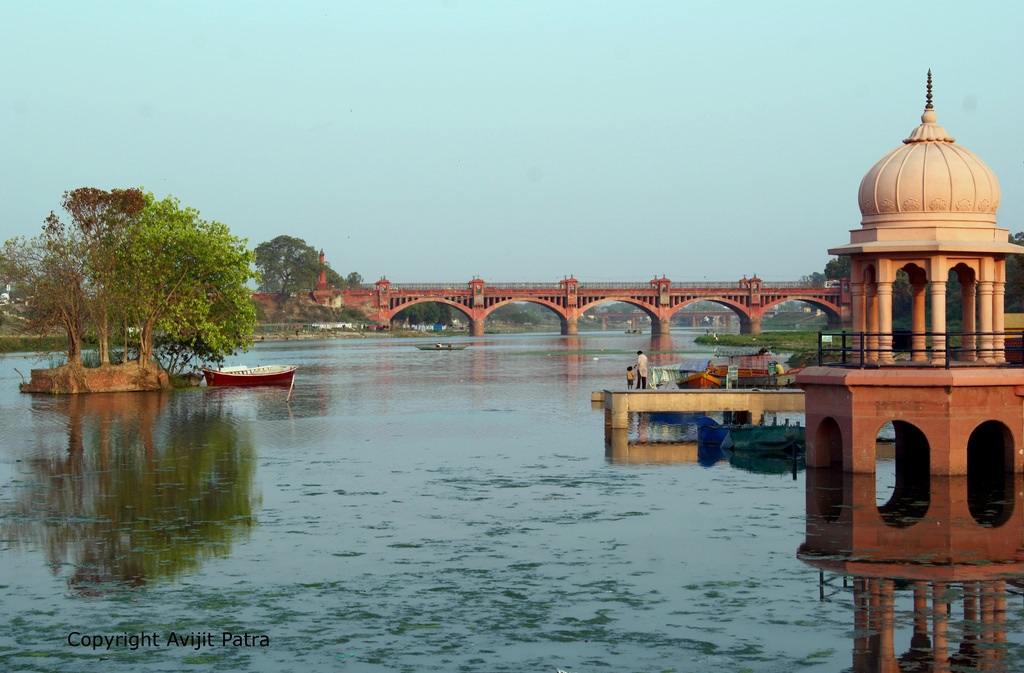
Lucknow (pronunciado (pronunciado /ˈlʌknaʊ/; /ˈlʌknaʊ/; Hindi: लखनऊ, Urdu: لکھنؤ, Lakhnaū,) (escuchar)) es la capital del estado de Uttar Pradesh en la India. Lucknow es la sede administrativa del Distrito de Lucknow. En el año 2001 su población era de 2.207.340 habitantes lo que la convierte en la segunda ciudad en tamaño de todo el estado después de Kanpur. En la ciudad se hablan tanto el hindi como el urdú, aunque este último idioma ha sido desde siempre el más utilizado.
Ubicado en lo que se conoce históricamente como la región de Awadh (Oudh), Lucknow ha sido siempre una ciudad multicultural. Lucknow es popularmente conocida como la Ciudad de los Nawabs. También es conocida como la Ciudad Dorada del Este, Shiraz-i-Hind y la Constantinopla de la India. El All India Kisan Sabha (AIKS) se formó en la sesión de Lucknow del Congreso Nacional Indio el 11 de abril de 1936 con el líder nacionalista Swami Saraswati Sahajanand elegido como su primer presidente, a fin de movilizar las quejas de los campesinos contra el sistema tributario impuesto por los británicos, y por lo tanto provocando el movimiento de los agricultores en la India.
Lucknow tiene el primer banco de ADN humano de Asia. Este es el segundo banco del mundo con sistema de identificación de ADN (DIS) y se ha establecido en el parque de biotecnología en el marco del partenariado público privado con IQRA Servicios biotecnología. Hoy en día, Lucknow es una ciudad vibrante que es testigo de un auge económico y se encuentra entre las diez ciudades de más rápido crecimiento de la India.
Historia
Fundada en el siglo XIII, la ciudad no se desarrolló hasta que a partir del siglo XVIII los mogoles designaron un nawab para gobernar la región. Esta dinastía de nababs duró hasta la anexión del territorio por los británicos en 1856.
Hasta 1857 la ciudad fue escenario de sangrientos enfrentamientos a raíz de la revuelta de los cipayos. Lucknow estuvo asediada en primer lugar por las fuerzas rebeldes. No fue recuperada por los ingleses hasta marzo de 1858 después de una resistencia feroz.
http://es.wikipedia.org/wiki/Lucknow
http://en.wikipedia.org/wiki/Lucknow
Pinche para ver las Fuentes seleccionadas
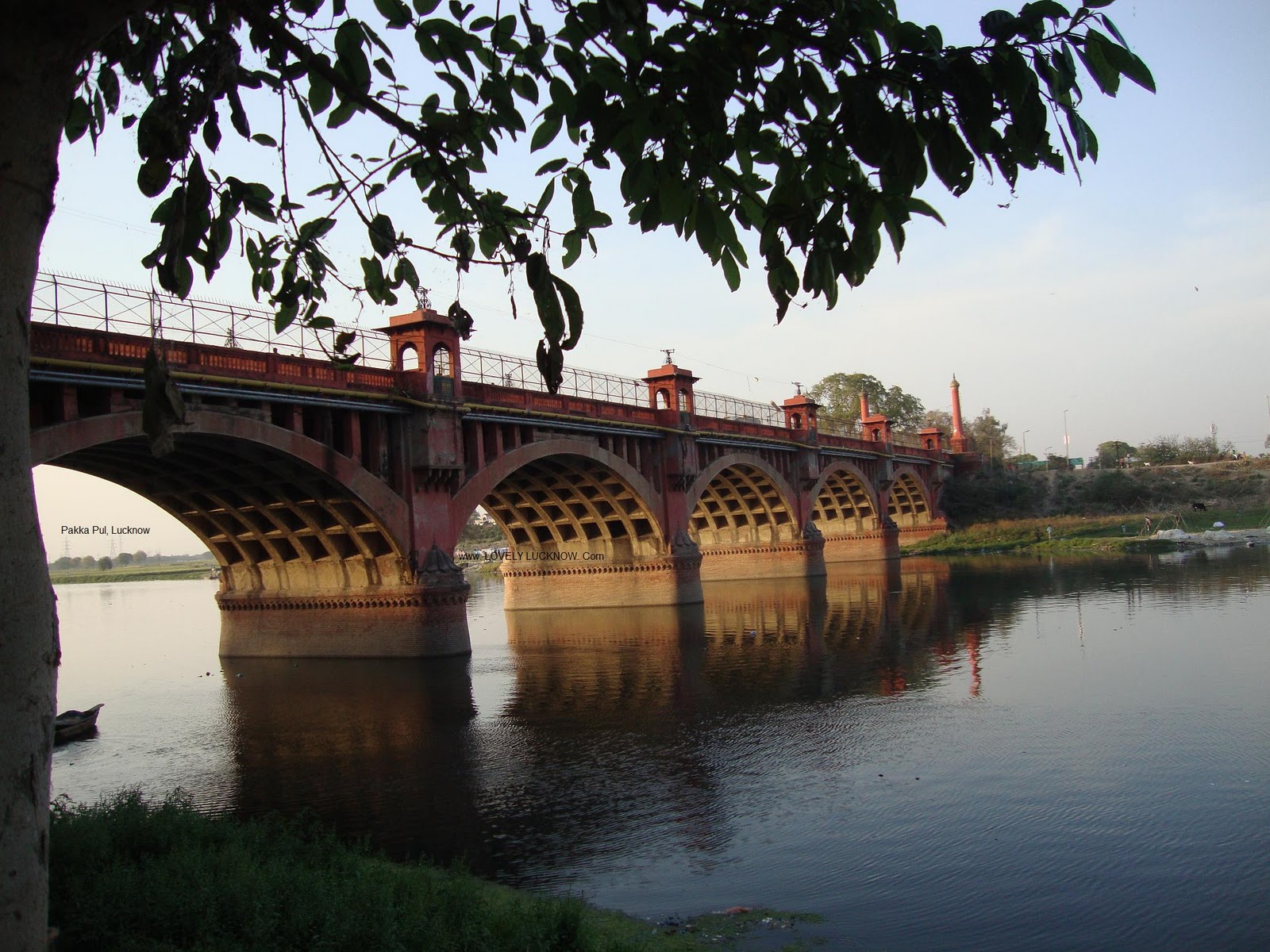
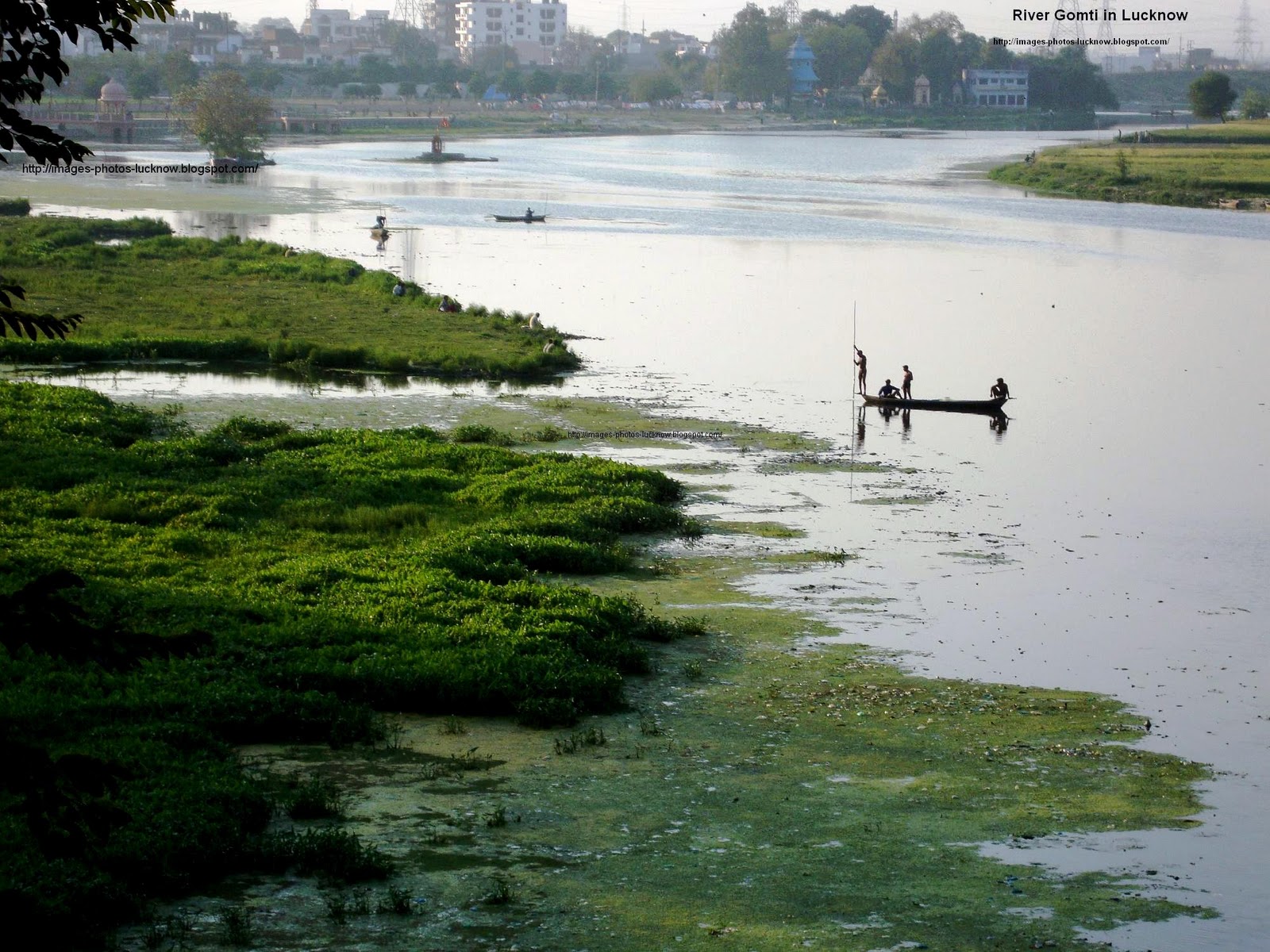
Vídeo:
Web recomendada: http://lucknow.nic.in/
Contador: 7917
Inserción: 2015-05-02 18:09:24
Lugares a visitar en un radio de 100 km (en línea recta)
Mapa de los lugares a 100 km (en línea recta)
Mostrando Registros desde el 1 hasta el 0 de un total de 0
Visitas |
Más visitados Basílica de San Marcos 154470 Catedral de Notre Dame (París) 143787 Torre de Pisa 131209 Monte Saint-Michel 100342 Presa de las Tres Gargantas 80813 |
Incorporaciones |
Comentarios hazola Cúpula de la Roca gracias me... gera Buenos Aires las mejores fotos de la mejor ciudad del... Daniel M. - BRASIL San Francisco ... PEQUE Presa Chicoasén SERA QUE ALGUIEN ME PUEDE DAR MAS INFORMACIÓN DE ESTE PROYECTO ESTUDIO EN LA UNACH Y ES PARA UN... Mery Huaca Pucllana Muy interesante, muy buena la información y... |
 Tweet
Tweet


